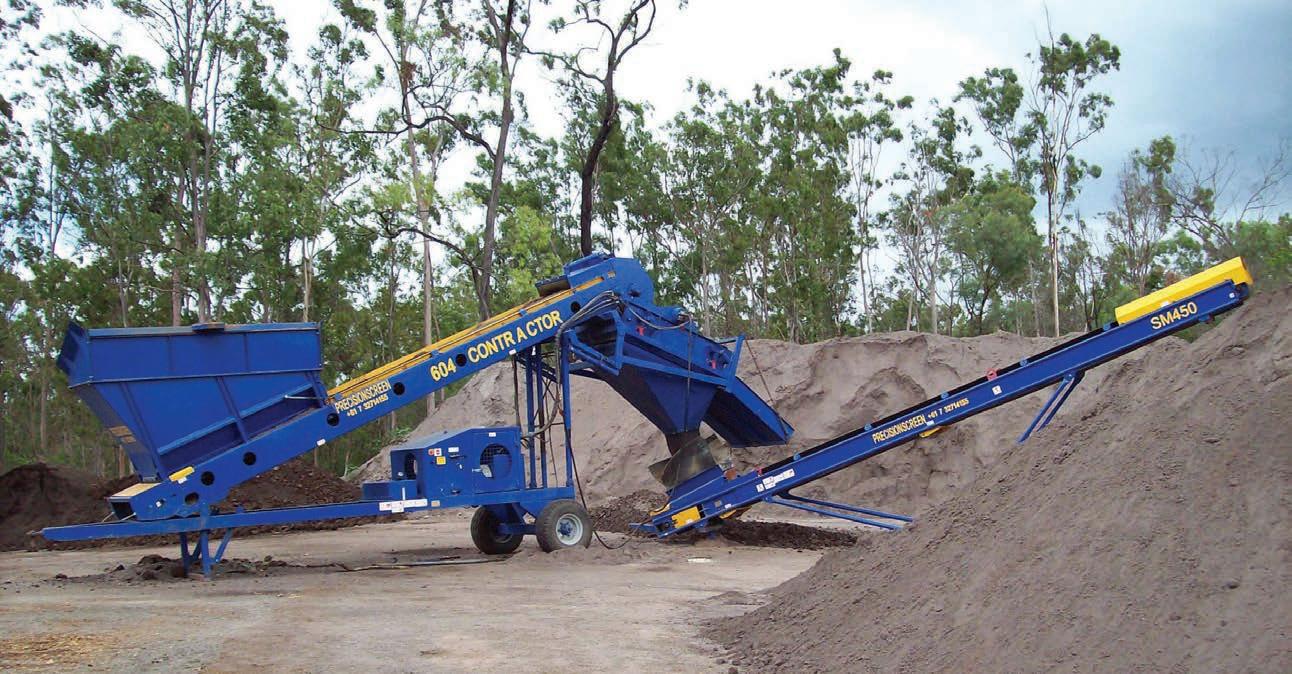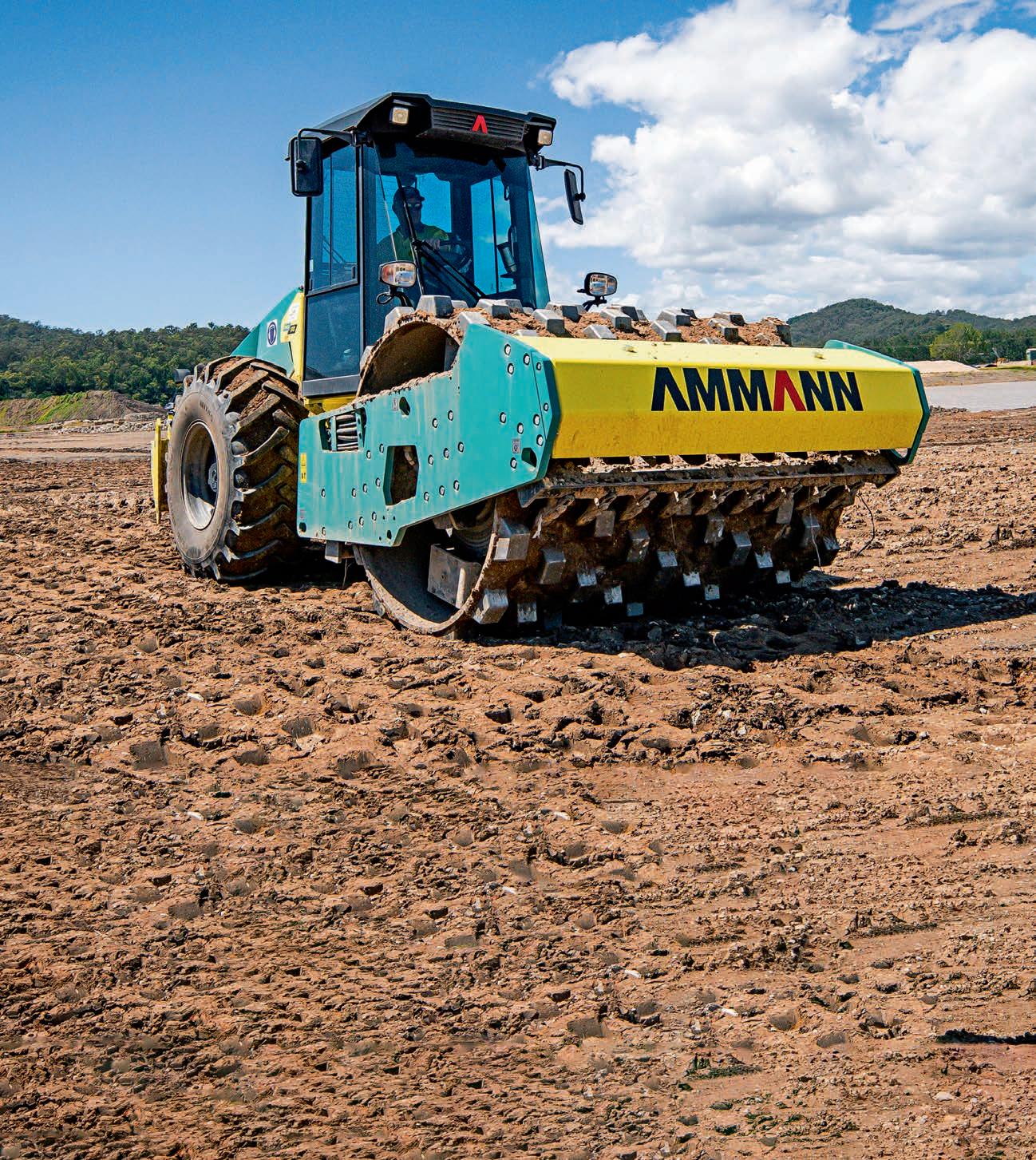







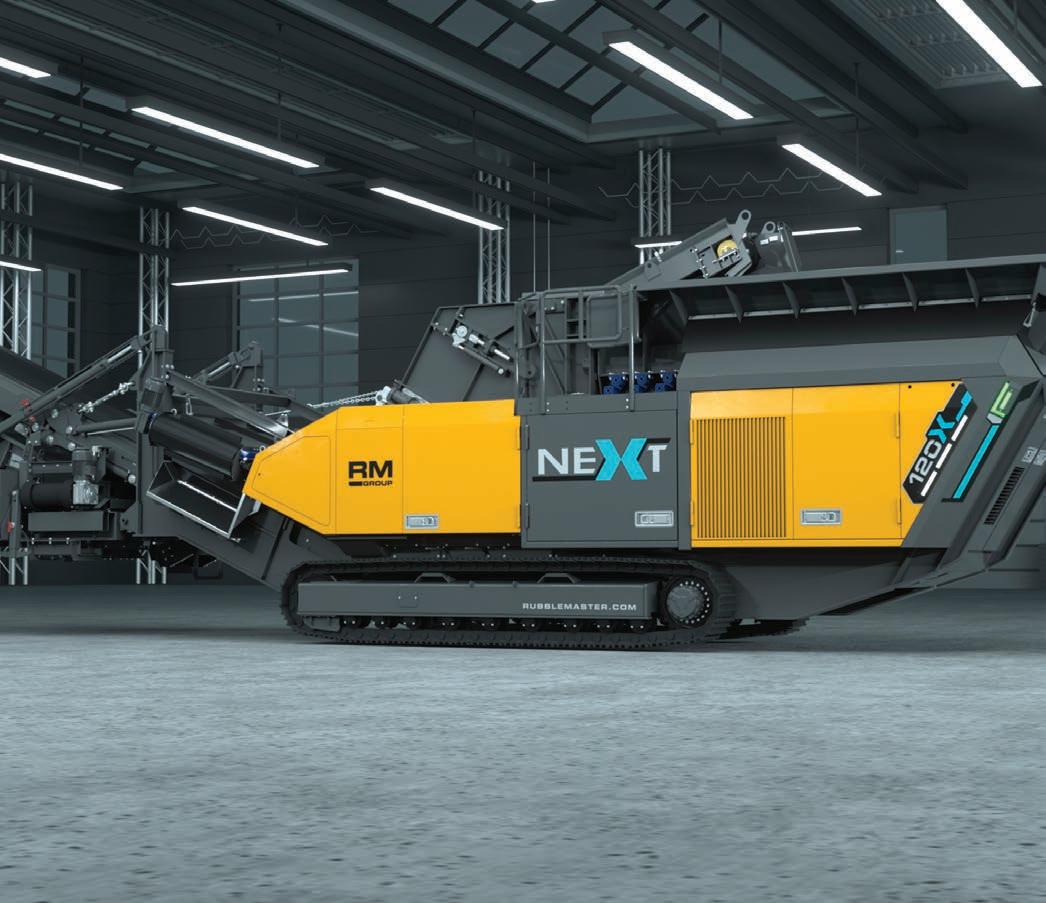




















In this issue, FAE announces the release of three new shredders, RDO Equipment to relocate Toowoomba workshop, Volvo Construction Equipment invests in electric hauler range, Thwaites displays electric dumper, Position Partners awarded Rajant Kinetic Mesh premium partner status, Kennards Hire acquires Top End Access Hire, Trimble researches autonomous construction site technology, Engcon tiltrotator system made available for Doosan excavator, ASV unveils new mulcher range, Position Partners opens new Rockhampton branch, CIFA launches new electric cement pump, SA survey shows appetite for shorter work week , UNSW Sydney invents hybrid engine retrofit system , NSW government releases new construction industry Bills, NSW undertakes new pothole fixing trial , website launches to tackle workplace harrassment , wall-building trial utilises used construction machine tyres, TAFE Queensland awards recognise construction industry apprentices 6–14, 48–65

Batchfield Resources increases handling capabilities with a new Cat 994K from Hastings Deering


Ascot Demolition relies on crushing and screening equipment from MSC to handle the load

With a busy business handling large volumes of construction and earthmoving waste on the Gold Coast, JGI Quarry’s relationship with Porter Group ensures that its equipment is up to the task




FAE’s new RPL/SSL, RPM/SSL and RWM/ SSL shredders work with skid steers between 60 horsepower (45kW) and 120hp (89kW) and add further depth to FAE’s construction range.
The units are based on cold planer technology, FAE says, where the road’s surface is scraped and cut by the impact of special teeth that are attached to the rotor.
It also has a layout that is specifically designed to increase performance and reduce vibration.
The RPL/SSL and RPM/SSL models are primarily designed for surface preparation before resurfacing roads with new asphalt or concrete, or to simplify excavation operations.
The RWM/SSL model, equipped with a disc rotor, aims to ensure targeted
excavations for laying electrical, water, gas and fibre optic conduits.
Many of these uses will apply to farmers, in addition to the primary target market of construction workers.
The RPL/SSL works with 60–120hp skid steers, can mill up to seven inches (18cm) deep and is available in 45cm, 60cm and 75cm widths.
The RPM/SSL is designed for skid steers between 75–120hp, can work area up to 10 inches (25cm) deep and 24 inches (61cm) wide.
Both models have self-levelling skids and tilt to ensure optimal results, including on uneven surfaces.

They are designed for ‘plug and play’ pairing with leading skid steers and have a high-visibility design to ensure no visual interference from the cabin.
FAE’s other model – the RWM/SSL –is compatible with 75–120hp skid steers and can create channels up to 20 inches (51cm) deep and with modular widths of three, four or five inches (7.5–13cm).
The depth indicator allows precise depth management and self-levelling penetration skids allow the working depth to be kept constant.
It also has ‘plug and play’ compatibility with leading skid steers and include teeth specifically designed for concrete and asphalt road surfaces.
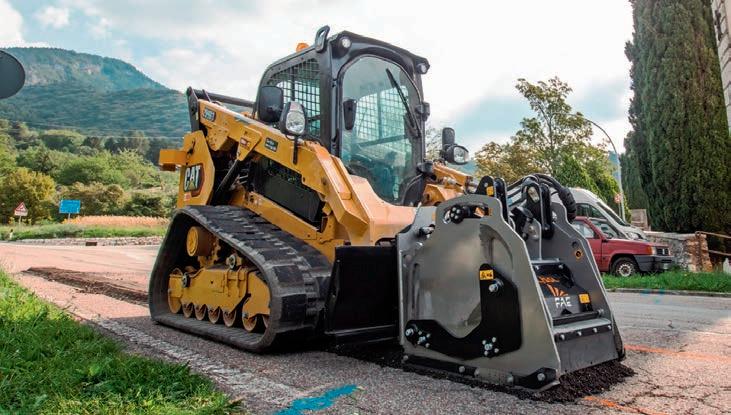
The manufacturer says the range will become available in 2023.
Construction on the new facility will commence by the end of the year, with completion expected by early 2024.
RDO Equipment, the distributor for brands such as John Deere and Vermeer, says the development is part of the company’s strategy to provide world-class
facilities across key regional locations, with Toowoomba earmarked as a pivotal location within regional southeast Queensland.
The dealership will hold a range of construction, agriculture, turf and utility equipment.
“We’re extremely excited to be building a new state-of-the-art workshop and dealership in this key distribution hub,” RDO Equipment chief executive Phil Canning says.
“Our new location in the Aatlis Precinct, with large, modern facilities and conveniently situated for surface and air transport, will place us in an optimal position to continue to offer our customers the service they need now and well into the future.”
The new building will also house support staff that are currently located away from the branch, with RDO Equipment saying around 50 of its employees are based in Toowoomba.
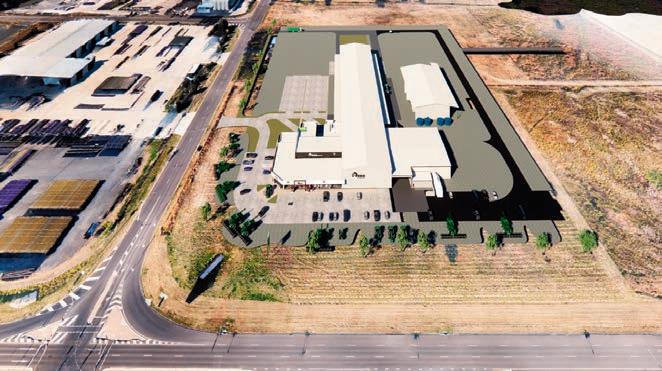
“We’re very pleased to have attracted such a significant national business like RDO Equipment,” FKG Group manager –development Jack Gardner says.
“This contributes to the creation of continued growth and job opportunities for the region.”
announces release of three new asphalt shreddersRDO Equipment is set to move its Toowoomba workshop to a new state-of-the-art facility The three new shredders will be available from next year An artist’s impression of the new RDO Equipment Toowoomba dealership to be based in the Aatlis Precinct, expected to be completed by early 2024 RELOCATION
Volvo Construction Equipment has announced that it will invest approximately A$50 million into its production facility in Braas, Sweden.

The investment will see the factory developed between now and 2027 in order to produce a larger range of articulated haulers with varying powertrain types to reflect the shift in demand towards more sustainable power sources for equipment.
Production capacity at the Braas plant will also be extended to broaden the range moving forward, with the addition of new buildings and equipment to the 45,000 square metre site.
Volvo CE says investment will be made in automation and ergonomics as well, to both reduce the need for employees to engage in repetitive tasks and create safe working environments.
The decision to invest in the Braas facility was made by Volvo’s board of directors and forms part of the company’s long-term focus in driving
industry transformation to combat climate change.
Volvo CE has built a prototype of the world’s first articulated hauler powered by hydrogen fuel cells – the Volvo HX04 – which Is the focus of testing at the moment.
Braas site manager Jonas Lakhall says the investment will benefit Volvo, its customers and the climate.
“The transport and construction industry is undergoing a transformation with, among other things, an increasing number of electrified vehicles,” Lakhall says.
“This investment will enable us to adapt and extend our production facility so that we can offer a broader range of machines – with different powertrains –to our customers and help them meet their emission reduction ambitions.”
DUMP TRUCK
UK manufacturer Thwaites showed off a new electric three-tonne dumper at bauma 2022
Thwaites displayed an advanced concept machine and says a version will be made available to the market in 2023.
Earthmoving Equipment Australia is the Australian distributor for the brand.

“As the demand for cleaner alternative fuel sources grows, we are keen to ensure we offer a quality product that delivers for our customers, their clients and the environment,” Thwaites general sales manager Andy Sabin says.
Four 5.75kWh lithium-ion (dry-cell) batteries, operating at 48V, are fitted.
The electric drive dumper has a similar unladen weight when compared to the diesel/hydrostatic version. The main battery pack and driveline components now sit low in the rear chassis, lowering the centre of gravity when compared to the hydrostatic drive machine, further improving machine stability.
Critically, the battery pack will complete a full eight-hour shift of normal site operation from a single charge.
The standard on-board 3.4kW battery charger can charge the pack fully in eight hours. Optional off-board chargers rated at 7kW (single-phase) and 22kW (threephase) have charge times of four hours and two hours respectively.
“Available for both the UK and export market, the machine will provide for the rental market, a cleaner, quieter, alternative, giving contractors options to use the machine in more urban refurbishment settings,” Sabin says.
“In addition, the new all-electric dumper is compliant with the growing number of authorities and bodies that operate low emission zones.”

Volvo CE is investing heavily in electric construction technologyVolvo Construction Equipment is focusing on expanding its electric hauler range ELECTRIFICATION
Position Partners has announced an upgrade to Premium Partner status by industrial mobile network communication provider Rajant. The agreement will see Position Partners continue to grow the reach of Rajant Kinetic Mesh solutions across Australia, New Zealand and Southeast Asia for mining and other industrial sectors.
“The Position Partners team has been highly engaged with Rajant solutions since joining the partner program in 2019, winning Fastest Growing New Partner at our Australian summit in 2021,” Rajant APAC sales director Troy McKay says.

“We’re delighted to announce their achievement of top tier distributor status and look forward to working together for the benefit of mining customers throughout the region.”
Position Partners has successfully deployed Rajant Kinetic Mesh solutions for customers in the Pilbara, Bowen Basin and Hunter Valley. With a commitment to providing reliable, fully mobile wireless communications in the most challenging industrial environments, Rajant Kinetic Mesh solutions are designed to meet requirements for mobility, speed, ruggedness and operational complexity.
“Rajant solutions are renowned for their reliability and ability to support the latest developments in Internet of Things, machine-to-machine communication and autonomy,” Position Partners’ mining business manager Andrew Granger says.
“We’re honoured to be awarded premium status for Rajant solutions. With our 350-strong team, diverse skill set to deploy a wide range of machine and operational technology platforms and backed by local Rajant experts Madison Technologies, we are well placed to support customers with any network requirements.”
This is the first Access-specific branch for Kennards Hire
An Australian family-owned and operated equipment hire company, Kennards Hire’s new branch will provide an extensive range of height and lift solutions equipment, ranging from forklifts to telehandlers. It is also home to the largest boom lift available in Australia.
“Kennards Hire is excited to be carrying on an already amazing legacy started in Darwin by Top End Access Hire,” Kennards Hire area manager Trent Torrens says.

“We’re lucky to have the experienced staff from their team join us to continue the great experience and service customers are used to.
“This is the first Access-specific branch for Kennards Hire and its specialised equipment range will cater to the growing infrastructure developments and needs in the Northern Territory.
“The availability of the 180ft Genie boom lift is industry-changing. We’re
confident this will be a very soughtafter piece of kit.”
Torrens, who has over 12 years of experience working with Kennards Hire and over 30 years within the hire industry joins the team alongside branch manager Lisa Bretherton, assistant branch manager Wally Drescher, mechanic Dave Whelan and drivers John Bretherton and Patrick Bretherton. The team is also lucky to have live-in mascot, Ava, a five-month-old Great Dane puppy, owned by Lisa Bretherton.
Having entered the Northern Territory market in 2011, the company’s latest acquisition expands Kennards Hire’s ever-growing network to five branches across the region and will support the growing population and construction activity anticipated over the coming years in the Top End.
The new branch is located at 898 Stuart Highway, Pinelands, Northern Territory, 0829.

Trimble and Exyn Technologies, a developer of autonomous robotics, have announced a collaboration to explore the use of autonomous construction surveying technology.
The solution will integrate Boston Dynamics’ Spot robot, the ExynPak powered by ExynAI and the Trimble X7 total station.
“The integration of autonomous surveying technology into a construction workflow has groundbreaking potential,” Trimble vice president of technology innovation Aviad Almagor says.
“It can improve operational efficiency and transparency throughout the build lifecycle while also transforming worker safety for potentially hazardous data collection.”
The robot can sense and avoid obstacles, with the ExynPak supporting level 4 autonomous exploration missions without requiring the robot to ‘learn’ about its environment beforehand. A surveyor simply defines a 3D volume for a mission and the integrated robotic solution handles the complexities of self-navigation without needing a map, GPS or wireless infrastructure.
The integration of the Trimble X7 provides high-speed, highaccuracy 3D laser scanning to capture the state of the environment. The captured data can be uploaded
to the Trimble Connect collaboration platform and shared as a map with project stakeholders for further analysis, including a comparison to Building Information Models and previous scans to monitor quality and progress.
In a separate collaboration, Trimble and printer manufacturer HP are integrating Trimble’s latest robotic total station with HP’s new SitePrint robotic layout solution to autonomously undertake the layout process for indoor construction projects.

The two companies say this autonomous solution will help address the shortage of skilled workers in the construction industry, delivering an autonomous layout workflow faster than

traditional methods. Augmenting the contractors’ work, SitePrint can avoid obstacles and print lines and complex objects with pinpoint accuracy and consistent repeatability. In addition, text printing capabilities bring additional data from the digital model to the construction site to prevent errors.
“The integration of Trimble Ri and HP SitePrint can transform the layout process on complex construction sites with pinpoint accuracy, and in a fraction of the time,” Almagor says.
“This is an opportunity for layout contractors to improve accuracy and productivity and handle more projects with the same size of team.”
HP vice president and general manager of large format printing Daniel Martínez adds: “Technology adoption and increased digitisation can help construction firms bridge this productivity gap.
“HP has played a key role in bridging digital and physical worlds with print solutions for architects and engineers over the last 30 years. With the integration between HP SitePrint and Trimble Ri, we can make it easier than ever for layout professionals to bring an idea to life on site, while also enabling increased digitisation of the construction industry as a whole.”
The Trimble and HP collaboration is looking to produce an autonomous solution for site layout




Engcon’s third generation tiltrotator system will be introduced in Doosan’s new DX225LC-7X excavator.
The DX225LC-7X was unveiled by Doosan in August of this year and is a fully-electric hydraulic excavator that features a factory provided 2D machine control and the latest technology from Doosan.
As part of the tech offering, the machine is also Engcon Ready, meaning it can easily be equipped with the MIG2 Grips and third generation control system DC3.
Engcon’s DC3 system and machine controllers interact via controller area network (CAN), which allows for data to be exchanged between the two systems at high speeds, meaning a deeply integrated solution is available to the operator.
Engcon control system product owner Fredrik Eklind says the collaborative system will result in higher productivity and flexibility for users.
“The deep integration allows Engcon and Doosan to create a better operator experience,” Eklind says.

“It allows the operator to get an overview and configure the functions of the MIG2 Grips directly in the Doosan machine display.
“The high accuracy Engcon rotation and tilt sensors are also directly integrated with the Doosan semi-automatic machine control solution, weighing and assist features without the need for a third-party sensor installed in the attachment, making it truly integrated with the machine.”
Stephanie Dieu from Doosan Europe’s excavator division says the manufacturer is glad to partner with Engcon and says it will lead to shortened lead times when in operation.
“With the technologies combined the customer can see both improved productivity and flexibility. Shortening lead times is something that both Engcon and Doosan have been working on over many years, and with the DX225LC-7X being Engcon Ready the upgrade is quicker than ever.”
ASV has unveiled its latest line up of high-performance mulchers
The updated mulchers, which were part of a larger line up announcement that also included snow attachments and a six-way dozer blade, were unveiled to the public at the Equip Exposition in Kentucky in October.
ASV says the mulchers are compatible with its Max-Series RT135F and RT75HD posi-track loaders but are able to be fitted on other major brands’ track loader models.
ASV attachments product manager Frank Gangi says the updated mulcher models are designed for year-round performance.
“These new attachments allow operators to seamlessly transition from dirt and landscaping work in the summer to snow clearing in the winter,” Gangi says.
“Our machines are designed for all seasons and conditions and that includes our attachments.”
The new mulcher attachments are offered in a standard drum or depth control series for both the RT-135F and RT-75HD.
The standard drum can be used
ASV’s new mulcher attachment range is suitable for all conditions
across most applications and features carbide teeth, while the drum’s heavyduty frame makes it the best option for operators requiring a versatile mulcher suitable for all conditions.
The depth control series is outfitted with knives that are better suited for fibrous vegetation applications. The depth control technology on these mulchers allows the machine to process the tough material in a single pass and create a consistent bite for a clean, finished look.
When used with the RT-135F and RT-75HD loaders, the new mulcher attachments help achieve maximum power and productivity, ASV says. The plug-and-play nature of the mulchers means they can be productive in applications such as forestry mulching, land clearing, trail development and right-of-way work.
A release date for the mulchers in Australia is not yet known.
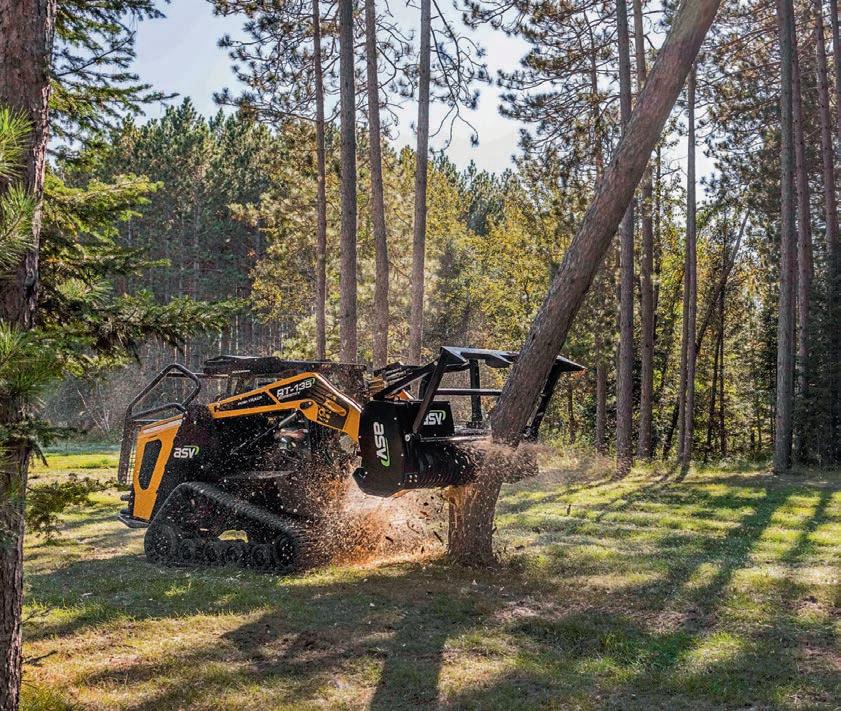


























































































































































Position Partners has opened a new branch in Rockhampton
The new base will support the building construction, civil, mining and survey sectors in the region with access to local sales and support.
Position Partners’ new Rockhampton facility follows the opening of another branch in Townsville in May this year. Together, the two branches have made a commitment to supporting customers throughout the state.

“Our customers are based and/ or win work throughout the state of Queensland, so we are committed to being there to support them whenever and wherever they need us to be,”
Position Partners Queensland regional manager Harry Katsanevas says.
“There’s a strong pipeline of work in the central and northern areas of the state, and with bases now in Brisbane, Townsville and Rockhampton we’re ready to help customers with leading technology backed by great service.”
Position Partners specialises in the distribution and support of positioning and machine control technology across the earthmoving, mining and civil construction sectors. Its systems help surveyors and engineers make more accurate designs.
David Irons, who has recently joined Position Partners and is based in Rockhampton, is optimistic about how fleet management systems, high precision machine guidance, Rajant Kinetic Mesh networks and other platforms and technology such as survey drones can be used in the region.
““I’m looking forward to growing the business in the local area – Position Partners has some unique and powerful and a large, experienced support and services team,” he says.
Concrete systems manufacturer CIFA showcased its new K42E truck pump at bauma, the latest in its fully electric range of concrete machines.

“The Energya brand has been a revolution for the sector ever since its launch in 2013, presaging such current concerns as the importance of electrification for sustainability, automation and connectivity,” CIFA CEO Davide Cipolla says.
“Indeed, these have become prerogatives for all CIFA machines – by using the digitisation of management systems and remote monitoring (CIFA Vista). We are proud to have been pioneers in a traditional sector such as the concrete industry, which is becoming aware of the need to change and adapt in an evolving global situation.
“The concrete sector has three approaches to achieve the objectives of the 2030 Agenda: the introduction of low-impact materials and processes, durability of the equipment and the reduction of CO2 emissions on site. CIFA has been on the right track for many years and has taken a further step forward with Energya K42E.”
Energya K42E is a powerful truck pump that can operate in full electric mode without compromising
performance. The boom extends for up to 42 metres and consists of five sections, with the last two made from carbon fibre to reduce the machine’s weight.
The K42E system uses a 30 Amp Hour cell battery pack to power two Rexroth electric motors, the first of which drives the hydraulic pump to move the boom and open the outriggers while the second drives the pumping unit (with a closed circuit and maximum capacity of 160 cubic metres/hour at 80 bar) and other services.
If the job requires higher performance than the batteries can provide, the new Energya pump can be connected directly to an electrical outlet on site. The system will then cut out the batteries and power the electric motors directly (a 40-metre power cable is included).
This means the system will continue to operate with the diesel engine of the truck switched off and therefore without emitting exhaust gas and noise. In the case of a complete lack of electrical sources, an emergency system allows you to connect the K42E to the truck’s power take-offs and therefore use the engine to complete the work and close the boom and outriggers.
Carved by a lifetime of hard work, Rokbak articulated haulers are built to perform. Day after day. Decade after decade. From the heat of the desert to the cold of the arctic, you can rely on Rokbak.

Contact your local dealer for more information.


Hydraulic Steels Australia already boasts the largest range of hydraulic steels in the country, but the grand opening of its new headquarters in Brisbane is set to catapult the business to even bigger heights.
While the new facility has been operating since late 2020, it was formally christened on October 14 this year, opening its doors to valued customers and business partners.
The company specialises in supplying the hydraulic cylinder repair and hydraulic cylinder manufacturing industries. Steels used are suitable for most types of hydraulic applications and are compatible with most original equipment manufacturer (OEM) machines in sectors including earthmoving, construction, mining and agriculture.
The new facility, located on Ashover Road, Rocklea, in Brisbane’s south, features over 4,000 square metres of warehousing, 12 bandsaws and, in founder and managing director Stephen Holt’s words: “15 of the most wonderful hardworking and resilient staff members.
“The move to Ashover Road was a real team shift but it has now become a large operation. And here we are today with operations both in Brisbane and Melbourne.
“It has certainly been a steep climb, but it has also been extremely rewarding.”
The warehouse at Hydraulic Steels features a large range of chrome
plated steel bars for the hydraulic sector, including medium to high tensile and induction hardened steel. A range of honed and unhoned cylinder tubes, CDS line tubes and special hydraulic steels are also available including a range of hollow bar, bright bar and 4140HT.
Hydraulic Steels is the exclusive distributor for Cromax bars and tubes in Australia and New Zealand, which are developed by European steel manufacturer Ovako.
The vision for Hydraulic Steels began in 2007 when Mr Holt – then working for a different local metals company – envisaged a landscape where a specialised company could offer chrome bar and precision
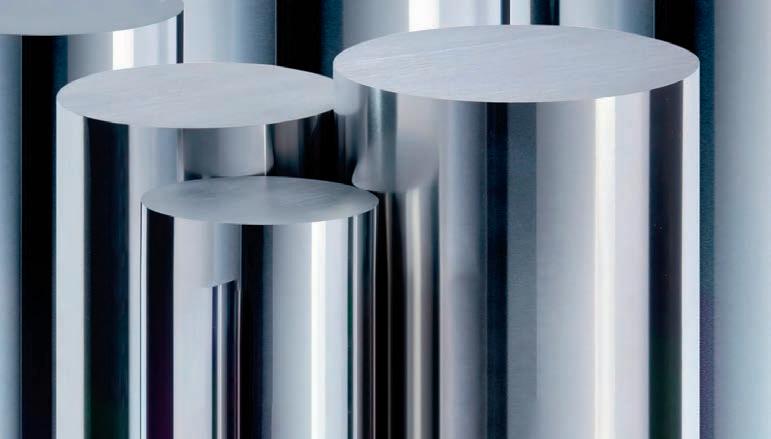
steel tubes businesses operating particularly with hydraulics.
“The response at the time was ‘why would you do that... that will make you go broke’,” he says.
But Mr Holt held to his beliefs, he and his wife Terea brought the dream to life after trading various steels in the early 2010s enough capital was raised for the idea of stocking chrome bar and chrome tubing, and it slowly began coming to fruition.
Hydraulic Steels’ formative years were confined to a corner of a warehouse belonging to another local business where Mr Holt stocked one rack of hardened chrome. While small in stature, the business began supplying local customers with specialised chrome bars for hydraulics.
The coming years saw Hydraulic Steels continue to grow, with more sizes in the stock range and an upgrade to its warehouse facility, which had moved to Randolph St in Rocklea. The facility featured 2,200 square metres of warehouse, four new bandsaws and a truck.
In 2019, the brand opened its first interstate facility, located in Dandenong South in Victoria.

A specialised warehousing system is helping Hydraulic Steels Australia provide top level service to its parts customersHydraulic Steels features Australia’s largest stock range of hydraulic steel bars Warehouse staff utilise Zebra scanner guns to locate and dispatch chrome bars quickly




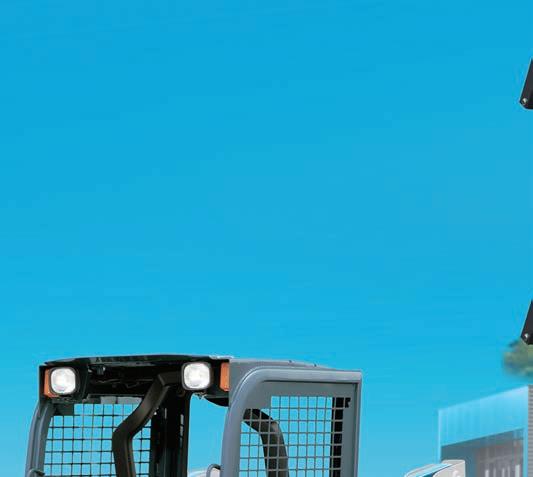

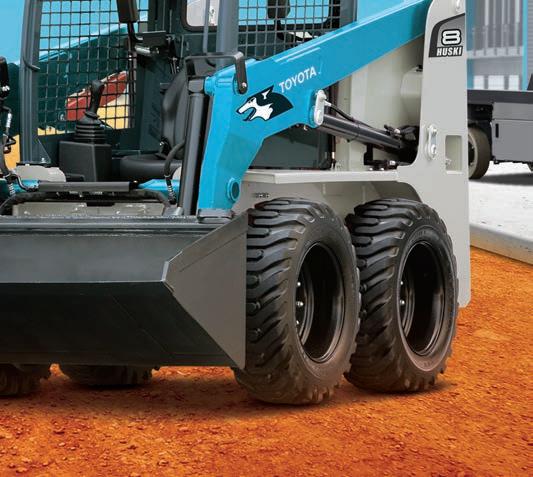

“The goal was to service customers in the southern and western states of Australia quicker,” Mr Holt recalls.
To minimise time between receiving and shipping orders, Hydraulic Steels has developed a specialised system that underpins much of the business’ recent success.

The RTP system makes it easier for customers to order chrome, tube and special other hydraulic steels, and easier for the workforce at Hydraulic Steels to source, cut and ship orders as required.
To do so, Hydraulic Steels has partnered with transportation and logistics solutions specialist Zebra to implement a fleet of scanning guns used by staff in the warehouse. The guns are capable of scanning QR codes, which are added to each bar of steel that passes through the warehouse.
“If you scan the code, we can know every item that is in each particular location in the warehouse. Behind that though, there is a lot of information as well,” developer Jeremy Ferrett says.
“We can see the purchase order it came in on, the certificates that are
attached to it. You can also do a lot of inventory management with these devices as well.
“It’s a good way of being able to make sure that we keep track of stock, know exactly where it is, and contributes to being able to fulfill orders and get stock out the door quickly.”
The RTP system was developed after Mr Holt and Mr Ferrett discussed implementing better digitations methods for the company and optimise business turnaround.
“We wanted to work out how we would deliver customer outcomes that were fast, accurate and with all of the traceability information that was required,” Mr Ferrett says.
“To meet the requirements of quick dispatch and fulfilment of orders, you’ve got to know where things are. Each of the users out in the warehouse have their own individual ID cards and PIN numbers, so we also know who has executed each task.”
Hydraulic Steels general manager Brock Nason, who joined the business in March 2020 and oversees the day-to-day operations, says the RTP system has helped improved the speed
of order fulfillment.
“Improving our systems was a big focus for us – customer orders, purchasing, procurement, inventory, ordering, fulfilment, dispatch – and we want to provide real time feedback to our customers and give our team proper inventory data which they have access to,” Mr Nason says.
“We have the ability to access this data 24 hours a day because it’s a cloud-based system. If a customer has internet access and a phone or a tablet, we can take an order.
“I believe it’s lifting Hydraulic Steels to new heights with this technology. It’s customised to our requirements and it’s an advantage over our competitors.”
As the business heads into the future, Mr Ferrett outlined greater business-to-business integration through a customer portal and a more streamlined supplier integration portal as two ways forward.
For more information on the range of chrome bars and other hydraulic steel, including Cromax, visit hydraulicsteels.com.au.



Improve your efficiency and move more for less with Volvo’s A45G Articulated Hauler. This machine features 100% off-road performance, proven Volvo technology, excellent fuel efficiency and increased payload - contributing to sustainable operations, year after year.






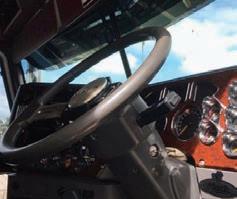


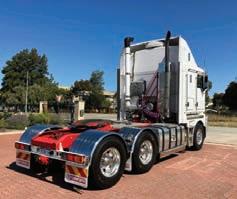
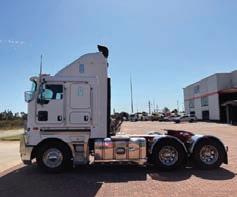
ITR’s Italian-made repair parts are synonymous with high quality – and they are available Australia-wide
ITR Pacific is part of the USCO ITR Group – the world’s largest aftermarket supplier of parts for earthmoving machinery.
With branches in Brisbane, Mackay, Sydney, Melbourne, Adelaide, Perth and Kalgoorlie, an extensive geographical footprint of warehousing and workshops in the Australian market and industry experts in each region, ITR Pacific can offer a superior customer experience across undercarriage, ground engaging
tools, repair parts, rubber tracks and tyres.
The unparalleled range held locally, and support from the Group, means ITR Pacific can confidently sell into all sectors of the Australian market, including mining, construction, plant hire, agricultural and forestry industries.
ITR Pacific carries a full range of parts across all main product categories for excavators, dozers, loaders, graders and scrapers.
USCO ITR is recognised as
an industry leader worldwide. Headquartered in Italy, all research, engineering, quality control and corporate affairs of the group are managed and controlled within this facility to deliver a high-quality and consistent product throughout the global supply chain.
Manufacturing facilities are located throughout Europe, South Korea, China and the United States to deliver the best value to ITR Group’s aftermarket and original equipment manufacturer (OEM) customers.
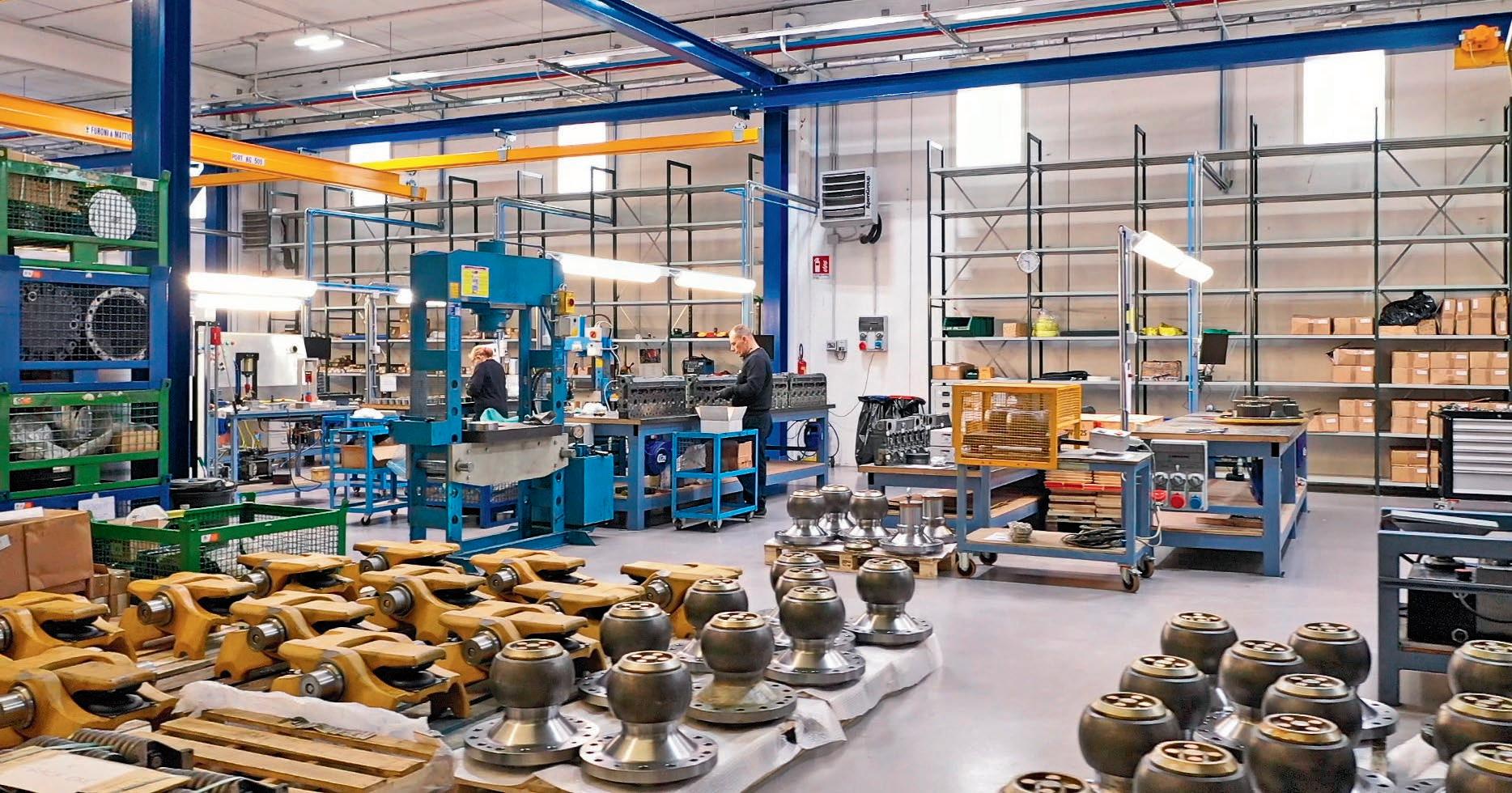
Distribution structures, established in barycentric positions with respect to the target markets, ensure widespread, efficient distribution of the ITR product range. Thus, optimised lead times and reduced logistics costs are a strategic part of the offer the Group proposes, from competitiveness through to aftersales service.
A wide range of aluminium loading ramps are available

Thanks to careful design, technological innovation and strict process controls, ITR repair parts have always been synonymous with high quality since 1989. The 100 per cent USCO ITR owned and controlled ITR Meccanica is the production centre for this product category.

Within ITR Meccanica’s 12,000 square metre facility are produced over 50,000-line items compatible with most makes of earthmoving machinery, including Caterpillar and Komatsu.
These include various types of gears (sprockets, hub gears, crown wheels and pinions), loader frame pins, bogies parts, brake callipers, equaliser bars, worm wheels,
suspension groups and track tensioning. However, the flagship line manufactured within ITR Meccanica is its gear pumps.
Producing 60,000 pumps each year, including oil and transmission pumps, high-pressure hydraulic pumps, water, and fuel transfer pumps, ITR has all your bases covered, no matter the size or brand of your machine.
ITR Meccanica prides itself on the high level of research and development, state-of-the-art equipment and strict quality control measures that it employs when producing its parts – which means that the end user can have confidence in the quality and durability of their pumps.
Every single pump produced by ITR Meccanica has a unique serial number that is linked to a technical sheet showing the tests conducted and technical specifications to provide transparency and accountability throughout the process.
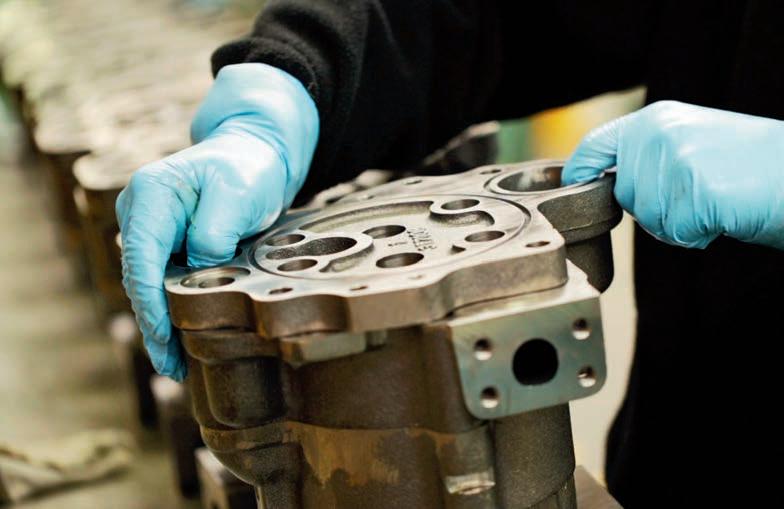
In addition to pumps, ITR Meccanica also produces an extensive range of frame and body components for all major brands, including Caterpillar, Komatsu, John Deere and Volvo.
From equaliser bars and track guides to trunnion caps and bearings, pins, bushes, wear strips, bearings and minor and major bogies – everything you need to replace original equipment manufacturer parts can all be found in one place. They are designed to provide extended life to a machine’s frame and ensure exceptional traction, even in the roughest of conditions.
Moving outside of the machines to their transport between sites, ITR Meccanica manufactures over 700 models of aluminium loading ramps, built for small to mediumsized mini excavators, compact machines and utility machines, both wheeled and tracked.
All ITR production facilities in Italy and abroad follow a stringent internal test procedure for their products. However, the Modena facilities conduct additional sample testing on its components from each site to ensure the highest possible quality control, managed by a highly qualified team using the most technologically advanced test equipment.
The well-established quality of its components has resulted in USCO ITR becoming partners with numerous OEMs for the supply of original spare parts.
For more information on the wide range of aftermarket parts available in Australia contact ITR Pacific on 1300 820 214 or visit the website at www.itrpacific.com.au
A new medium sized excavator and a tracked skid steer are both set to be added to the Sunward range, distributed by Lynfield Mini X.
The pair of machines will be added to the product line-up for the business, which is the distributor for Sunward products in Victoria, South Australia and Tasmania.
The new additions at Lynfield Mini are the results of the efforts of Lynfield manager Jayden Lynch, who was one of the half a million attendees at bauma 2022 last month, where he finally got the opportunity to meet and mingle with many of Sunward’s top brass from its European ranks.

And while the vast expanses of the Neue Messe München exhibition halls could never be a substitute for the home comforts of Altona North on Melbourne’s outer suburbs where Lynfield Mini X is found, Lynch says the chance to fly
to Germany and meet Sunward’s staff was a fantastic experience.
“Meeting the big bosses and the whole European edition was great. It was good to see how they are performing over there and obviously that will have a flow-on affect for their plans in Australia,” he tells Earthmovers & Excavators magazine.
“Germany has 17 Sunward dealers and there’s a lot more across Europe as well. In Europe, Sunward is kicking ass, so that’s really good for me.
“Bauma is huge. It is massive and it was a massive eye-opener for me.”
Part of Lynch’s bauma experience was seeing Sunward’s new 15-tonne excavator firsthand.
The SWE 155UF-2PB is Sunward’s first zero-swing excavator in its class and features a short radius, stand boom and two-piece boom. The
machine is compliant with European Stage V emissions standards and comes with a diesel particulate filter.
Sunward says the SWE 155UF-2PB is distinguished by its compactness, with a tail swing radius of 1,490mm and high stability. The machine is powered by a 90kW (120hp) 2,200rpm Cummins engine and hydraulics sourced from KYB.
Operators have the option of purchasing the excavator with different boom options – a standard boom, a monobloc boom or a twopiece boom and can be equipped with three different arms depending on user needs.
Sunward has also paid close attention to the cab, giving it a modern design with a larger interior space, next-gen touchscreen display, comfort seat, Sunward Smart Fleet remote troubleshooting system and a GPS system as standard.
Mini X is expanding its Sunward offering with a new 15-tonne excavator and skid steer joining the ranksThe Sunward SWE155UF excavator will soon be available

“It has all of the bells and whistles including a new electric keyless start. It also has a new dash that has a big 10-inch screen, which is cool,” Lynch says.
Fresh from its debut in Munich, Lynch says the 15-tonne excavator will arrive in Australia by early 2023.
Australians will also have the option of Sunward’s compact track loader offering in the form of the SWTL4538 skid steer.
Having dominated Sunward sales in Europe over the past year, the SWTL4538 has finally touched down in Australia, with units available now.
“We sold wheeled skid steer loaders, and they were a really big hit, but this is our first track loader,” Lynch says.
“The whole European market has first dibs of the Sunward product, so we had to wait a little while, but now we’re happy we can offer them in Australia.
“Having a wide range of machinery is great and, right now, stock levels are ready for customers. We have about 15–20 units ready and two containers arriving in late November. Up until Christmas, we have about 25 new units rolling in.”
Sunward says the SWTL4538
offers excellent performance with outstanding drawbar power thanks to the suspended undercarriage system and the tracks. The CTL thrives in rough terrains such as mulch, rock and dirt and is easily manoeuvrable in small spaces.
The track loader is powered by a Kubota engine that delivers 55.4kW (74hp) of power at 2,600rpm and also features 3,385kg of breakout force (bucket). At just 1,950mm wide and

This is Sunward’s first zero tail-swing excavator in its class
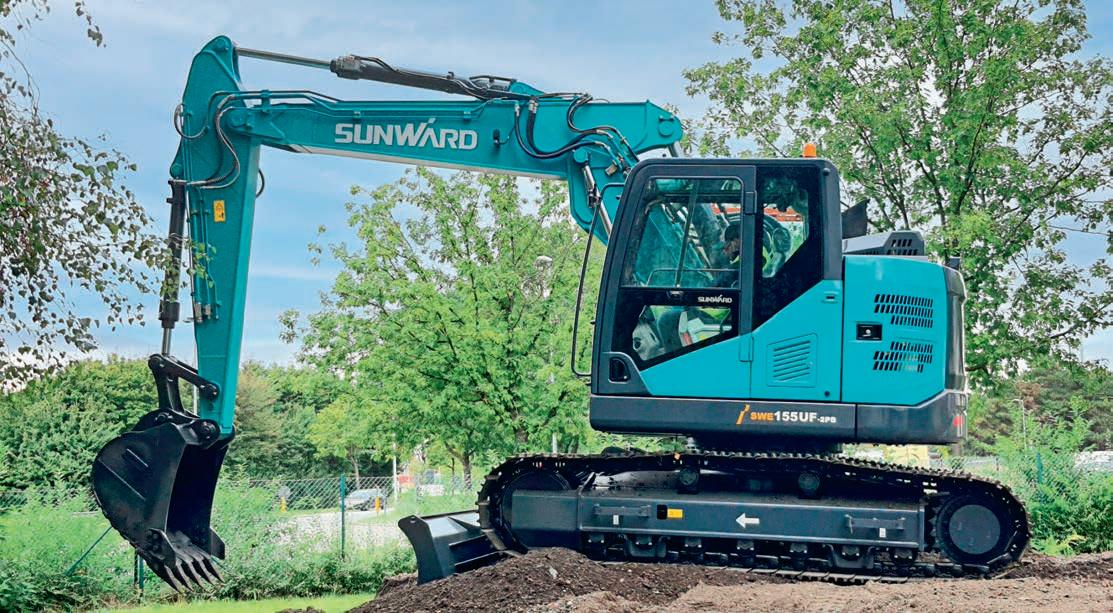
with a small lightweight frame, it can still be transported behind a small vehicle.
For more information about Lynfield Mini X and the Sunward machinery range visit www.lynfieldminix.com.au


With a busy business handling large volumes of construction and earthmoving waste on the Gold Coast, JGI Quarry ’s relationship with Porter Group ensures that its equipment is up to the task
Words Cat Fitzpatrick Images Warren AitkenLocated just off the M1 in the Gold Coast suburb of Oxenford, JGI Quarry is an earthworks supplier and recycler that accepts construction, demolition and other earthmoving waste material and converts it into new building products.

Having been operational for four years, the site is based on an old river stone quarry, so non-contaminated excavated material is also used to rehabilitate the old river stone extraction pit.
“Basically, we take soil, sands, fills, concrete and asphalt from earthworks and construction sites and recycle them into products for reuse as road bases, aggregates, sands, soils and Class A fills,” JGI quarry manager Dan Faux explains.
“It’s a good location that we are on for incoming materials from the Gold Coast, because it’s quite a trek up to Brisbane otherwise. There was just a bit of a hole in the area where there wasn’t anybody else servicing those needs.”
Alongside being a convenient waste disposal point for contractors, Faux says that the popularity of using recycled construction materials has also been increasing in recent years, partly due to changing specifications making these products easier to use, but also the possible cost savings.
“I’ve been recycling concrete for around 20 years, so I’ve definitely noticed that trend over the last four or five years,” he says.
“There’s been a shift in specifications with quarried material and recycled materials originally being classed as different substances, but they’ve combined them now, so JGI mainly exports road base and drainage aggregates from the site.”
On the quarry site is a range of machinery sourced from Porter Group – three HL770-9 wheel loaders, two HX350L excavators, various pieces of Sandvik crushing and screening equipment and a new Ammann ARS170 roller.
Faux, who has been working in the industry for decades and has worked his way through a fair amount of machinery in that time, is explicit that backup service and parts availability are key to his decisionmaking process when purchasing new machinery.
“There’s no point having a cheap machine if the dealer can’t service it or you can’t get parts for it – it’s worthless to you,” he explains.
“Can a dealer support the machines that they’re selling? That’s the key.”
Faux first contacted Porter Group to bring in a couple of HL770-9 wheel loaders – a machine that he has been a fan of for many years, having run a fleet of them at a previous employer.
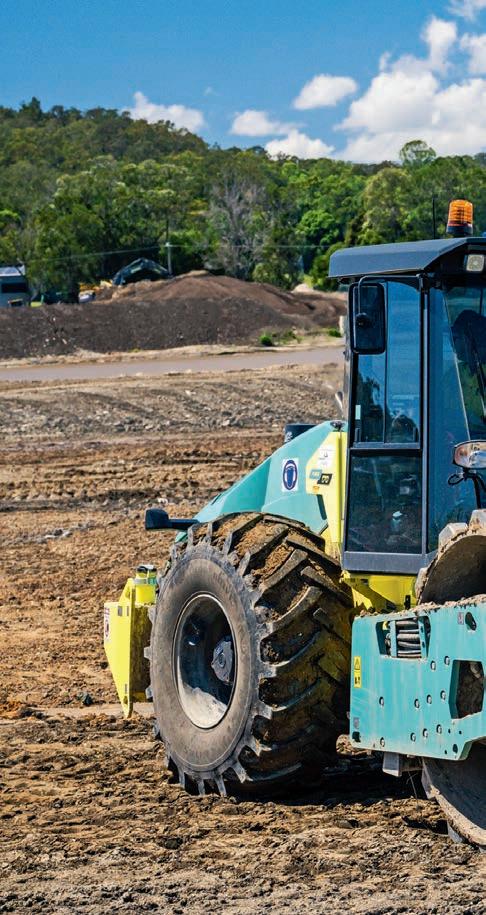
“I love my 770s, I think they’re fantastic,” he says.
“They’re cheaper, they move more tonnes, they give you way fewer headaches – why wouldn’t you buy them? To me, it’s just the right-sized machine.
“We get a lot of little landscape trucks and blokes with trucks and
trailers, so it’s not a case of putting a bigger loader in to move more and more tonnes of material coming into the site. There is a limit for us as to the practicality and size of a loader, so it’s important that they’re zippy for us and they’ve got good control.”
The three HL770-9s currently on site cover sales duties, stockpiling, feeding the crushing plant and loading trucks with the recycled material; with Faux saying he’s usually looking for a daily throughput of 2,500 tonnes.
“The 770 is a particularly goodsized machine. It’s small enough to still be zippy but big enough to still handle a pretty decent volume per day. Looking at the dollar-pertonne being moved per day it is more efficient when compared to other brands that I have run previously. They are a bit light for face duties on blasted quarry rock or unprepared ground, but other than that they can do everything else.
“I’ve had very few troubles with any of the ones I’ve owned. They’re
good on fuel, they’re comfortable, reasonably productive and the parts are quite cheap.
Porter Group supports them really well. They know those machines inside and out so, if there is an issue, they fault-find quickly. It’s also the little things, like the fact that they’ve got scales on already, so you don’t have to buy scales separately.”
Breaking down the larger pieces of construction and demolition waste delivered to the site and moving the stocks of soil and sand around are the two HX350L excavators, each fitted with either a pulveriser attachment or a bucket.

“One is crushing concrete down to remove the steel out of it in the recycling side of the operation,” Faux says.
“It’s a three and a half-tonne attachment, so the fact that these Hyundai machines can stand up to it is to their credit, they handle it quite well.
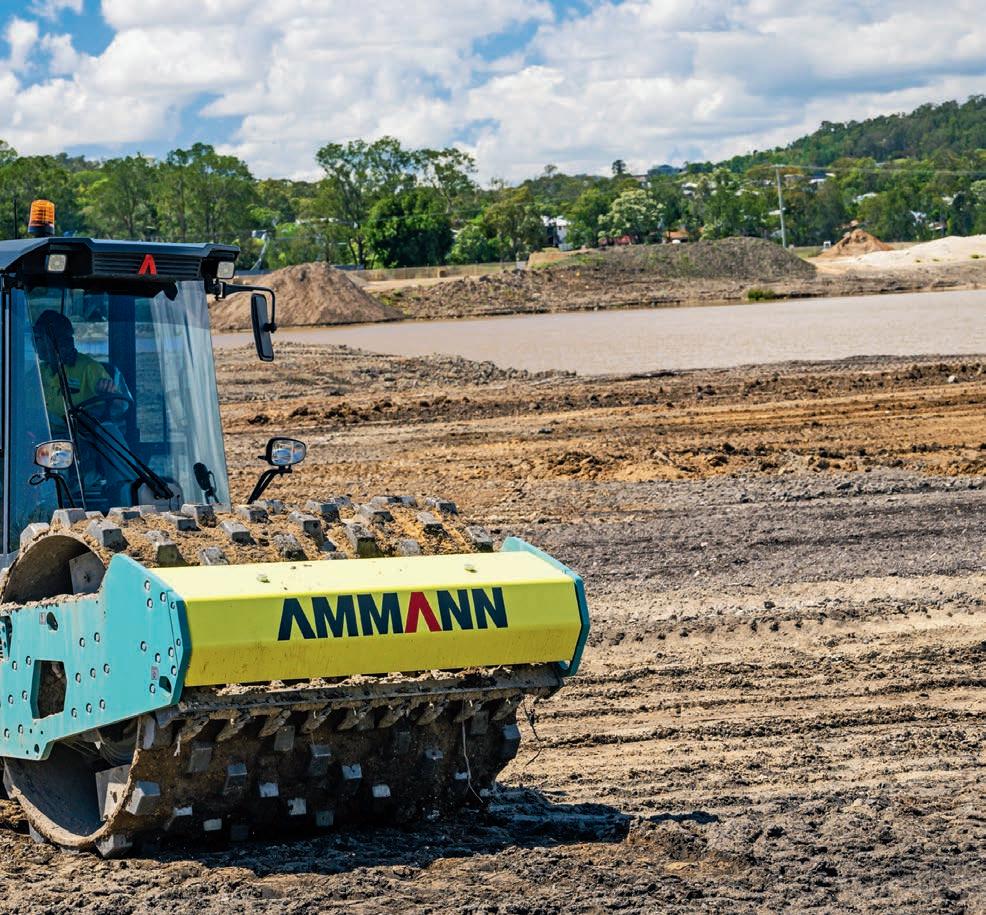
“On the earthworks side, if we’ve got any site works that need doing, we use the other excavator. So, loading topsoil or sand into the screening plants.”
He says that a stand-out feature for himself and his operators is the top-down view provided by Hyundai’s Advanced Around View Monitoring (AAVM) system. This provides all-round vision through nine camera feeds and comes as standard on the HX range supplied by Porter Group.
“It’s pretty handy, when you’re in a tight situation, to have that top view and be able to make a judgement call as to whether you’re going to miss,” he says.
“They’re also more comfortable than the previous series, with a better seating position. They’re a bit larger in the cabin and the aircon works better.
“One thing I do like about the HX, which is superior to other machines, is that they walk quite fast in the travel mode, so I find that quite handy for what we’re doing.”


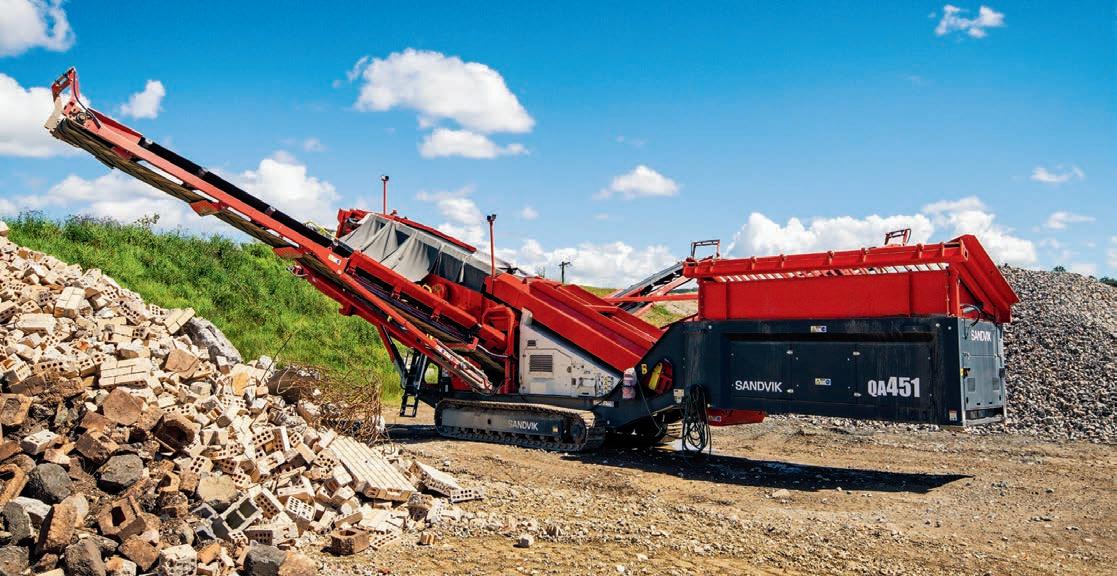
The HX350L excavator has a maximum high travel speed of 6.4km/h and a maximum low travel speed of 3.5km/h.
“It’s a decent-sized site we’re on, and they noticeably walk quicker than other machines that I’ve had,” he adds.
“Travel’s never the most comfortable thing to do in an excavator, so it’s good to get it over with quickly.”
Alongside the excavators is a suite of Sandvik crushing and screening equipment, comprising a Sandvik QI341 impact crusher, QJ341 mobile jaw crusher, QA441 three-deck mobile screen and QA451 twodeck screen. These produce JGI’s range of export products, including sand, 5–75mm crushed natural and recycled rock, crusher dust, roadbase, topsoil, mulch, fill materials, concrete blends and larger rocks.
“We bought the QI341 with the expectation of doing 70 tonnes an hour and it seems to be sitting at around 120 tonnes an hour, so it’s
noticeably better than we were expecting,” Faux says.
“It’s only a little impact crusher and we’re primary feeding it with concrete, which is pretty much the worst thing you can do to any crusher – it’s extremely brutal on it. But it’s holding up alright – it does what it needs to do, and it does it well.”
The simplicity of the two-deck screen particularly stands out as well, along with standard features such as having a speed adjuster for every belt.
“It’s also the simple things, like the bearings being SKF. I can pull the part number off the side of it and go to any bearing shop and buy that part. As time goes on, more and more manufacturers are phasing that out.
“That’s what I do like about the Sandviks – they don’t have over-thetop stuff that’s not required, which invariably fails and is beyond the realm of an average fitter to work out what’s wrong.
“And the throughput’s there – they do the tonnage they need to do.”
We have saved a favourite till last, with Faux thoroughly pleased with one of the newest pieces of machinery on site – the Ammann ARS170 17-tonne single drum roller.
This soil compactor has a new cab design that provides 360-degree visibility, while the no-rear-axle design improves stability.

After years of seeing rollers get stuck when compacting the material being backfilled into the lake on site, Faux can’t praise the ARS170 highly enough.
“I’m particularly pleased with that little thing. It’s very mobile,” he says.
“We receive a lot of fills and they all need to be compacted and laid down. But people don’t bring us good fill, they bring us the stuff that nobody wants. So, having a roller that can traverse difficult material is really handy. It makes a big, big difference for us.
“The previous rollers that we’ve had here on site – they were always getting bogged and it was
Dan Faux says the 770s stand out for being zippy
The simplicity of the Sandvik QA451 two-deck screen is a strong feature
Demolition and construction site waste is crushed and recycled
One of JGI’s HX350Ls crushes down concrete to extract the metal
They noticeably walk quicker than other machines that I’ve had
problematic to try and compact the ground. Eventually this one came in and just shone – we love it. We push everything out with a swamp dozer and it goes where the swamp goes. It’s made a huge difference for us.
“It doesn’t matter how bad the ground is, this one will just walk straight through it. I think it’s because it’s got traction control between the drum and the rear wheels and it has a float mode. So, whenever we get stuck, we put it in float mode and it just climbs out, it’s quite incredible. We’ve been hiring rollers on and off for ages and nothing’s come close to this.”
Faux also points out that the cab is particularly comfortable, and the variable range of vibration frequencies offers a high level of versatility – suiting the particular work that JGI is doing, which is filling material into a lake.
“Other rollers were either hitting the ground too hard and punching through, or they were vibrating too fast in the low mode and bringing the water up to the top,” he says.
“What we’re trying to do is to put a crust across the top and compact the material. When you’re only half a metre above the water, you don’t want that water to come up because then you’re in the lake.”
With the mixture of Hyundai, Sandvik and Ammann machinery all
running smoothly on site, Faux says the relationship with Porter Group has been vital to making this happen.
“Porter Group are really good,” he says.
“The fact that they have the crushing and screening gives us good buying power and they’re really good with the Hyundai gear – they know it inside out.”
The high level of aftersales service has also been a major positive for JGI, he explains, with Porter Group’s service team usually heading out on the same day if any problems arise.
“They’re there when you need them to be, so the service on that side is fantastic,” Faux says.
“The relationship is great – they’re far better than any other dealer I’ve had to deal with. That’s why we chose to buy the roller from them. The reason we bought the Sandvik equipment from them was because we’d had a good run with the Hyundai here and it just made sense.

“Looking ahead to next year, we’ll be probably picking up another loader from Porter Group and replacing the two-deck as it comes to the end of its service life. We’ll probably end up trying to use Porter Group for water truck/ Moxie-type stuff as well.”
For more details on equipment available for purchase through Porter Equipment, visit www.porterce.com.au
It doesn’t matter how bad the ground is, this one will just walk straight through it.


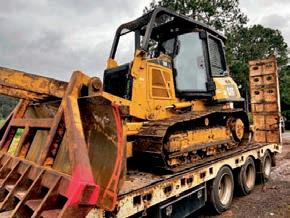






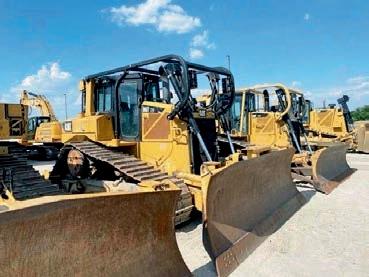


Productivity in Australia’s construction sector has not improved across the past 30 years, a report from Australian Constructors Association (ACA) says.

The report – Disrupt or Die –outlines how the industry has stagnated in terms of its productivity.
Construction productivity, it says, is lower today than it was in 1990 which is a result of a sector that is stuck in the past and has failed to adapt to contemporary practices and technologies.
Considering the Australian construction industry is responsible for employing almost one in 10 of the country’s working population and contributes seven per cent of the national GDP, the report paints a worrying picture of a sector not only treading water but regressing in its efforts to be more productive.
In all, the poor productivity achieved by the construction sector, which is Australia’s fourth largest industry, costs the economy $47 billion each year, the ACA says.
Disrupt or Die was derived in 2020 by the ACA, which commissioned BIS Oxford Economics to investigate productivity in the construction industry since 1990.
ACA chief executive Jon Davies outlines the problems faced by the industry that were brought to light in the report.
“Over the last 30 years, almost every other industry has advanced, yet Australia’s construction industry has gone backwards,” Davies says.
“Construction productivity today is lower than it was in 1990 and the industry is out of touch with the next generation of workers, who no longer view it as an industry of choice.
“Workers do not want a job in an industry where the hours are long and disputes are commonplace, Excel spreadsheets are considered the height of tech and little focus is placed on the impact we are having on the environment.”
Australia’s construction industry boomed in 2014 when resources were at their most available.
However, since then, productivity has decreased 16.5 per cent from the 2014 levels at such a rate that productivity performance is now 1.8 per cent lower than in 1990. That means the construction industry yields an average growth rate of -0.1 per cent.
Other laborious industries in Australia such as manufacturing, transport and other selected industries such as agriculture, forestry, mining and waste services have all grown over the past 32 years, some of which are 33.6 per cent more productive than construction.
While there are many culprits which the ACA has outlined to be at fault for the current state of the industry, the biggest opportunity to improve productivity lies in fundamentally improving how projects are procured, delivered and governed, it says.
These so-called ‘white-collar’ activities are responsible for the
A new Australian Constructors Association report has looked into why productivity isn’t improving in the construction industry





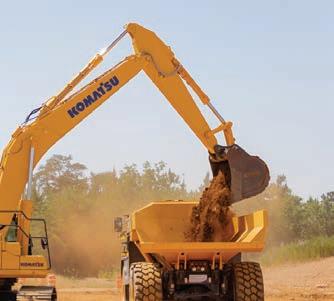


Utility
Platinum class
36 months / 1500hrs EPTW
• Up to 500hrs
• PM Clinic / KOWAS
• Presents as new
Platinum class
36 months / 3000hrs EPTW
• Up to 3000hrs
Gold class
24 months / 1000hrs EPTW
• Up to 1000hrs
• PM Clinic / KOWAS
• Presents well
Gold class
24 months / 2000hrs EPTW

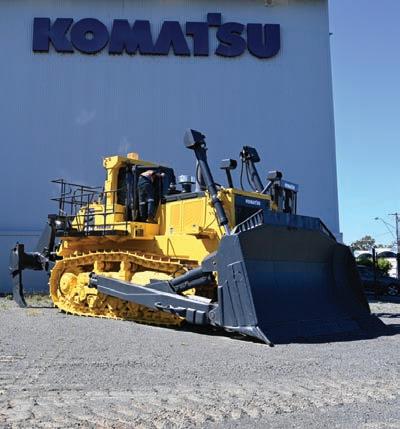


• Up to 4000hrs
Silver class
12 months / 500hrs EPTW
• Up to 1500hrs
• PM Clinic / KOWAS
• Presents well
Silver class
12 months / 1000hrs EPTW
• Up to 6000hrs
Bronze class
6 months / 250hrs EPTW
• Up to 2500hrs
• PM Clinic / KOWAS
• Presents well
Bronze class
6 months / 500hrs EPTW
• Up to 8000hrs
Construction
Mining
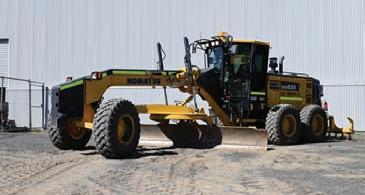
• PM Clinic / KOWAS
• Presents as new
• Includes Hybrid / IMC
Platinum class
36 months / 4000hrs EPTW
• Up to 3000hrs
• PM Clinic / KOWAS
• Presents as new
• PM Clinic / KOWAS
• Presents well
• Includes Hybrid / IMC
Gold class
24 months / 3000hrs EPTW
• Up to 4000hrs
• PM Clinic / KOWAS
• Presents well
• PM Clinic / KOWAS
• Presents well
• Includes Hybrid / IMC
Silver class
12 months / 2000hrs EPTW
• Up to 7000hrs
• PM Clinic / KOWAS
• Presents well
• PM Clinic / KOWAS
• Presents well
• Includes Hybrid / IMC
Bronze class
6 months / 1000hrs EPTW
• Up to 10000hrs
• PM Clinic / KOWAS
• Presents well

overseeing of construction projects –something which the ACA describes as a “significant wastage of skilled resources”.
For a while contracts have been a race to the bottom, with the lowest upfront cost often winning out, even though it may not be the best value. That concept is outdated, not sustainable and is focused only on the short-term, the ACA says.
And while time and cost are obviously important components of value, assessed value should also include additional outcomes, ACA says, namely increasing innovation, productivity and environmental sustainability as well as improving industry culture and sovereign capability.
“There is significant wastage of skilled resources through inefficient tender processes, but the bigger problem is the myopic focus on selecting the lowest price at the tender box to the detriment of all else,” Davies says.
“The lowest bid at the tender box is a completely false economy and is the direct cause of the adversarial contracting environment in which we now find ourselves.
“All too often, procurement
processes encourage competition on willingness to price and accept unquantifiable risk rather than ideas to deliver improved project outcomes.”
The ACA also raised other issues that hinder productivity, such as the long hours worked by construction workers and the need to evolve towards utilising more advanced technological solutions.
Paramount to the Disrupt or Die report was an outline of how best to disrupt the sector and make it more productive.
The ACA called on the various levels of government – the largest infrastructure client in Australia – to play the role of the disrupter in chief and encourage state governments to procure projects to maximise productivity, promote training and upskill the workforce.
To do so, the Future Australia Infrastructure Rating (FAIR) has been developed to rate government-funded projects against key reform areas. All projects undertaken by government agencies would be given a rating that is published.
If implemented, the ACA has also
proposed that the FAIR system could be included in the next National Partnership Agreement as a requirement for all projects funded by the federal government.
Other recommendations outlined by the ACA to improve productivity performance in the industry include a better adoption of digital technologies, increased collaboration of contracts, streamlined design review process and a greater use of enterprise delivery models that increase innovation and improve engagement.
To fully address the productivity issue currently plaguing the construction industry, government, industry and unions must come together and collaborate, the ACA says.

“The industry cannot afford to continue down the path of slow incremental change,” Davis says.
“It is time to fundamentally disrupt how it operates to ensure we have sufficient workers delivering infrastructure that Australia can afford.
“Everyone has a part to play, including contractors, but it is the government, if it chooses to, that has the biggest power to disrupt.”
Productivity and innovation are being hindered by inefficient tender processes
has strongly voiced concern regarding the government’s amendments to the Secure Jobs Better Pay Bill and has called for the Senate to block its passage
multi-employer bargaining, it has no place in our industry. Our industry is amongst the highest paying and certainly does not fit within the government’s Bill criteria of applying to low-paid industries.
Those who have had to navigate the industrial relations laws in this country know that the application of these laws have been shaped by various court interpretations of legislation over the years.
It takes expert experience to adequately ensure compliance with the laws and establish agreements with the workforce. If it is not correctly addressed, the consequences for employers can be quite catastrophic.
The federal government introduced the Secure Jobs Better Pay Bill 2022 to Parliament in November. The Bill proposes changes to workplace relations relating to bargaining, job security, gender equity, conditions, protections, compliance and enforcement.
There are several concerns regarding this Bill. The federal government had preempted changes prior to the election regarding the abolition of the Australian Building and Construction Commission (ABCC), which Civil Contractors Federation (CCF) has opposed.
However, there are a number of additional amendments to the Fair Work Act and others that were not foreshadowed. The Bill is large and very complex and to fully consider its impacts and unintended consequences significant time should be dedicated to consultation.
This did not occur and effectively industry has had less than a month to consider these issues and respond.
The main concerns were the abolition of the ABCC and the introduction of multi-employer bargaining.
Damian Long, CEO CCF QLD
The federal government’s reasoning for abolishing the ABCC was: “This would ensure that workers in the building and construction industry have the same rights as other workers in relation to enforcement of the Fair Work Act.”
In other words, the Fair Work Ombudsman (FWO) could provide the same service to the building and construction industry as it does with all other industries. The problem with this reasoning is that it ignores four of the Royal Commissions, being the:
• Winneke Royal Commission 1982
• Gyles Royal Commission 1992
• Cole Royal Commission 2031
• Heydon Royal Commission 2015.
These Royal commissions found that, in the building and construction industry, there was fundamental lack of respect for the law and threats of physical violence were common in the workplace.
It is for these and other reasons that the establishment of an independent regulator with additional powers to regulate the building and construction industry was recommended.
Multi-employer bargaining is another term for collective bargaining or pattern bargaining. Whilst there is an argument for low-paid and non-dynamic industries to adopt
The reach of what would be considered common interest in deciding which employers would be grouped to collectively bargain is concerning. It is possible that parts of the supply chain could be caught in this net to the detriment of individual enterprises.
Regardless of the collective industries’ concerns and objections, the government’s industrial relations legislation subsequently passed the House of Representatives after the government made several amendments.
One amendment the government made was to redefine the meaning of ‘building and construction’ and remove the multi-employer bargaining exemption from civil construction. This puts the IR Bill at odds with the Building and Construction General On-site Award 2020.
This amendment was rushed and clearly the impact of this amendment has not been thought through. It is inconceivable how civil construction is not considered with building and construction when the two industries are intertwined.
The responsibility lies with the Senate to reject the Bill following its rushed passage through the House of Representatives. It is a Bill that in its current form, would implement major and regressive changes to Australia’s workplace relations arrangements that would set us back decades and damage the economy.

CCF supports an effective industrial relations framework that enhances productivity by minimising workplace and workforce disruptions, however, the Secure Jobs, Better Pay Bill 2022 falls far short of meeting this objective. Rather, it would act as a drag on productivity which is one of the key problems facing the civil construction industry.




In a pit near Calbe, a town in central Germany, around 5,443 tonnes of gravel is removed daily by earthworks specialist Erdbau Schrader.
Gravel extraction began at the site around 30 years ago and is expected to continue for another three decades. Currently navigating this tough terrain, travelling up and down steep inclines to unload around two kilometres away, is a Rokbak RA30 articulated hauler, the latest addition to Erdbau Schrader’s fleet.
“We chose Rokbak because of its reliability and the priceperformance ratio, as well as the hauler’s ability to cope with our long, heavy off-road operations,” Erdbau Schrader managing director Ines Schrader says.
“We also wanted to ensure that our experienced operators would be able to work with maximum comfort.”
Erdbau Schrader was founded in April 2011. The company specialises in removing overburden for gravel extraction and renaturation, utilising its machines at several locations near its bases of Staßfurt and Brumby. Erdbau Schrader already owned four Terex TA300s – which it bought before Terex Trucks rebranded to Rokbak in September last year.

In July, the company added the RA30 to its fleet, purchasing the machine from Rokbak dealer
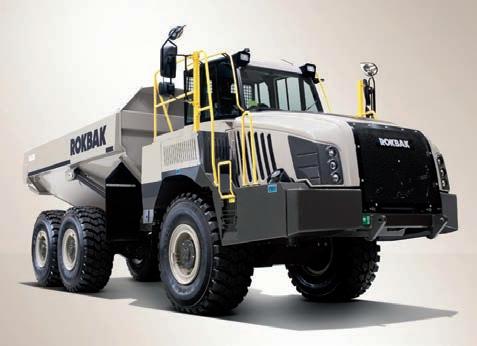
Klarmann-Lembach. Three other articulated haulers are working alongside the RA30 at the pit.
“The Rokbak RA30 is a strong, reliable and high-performing machine – which is exactly what Erdbau Schrader needed,” explains Klarmann-Lembach salesman Thomas Keil, who recently visited the Calbe site with Rokbak to see the RA30 in action.
“Our confidence in the Rokbak brand and the haulers is such that, when we were approached, we could assure our customer that the RA30 was the ideal addition to their fleet.”
Erdbau Schrader’s articulated haulers move at full power five days a week, 6am–4pm. Materials from the site are transported over sandy and spongy ground for two kilometres before being unloaded at a railway loading station.
Able to transport a payload of up to 28 tonnes, the RA30 has a maximum engine power of 276kW (370 horsepower), a heaped capacity of 17.5 cubic metres and a maximum torque of 1,880Nm @ 1,400 rpm.
Routine maintenance is as quick and efficient as possible, keeping service time and costs to a minimum. Furthermore, the factory-approved parts are backed by a two-year/6,000-hour warranty – one of the most comprehensive
guarantees in the industry.
Operational comfort is also at the forefront of the RA30 design. A spacious, ROPS/FOPS compliant, pressurised cab with excellent heating, ventilation and air conditioning (HVAC) keeps the operator comfortable and focused.
The RA30’s EP320 transmission comes with eight forward gears and four reverse gears and features a top speed of up to 55km/h, high overall gear ratio spread, equal ratio steps between gears and optimised gear shifting with partial load shifts.
All of this means that the RA30 offers lower fuel consumption with smoother gear shifting and higher levels of operator comfort as well as faster cycle times and reduced carbon emissions.
The RA30’s long life transmission fluid increases the length of time between oil maintenance intervals to 4,000 hours. This helps customers achieve increased productivity and uptime, as well as lower cost per tonne.
“The RA30’s transmission strikes the perfect balance between efficient power, effective gearing and weight distribution, allowing the hauler to move more loads quicker,” Rokbak customer support manager for Europe Thomas Schmitt says.
“The RA30 is simple to operate and easy to maintain, it delivers low total cost of ownership with a fuel-efficient performance and high productivity – so it’s no wonder the Erdbau Schrader team are so happy with it.”








Queensland coal mining company
Batchfire Resources is committed to responsibly developing the Callide Basin’s resources while reducing its environmental impact and carbon footprint, so optimising mobile machinery to lower fuel emissions and increase operational efficiencies is an ongoing priority.
Batchfire’s long-term partnership with Hastings Deering has supported the business’ strategy of phasing out older machines and upgrading its pre-strip-mining fleet.
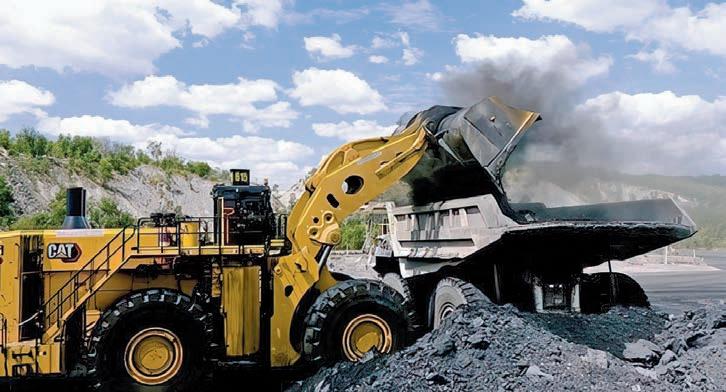

With nearly 100,000 hours on the clock, Batchfire Resources recently retired the original Cat 994 wheel loader to bring in a brand new Cat 994K, which is customised for runof-mine (ROM) coal operations.
This new model has already achieved excellent results, generating 150 per cent more material movement without increasing carbon emissions thanks to the new model’s larger and stronger design, which offers higher payload and horsepower.
Batchfire Resources superintendent mobile – engineering and maintenance Daniel Boal says that the investment in new machinery was to ensure a more sustainable and efficient ROM operation.
“This journey started in 1993 – the old 994 has pretty much been in service the whole time. The way Caterpillar build things, they are
Improvements include greater visibility
made to last; they’re built for a longterm investment. It was an easy decision in the end to go for the new 994K loader,” Boal says.
“On a ROM, what you need is a reliable loader. It’s probably one of the most critical parts of the mine.
“We’ve got 500 more horsepower in the new 994, so we can work more quickly and efficiently.”
The new 994K was customised with a 40 cubic metre bucket, increasing capacity from the old loader’s 16-metre bucket.
“There’s a huge difference in payload. It used to take us 10 buckets to load a 789 truck on the ROM. With the new 994K, we can do that in four,” he says.
Batchfire Resources is seeing a reduction in emissions, alongside increased productivity and a lower cost per tonne on the ROM.
The safety and comfort of
operators is a key priority for Batchfire. These employees will benefit from the new model’s higher cab position, lower sound level environment and seat air suspension features.
“It’s a beautiful piece of machinery, the cab’s wonderfully comfortable and spacious and the machine itself delivers great performance and power,” Batchfire Resources operator trainer and assessor Adam Burling says.
Caterpillar has worked to improve the wheel loader models to provide a safer work environment for operators, including adjustments to machine access, visibility, operator comfort and a powered access system.
The Cat 994K has been designed and built with the highest standards of operator safety and comfort.
Visibility features that help to provide a safe work environment for operators and other staff on the work site include the higher cab position that delivers improved visibility while loading and the Cat Detect feature that enhances operator awareness around the machine.
“It’s not just the reliability with Cat machinery – what Caterpillar and Hastings Deering do especially well is the support that you get. If you do have an issue, Hastings are there,” Burling says.
For more information visit www.hastingsdeering.com.au













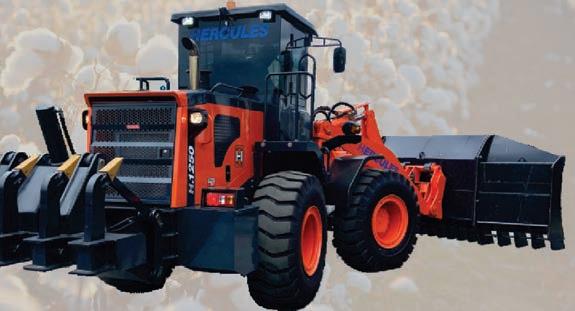



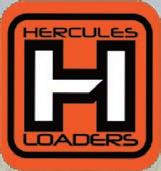


























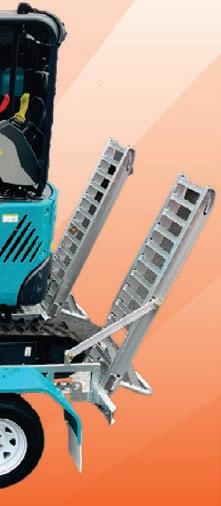




With help from MSC Group and its range of McCloskey plant equipment, Brisbane’s Ascot Demolition has been able to expand its footprint and offer more services to its customers.
The family-owned and operated business began around two decades ago, primarily in the area of what its business name suggests – demolition – but has since grown to include a plethora of other services.
From site remediation and bulk excavation to earthmoving jobs such as civil contracting and rock breaking, the services offered by Ascot Demolition are almost endless.
Director Gareth Golding, whose own experience in demolition and earthmoving spans back to his youth, says the business prides itself on being a one-stop shop for customers.
“As we’ve developed, more of our work falls under civil earthmoving than demolition as you’d normally think of it,” Golding says.
“If I incorporate the demolition and earthmoving aspects all in one, we save the hassle of a demolition company coming in. The big benefit to our customers is being able to offer a one-stop shop.
“It makes us incredibly competitive with cost and time with what we’re doing now.”
Golding says the ability to offer both demolition and crushing and processing services onsite is far more friendly to the environment as well –removing the need for trucks to haul processing material offsite.
“More and more people are looking towards soil remediation and concrete crushing and processing onsite, as opposed to taking it offsite and getting it removed and replaced,” he says.
“It’s becoming more cost efficient now to do it on site and certainly more environmentally friendly as well.
“On a job we are currently doing at the moment we are saving thousands of truck movements coming in and out of the job. We’re turning the site into a far better product than what it was before.”
Having operated a second-hand McCloskey J50 jaw crusher for many years, Golding and the Ascot Demolition team decided to
Ascot Demolition’s Gareth Golding says the I44Rv3 is “very impressive”
update its crushing and screening equipment, enlisting the help of MSC Group and its CEO Kirwan Barr.
The investment means Ascot Demolition is running plant that, for the most part, is less than two years old. This means that the machinery is more sustainable than the older gear, with most running AdBlue to lower emissions onsite.
Among the equipment purchased from MSC Group are two J50 heavy duty crushers, an I44Rv3 high production impact crusher and a R155 high energy durable screener.
Golding says the J50 is used primarily for concrete processing and crushing, which is made easy thanks to its 1,270mm x 735mm single toggle jaw, which McCloskey says is the widest in its class. The J50 also features an integrated hydraulic folding hopper and heavier flywheels – the latter helping deliver maximum productivity.
The R155 durable screener is put to work sizing and separating material or aggregates for making road bases. The screener can also be used for processing, Golding says, given it guarantees a uniform product.

Ascot Demolition uses the I44Rv3 impact crusher for processing rocks and other material. McCloskey says the I44Rv3 allows operators to produce a crushed and screened final product all within the one machine as it combines the productivity of a full screening and recirculating system and a 45-inch (114cm) impactor.

“We can also put concrete through the I44Rv3, but that’s mainly on a secondary run. It does make a very nice product and it is a very impressive piece of machinery,” Golding says.
Together the machines have become a staple for Ascot Demolition, with the business serving the Brisbane and Gold Coast regions from the company’s Stapylton base.

While the business has long moved on from its roots in Ascot – a suburb in Brisbane’s north – a recent job there saw Golding and the team return. The McCloskey machines were tasked with processing and screening 120,000 tonnes of material.
For Golding, the appeal of the McCloskey equipment is simple –with the newer and more sustainable technology and quality of parts used the standout features.
“The quality of the machine is very
good. They are very well thought out and they’re very ergonomic.
I believe their productivity is second to none when you think about tonnes per dollar and what they’re producing and what we can make with it,” he says.
“The machines themselves are very well set up. I’m impressed by how you can set the jaw now. Gone are the days where you’d have someone up there looking at the jaw
working the levers – now you can fine-tune the telemetry of the jaw and the feedback is phenomenal.”
Equally, it was the team at MSC Group who made the purchase worthwhile for Golding.
“All of the team there are the best people that we deal with in the industry. Their commitment to service and everything else just far exceeds their commitment to generating sales,” he says.
“These guys care about what they do and they care about their product and that reflects back to what they are doing. We wouldn’t go to anyone else. The quality of the McCloskey products is exceptional.”
MSC Group is a wholly Australian owned company that commenced in 1986. It is the sole authorised distributor for the complete product range from McCloskey International across the eastern states of Australia, as well as Papua New Guinea and the Pacific Islands.
MSC Group is based out of Cleveland, Queensland, with branches in Newcastle and Melbourne.
For more info, visit msc.net.au
three most common mechanisms in the same period were being hit by moving objects (23 per cent), vehicle collisions (17 per cent) and slide or cave-ins (17 per cent).
“The Agency also looks at other characteristics of these fatalities that can assist in educating employers about the types of hazards prevalent in their industry and provide valuable information as they embark on their own WHS risk assessment,” Safe Work Australia says.
Safe Work Australia has released its Key Work Health and Safety Statistics Australia 2022 report, which analyses work-related fatality and serious injury data in Australia for 2021.
And there is some great news –Australia’s work-related fatality rate has decreased by 35 per cent over the past 10 years, and there’s been a huge 57 per cent decrease in the fatality rate from a peak in 2007.
However, in 2021, there was still a total of 169 workplace fatalities in Australia – the vast majority being men working in areas of machinery operation, labouring and trades. With the highest numbers recorded in NSW and QLD, men between the ages of 45–64 are those who are at the highest risk of death at work.
Speaking with Earthmovers & Excavators, Safe Work Australia says that, while the decrease in fatality rate over the years is great to see, any workplace death that occurs is obviously a tragedy.
“As part of the Australian Work Health and Safety Strategy 2012–2022, work health and safety [WHS] system stakeholders committed to reduce the incidence of work-related death, injury and illness,” it says.
This is being achieved through: • a n improved and reformed work health and safety framework
• i ncreased work health and safety awareness
• i mproved quality of workplace controls, resulting in reduced exposure to work-related hazards causing death, injury and illness.
“Safe Work Australia has also developed and maintained a growing evidence base, which is informing policy and practice in an ongoing way,” it adds.
So, what is happening? Vehicle collisions were the most-recorded cause of death in the workplace, with the transport, postal and warehousing industry recording the highest number of deaths at 52, but agriculture, forestry and fishing having the highest fatality rate. Six deaths were recorded in mining and 24 in construction in 2021.
“Our data shows that, in 2021, 38 per cent of fatalities were caused by vehicle collisions, and 96 per cent of worker fatalities were male,” Safe Work Australia says.
“These trends are consistent over time and partly reflect the demographic profile of workers in certain high-risk industries.”
In the construction industry, the three most commonly-seen mechanisms causing worker fatalities between 2017–2021 were falls from a height (31 per cent), being hit by moving objects (16 per cent) and being hit by falling objects (15 per cent). In the mining industry,

“For example, the Agency looks at fatalities involving a vehicle more broadly. This accounts for 70 per cent of worker fatalities and includes vehicle collisions as well as fatalities resulting from workers [being] hit by moving vehicles (e.g., as pedestrians) or being hit by falling objects from vehicles (e.g., when loading/ unloading material or equipment).
“Safe Work Australia has released national guidance relevant to vehicle/ traffic management and safety in the workplace. We will continue to work with our stakeholders to increase awareness and promote safety both in and around vehicles.”
Again, improvements have been seen in the area of serious injury claims, with a drop of 17 per cent seen in the decade 2010–2020.
Looking at the 130,195 serious injuries claims lodged in 2021, people aged 60–64 had the highest frequency of injury, with body stressing accounting for 37 per cent of claims. Falls, trips and slips was the second most frequent, accounting for 23 per cent.
Body stressing covers injuries or diseases caused by stress placed on muscle, tendons, ligaments and bones, with non-powered hand tools, appliances and equipment the most likely cause.
In terms of total serious injury claims by industry, construction is second in the list behind social care, with 16,039 serious claims, or 12.3 per cent of the total.
Safe Work Australia says mental
the
Fatality and injury statistics have shown that significant improvements in workplace health and safety have been gained in recent years, but what more can be done to help push these rates down further?All workplaces can manage safety by being proactive and implementing a risk management system, says Safe Work Australia
Although fatality and serious injury rates are decreasing, men working in machinery operation, labouring and trades are still at the highest risk of death at the workplace
health claims, though accounting for a small proportion of claims overall, are growing – rising from six per cent in 2014–15 to nine per cent in 2020–21. These were mostly related to stress or anxiety and are one of the costliest types of workplace injury – leading to significantly more time off work and higher compensation paid compared to other injuries.
“The model WHS laws have always applied to both physical and psychological health,” Safe Work Australia says.
“However, the 2018 Review of the model WHS laws highlighted that businesses, particularly small businesses, had a limited understanding of their duties in relation to psychological health and safety in the workplace.
“Since 2018, there has been a significant amount of work by Safe Work Australia, WHS regulators, unions and employer representatives to improve psychological health and safety at work.
“In June this year Safe Work Australia published new model WHS Regulations on psychosocial risks. Then, in August, Safe Work Australia published the model Code of Practice: managing psychosocial hazards at work, which provides practical guidance to PCBUs [person conducting a business or undertaking] on how to meet their WHS duties.”
All of Safe Work Australia’s guidance material is available for free online – see box for details.
WHS requirements are nothing new, but for smaller businesses it can be difficult to know exactly how you can achieve a safe workplace if you don’t have dedicated staff.
Safe Work Australia says that the basic principles of risk management are the same, irrespective of the size of your business, but guidance is available to help you put a robust WHS plan in place.
“All workplaces can manage safety by being proactive and implementing
a risk management system before things go wrong,” it says.
“It’s important to consider WHS risks in conjunction with other risks at workplaces and consult with workers on how these risks can be managed.
“Once in place, it’s essential to keep checking how you manage risks to ensure the measures you have put in place are working.”
For smaller contractors, key aspects of WHS to focus on to eliminate or, if this is not possible, to mitigate risks on a building site are to

follow the four steps to managing risk:
• identify hazards
• a ssess the risk
• control the risks
• review the controls regularly.
“For business-specific risks, you and your workers know your business better than anyone,” Safe Work Australia says.
“By working in consultation with your workers you can identify risks specific to your business and ways these can be addressed. If you need help with this you can call your WHS regulator for advice.”
For a wide variety of information on codes of practice and guidance on managing workplace risk and achieving best practice, please visit the Safe Work Australia website at www.safeworkaustralia.gov.au
The following pages are a good starting place to help employers build a WHS strategy in their workplace: Reports, codes of practice and information sheets www.safeworkaustralia.gov.au/safety-topic/industry-and-business/ construction/resources
Traffic management guide – construction work www.safeworkaustralia.gov.au/resources-and-publications/ guidance-materials/traffic-management-guide-construction-work Model WHS regulations www.safeworkaustralia.gov.au/doc/model-whs-regulations
Mental health and workplace behaviour www.safeworkaustralia.gov.au/safety-topic/ managing-health-and-safety/mental-health State/Territory-specific WHS regulators, WHS laws and workers compensation authorities www.safeworkaustralia.gov.au/law-and-regulation/whs-regulatorsand-workers-compensation-authorities-contact-information
The Australian Livestock and Rural Transporters Association (ALRTA) has issued a list of tips for handing equipment bogged on rural roads and properties, asking for owners and operators to take care when recovering it.

With the significant levels of rainfall seen across NSW and Victoria recently, it’s not uncommon for vehicles and equipment to get sunk in mud, but ALRTA treasurer Alan McKenzie warns that recovering bogged vehicles is an extremely dangerous activity that carries the risk of death or serious injury.
He advises that towballs should never used to extract a bogged vehicle and that there are risks around recovery straps and equipment failing under the tension and being propelled through the windscreen of the towed vehicle or plant during extraction.
ARLTA points to guidance information supplied by SafeWork NSW to reduce the risk, which includes postponing work until conditions improve, creating an exclusion zone around the recovery activity, only using straps and attachments that are in good condition and correctly rated for the weight and type of work involved and only using anchor points on vehicles and machinery approved by the manufacturer.
“If you question the integrity of any piece of recovery equipment, stop using it,” ALRTA says.
“It’s not worth sacrificing safety so you can save the cost of calling on professional help.”
A survey of the South Australian construction industry shows positive sentiment and a push for a shorter work week
South Australian recruitment agency Roussos recently undertook a survey of 700 industry leaders across the construction, architecture, engineering and property sectors in South Australia to see how the current market has changed over the past year, and predictions for the year ahead.
Despite economic challenges, sentiment remains positive across the board and the majority of respondents stated that they are highly buoyant about the SA market over the next 12 months.
Responses collected show that the majority of South Australian businesses in these sectors expect their turnover to either increase or remain the same in the next 12 months, whereas a third expect their profitability to decrease.
Key challenges identified include the rising cost of materials and equipment, hiring and retaining talent, winning competitive bids and maintaining sustainable margins.
On the rising costs side, rise and fall
clauses are now being implemented in contracts to manage fluctuating costs and reduce the risk of signing fixed price contracts.
With a skills shortage in the market and increased demand for staff, salaries have increased over the past 12 months. The first half of 2022 saw salaries driving job movement, but there has been a more recent move towards culture and structured career development. Of the sectors surveyed, construction saw 92 per cent of salaries increase last year and many.
Alongside increasing salaries, 56 per cent of respondents have offered more flexible working, 52 per cent have been working on workplace culture and 45 per cent have increased their training and development activities.
More organisations are looking to implement a five-day work week as opposed to a six-day work week, with 42 per cent of construction professionals seeing this as an important change for the industry.
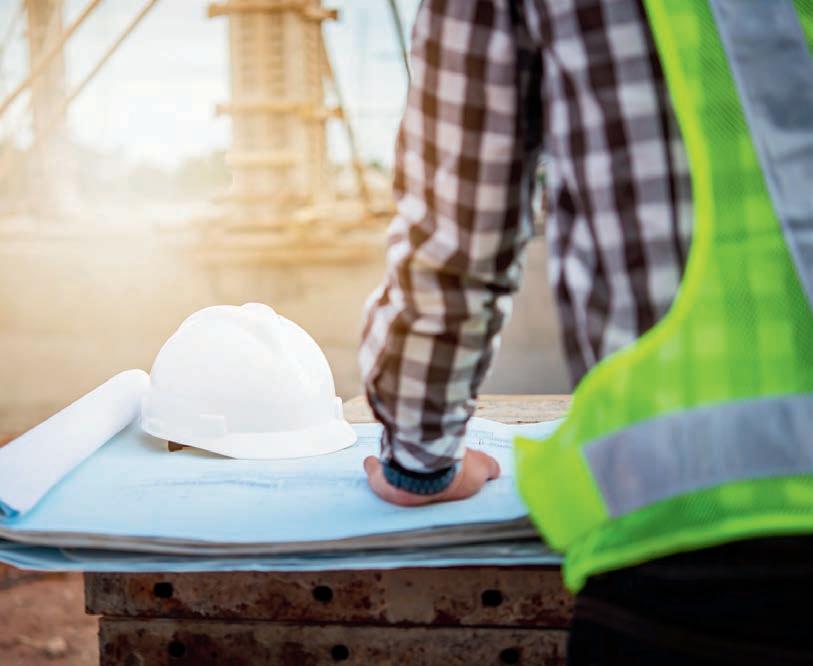








Engineers from UNSW Sydney have successfully converted a diesel engine to run as a hydrogen-diesel hybrid engine –reducing CO2 emissions by more than 85 per cent in the process.
The team, led by Professor Shawn Kook, spent around 18 months developing the Hydrogen-Diesel Direct Injection Dual-Fuel System that means existing diesel engines can run using 90 per cent hydrogen as fuel.
The researchers say that any diesel engine used in trucks and power equipment in the transportation, agriculture and mining industries could ultimately be retrofitted to the new hybrid system in just a couple of months.
“We have shown that we can take those existing diesel engines and convert them into cleaner engines that burn hydrogen fuel,” Kook says.
“Being able to retrofit diesel engines that are already out there is much quicker than waiting for the development of completely new fuel cell systems that might not be commercially available at a larger scale for at least a decade.”
Compared to existing diesel engines, an efficiency improvement of more than 26 per cent has been shown in the dieselhydrogen hybrid.
“At mining sites, where hydrogen is piped in, we can convert the existing diesel engines that are used to generate power,” Kook says.

“In terms of applications where the hydrogen fuel would need to be stored and moved around, for example in a truck engine that currently runs purely on diesel, then we would also need to implement a hydrogen storage system to be integrated into our injection system.
“I do think the general technology with regards to mobile hydrogen storage needs to be developed further because at the moment that is quite a challenge.”
The NSW government has released three Bills as part of the 2020–25 Construct NSW transformation strategy, which includes a proposal to regulate builders and designers undertaking commercial work.

The Building Bill 2022 proposes replacing the Home Building Act 1989 to regulate all building work in NSW, both residential and commercial, license practitioners and put consumer protection in place as well as limit what work owner-builders will be able to carry out and implement fire safety requirements for building work. There will also be a new regulatory scheme for pre-fabricated and manufactured housing.
The Building Compliance and Enforcement Bill 2022 will replace the Residential Apartment Buildings Act and expand regulatory compliance and enforcement powers for the building and construction industry in NSW. This includes strengthening officer powers to investigate, gather information and enter premises; giving the regulator greater powers to take action over non-compliance with building enforcement legislation; implementing a disciplinary action process and demerit points scheme for licence-holders; and having a greater focus on voluntary
undertaking as a compliance tool.
The Building and Construction Legislation Amendment Bill 2022 and the Building and Construction Legislation Amendment Regulation 2022 will amend various existing Acts governing the building and construction industry.
These focus on imposing responsibilities on participants in the building product supply chain, enhancing rectification of strata buildings, improving professional standards and competences, ensuring prompt and fair payment and promoting regulatory intervention.
Key issues on the industry side include the changes to licensing requirements, new obligations around payments, expanded responsibilities in terms of defective work, the possibility of 10-year warranties and supply chain requirements regarding materials being fit for purpose and supplying information about the product’s intended use, safe use and installation instructions to the next person in the chain.
After a public consultation period, the Bills are now under review and will have to be passed by both Houses of Parliament in NSW.






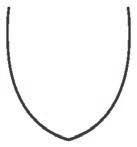






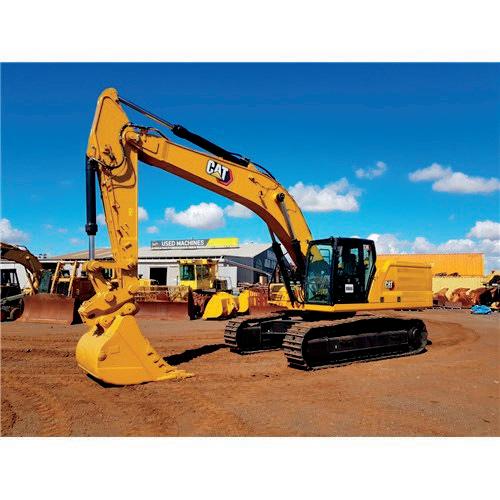



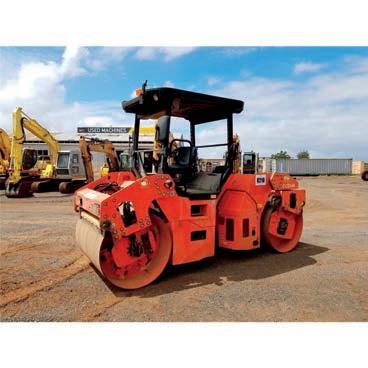
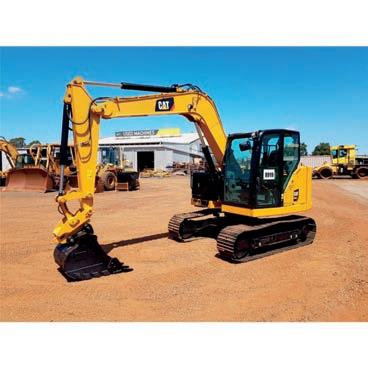








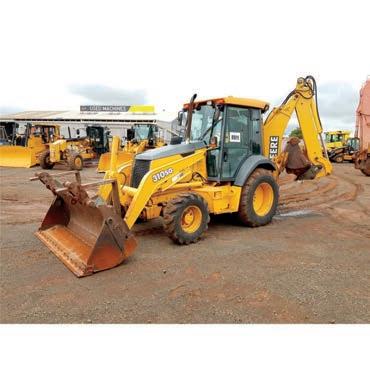




Earthmoving and mining saw an increase in turnover in September, though the number of new building approvals fell
Business turnover in the construction and mining sectors rose from August to September, though building approvals fell
The monthly figures released by the Australian Bureau of Statistics (ABS) for September indicate a positive shift for turnover in construction and mining.

Mining turnover improved 3.9 per cent across September, followed closely by construction at 3.6 per cent.

ABS head of business indicators Kate Lamb says all sectors recorded yearly increases, however seven of the 13 industries fell from August to September.
“All industries recorded year-on-year increases in business turnover, led by accommodation and food services (65.6 per cent) and arts and recreation (52.9 per cent),” Lamb says.
In all, the mining sector has recovered well since the middle of the COVID-19 pandemic, with figures from September 2022 (165.4 turnover index points) sizeably larger than that of the same month in 2020 (87.9).
On the other hand, the total number of dwellings approved fell 5.8 per cent in September, in seasonally adjusted terms, following a 23.1 per cent increase in August, according to ABS data.
“The fall in approvals was driven by private sector houses, which declined 7.8 per cent. Approvals for private sector dwellings excluding houses fell 1.8 per cent,” ABS director of construction statistics Daniel Rossi says.
Across Australia, total dwelling approvals fell in South Australia (-19.7 per cent), Tasmania (-10.8 per cent), WA (-9.3 per cent), NSW (-8.8 per cent), and QLD (-6.2 per cent). Victoria was the only state to record an increase, rising 3.4 per cent.
Approvals for private sector houses fell in all states: WA (-11.4 per cent), QLD (-8.6 per cent), NSW (-7.9 per cent), Victoria (-4.7 per cent) and South Australia (-4.3 per cent).
The value of non-residential building approvals rose 3.7 per cent.
For the first time in over a year, all four construction subsectors were in a state of contraction across the month of October, with the continued rise of interest rates again being the instigator.
Not since August 2021 have all four subsectors been in a state of contraction, according to the Australian Performance of Construction Index (PCI), which is produced by the Australian Industry Group (Ai Group) and Housing Industry Association (HIA) each month.
The PCI reading for October fell by -3.2 points to 43.3, representing the fifth straight month of contraction – which is at an increased rate compared to September.
Index readings below 50 indicate a contraction in activity, while results above 50 indicate expansion.
The overall activity drop (-2.2) in October was largely underpinned by sizeable declines in both commercial (-14.7 points to 44.4) and engineering (-8.3 to 41.7) activity.
While housing building (+5.8) and apartment construction (+15.9) both improved across the month, it wasn’t enough to lift the industry into a state of expansion.
Chief policy advisor for Ai Group Peter Burn says the PCI is reflective of the economic uncertainty felt across the industry as a result of prolonged interest rate rises by the Reserve Bank of Australia (RBA).
“Australia’s construction industry contracted for a fifth consecutive month in October. Each of the four subsectors – housing, apartments, commercial and engineering
– contracted in the month,” Burn says.
“The construction employment indicator also declined to its lowest level since July 2020, indicating a particularly sharp fall in employment compared with September.
“Economic uncertainty and several months of interest rate rises are clearly impacting the construction sector and particularly the residential subsectors.”
The ramifications of the side pressures such as rising interest rates and other uncertainty has also dampened other aspects of the industry, with sales and new orders also remaining in a state of contraction.
Burn says it will be a while until the declines in construction activity will stop.
“With the Australian PCI new orders indicator showing a further decline of new orders and with the further rate rise announced this week and with more rate rises foreshadowed, further declines in construction activity appear likely over coming months,” he says.
Senior economist at the HIA Nicholas Ward also weighed in on the issue.
“RBA cash rate increases are working. Rate hikes, combined with builders’ focus on completing the pipeline of existing work, have seen new sales materially weaken in recent months,” Ward says.
“It will be some time before the full effect of rate hikes is evident in terms of reduced capacity utilisation and reduced cost pressures, because the pipeline to work through is so large.”


The NSW government has been undertaking a road pothole trial that uses a new method to fix damaged roads
With extreme weather causing a large amount of road damage across the state, the trial aims to test new methods of cold mix asphalt, allowing faster drying and application in wet weather conditions.
The NSW government estimates that since March of this year there have been more than 152,000 potholes filled, including almost 18,500 on Sydney roads alone. This is four times the number of potholes fixed compared to 2021.
“One of the biggest challenges facing repair crews using traditional repair methods is the need to wait until the road is dry before being able to fill a pothole,” Minister for Metropolitan Roads Natalie Ward says.

“The prolonged wet weather also increases the risk of the same pothole re-forming. We’ve used a new ‘cold mix’ product on some of our worst potholes and it has already produced outstanding results – our road crews have not needed to refill a single pothole since they started using this product.”
A range of cold mix materials is being trialled to test their effectiveness.
The Australian Human Rights Commission and Respect@Work Council have launched a new website – www.respectatwork.gov.au – that provides a list of resources for employers and workers to help workplaces prevent and respond to sexual harassment.
The Respect@Work website brings together a comprehensive set of resources for employers and workers, including:
• good-practice guides
• training programs
• workplace assessment tools
• videos
• guidance.
The Respect@Work: Sexual Harassment National Inquiry Report, published in 2020, identified gender inequality as the key power disparity that drives sexual harassment, with male-dominated industries such as building and construction having higher risk settings for workplace sexual harassment.
Reportable behaviour can include
Construction and mining report high levels of sexual harassment
sexually suggestive comments or jokes, intrusive questions about somebody’s private life, sexually explicit pictures, staring/leering, indecent exposure, inappropriate physical contact and repeated or inappropriate advances.
The report found that 51 per cent of women and 12 per cent of men in the building and construction industry, and 71 per cent of women and 32 per cent of men in mining had experienced sexual harassment in the workplace in the previous five years.
With this year’s introduction of the Anti-Discrimination and Human Rights Legislation Amendment (Respect at Work) Bill 2022 by the Australian government, there is now a duty on employers to take reasonable and proportionate measures to eliminate, as far as possible, certain discriminatory conduct including workplace sex discrimination, harassment and victimisation.

A range of free tools are available online to help employers and workers make workplaces safer and more inclusiveExtreme weather has caused a high level of damage to NSW roads




















Prime Creative Media is launching a new event for the Australian construction industry in September 2023 – the Inside Construction Expo.
Taking place September 20–21 at the Melbourne Convention and Exhibition Centre, Inside Construction Expo 2023 will feature a conference and exhibition that will showcase the latest technology on offer alongside insightful perspectives and discussions around the current state of play of the industry, major challenges facing those working within it and what the future of construction may look like.
The construction industry is a critical pillar of the Australian economy. It is the third largest industry, producing upwards of $437 billion in revenue and approximately nine per cent of the nation’s Gross Domestic Product in 2022. The sector has a projected annual growth rate of 2.4 per cent over the next five years.
With investments in new and existing infrastructure projects in every state and territory, the Australian government’s national rolling 10-year infrastructure investment pipeline will increase from $110 billion to $120 billion, a new record, significantly boosting the sector.
The 2022–23 Victorian Budget continues the state’s investment in a major pipeline of projects, with $85.3 billion in general government spending on infrastructure over the next four years.
However, the construction sector is facing significant challenges. Inside Construction Expo 2023 will provide the ideal environment to present and discuss:
• t he skills shortage in the construction sector
• d igital transformation of the construction industry
• safety in construction.
“This event is designed for Melbourne/Victoria as its main focus is Victoria’s Big Build program,” Prime Creative Media events manager Lauren Winterbottom says.
“It’s also the only construction event to focus solely on major vertical construction, major projects and major civil infrastructure.
“This event is for everybody from C-suite executives right down to smaller contractors to meet with industry and government representatives, look at the latest equipment available and learn more about what can be done to grow/ strengthen the sector.”
Inside Construction Expo 2023 is being supported by leading
Inside Construction Expo 2023 will take place September 20–21 at the Melbourne Convention and Exhibition Centre

industry groups the Working at Heights Association (WHA) and the National Association of Women in Construction (NAWIC).
“The Working at Heights Association is pleased to be partnering with Inside Construction Expo 2023, to continue to advance the discussion around safety and ensure best practice is widespread,” WHA says.
“We look forward to our members being able to collaborate with wider industry on this critical issue for the Australian construction sector.”
NAWIC adds: “At NAWIC we strive to champion and empower women in the construction industry to realise their full potential.
“We’re pleased to be a partner of Inside Construction Expo 2023, to provide our members access to an event that offers the chance to expand professional networks and opportunities.
“We’re also excited to be part of the broader conversation around attracting and retaining talent within the sector, and how we can progress towards our core target of 25 per cent minimum female participation in the construction industry by 2025.”
In addition to the exhibition and conference, the best people, projects and innovations from across the Australian construction industry will be recognised at an Awards Gala dinner, giving the industry a chance to celebrate overcoming technical challenges, recognise innovative solutions and promote positive change.
“Inside Construction Expo joins a comprehensive suite of events that highlight the best of the Australian industrials sector and provide premium networking and educational opportunities for our audience,” Winterbottom says.
“We are excited to bring the construction industry a great new event.”
For more information, visit: www. insideconstructionexpo.com.au
Here are upcoming construction events for 2022 and 2023. Information was current as of going to press
From the organisers of Sydney Build Expo, Australia Build Week Online is the leading meeting place for the construction, architecture and infrastructure industry.
WHEN: December 5–9, 2022
MORE INFO: www.australiabuild.com
This two-day event brings together over 500 members of the mining industry and 40 exhibitors to discuss exploration and development, sustainability and optimisation, innovation and technology, strategy and planning, connectivity and digitisation, and people and leadership.

WHEN: February 20–21, 2023
MORE INFO: australia.future-of-mining.com
Sydney Build, Sydney Infrastructure and Digital Construction Australia are held alongside one another, making it a huge event for the construction industry to get involved with. Free to attend, Sydney Build has over 500 exhibitors and over 400 speakers covering everything from safety to sustainability, Sydney Infrastructure has a wide range of speakers covering infrastructure projects and innovation in construction, and DCA brings in speakers to discuss trends in digital technology use in construction.
WHEN: March 6–7, 2023
MORE INFO: www.sydneybuildexpo.com
The South Australian Major Projects Conference returns for its 13th year and will profile the latest updates on major infrastructure projects across the state alongside providing fantastic networking opportunities with key industry stakeholders. Attracting well over 150 attendees, this conference is a must attend for industry professionals seeking the most up-to-date information on the state’s infrastructure projects, policy issues, research findings and best practices.
WHEN: March 22–23, 2023
MORE INFO: www.saconference.com.au
Focusing on the sustainable built environment, Transform 2023, organised by the Green Building Council of Australia, will explore decarbonisation, nature and biodiversity, electrification, low carbon materials, circularity and more. In addition to the conference speaker agenda, breakout sessions will take place on subjects such as delivering best practice, renewable energy and the circular economy.
WHEN: March 22–23, 2023
MORE INFO: hopin.com/events/transform-2023/ registration
Diesel Dirt & Turf is Australia’s premier earthmoving industry event that continues to attract support from all market sectors in earthmoving, infrastructure, residential development, public works and public space management. With a new location at Sydney Dragway, it will be bigger than ever and include the operators’ challenge and Pickles auction.
WHEN: April 21–23, 2023
MORE INFO: www.dieseldirtandturf.com.au
Organised by the Australian Constructors Association, the Future of Construction Summit provides an opportunity for leaders representing all sectors of the construction industry to engage in discussions about reform and the opportunity for a more productive and sustainable industry.
WHEN: May 3–4, 2023
MORE INFO: futureofconstructionsummit.com
DesignBuild brings together Australia’s architecture, building, construction and design communities in one event. Hear from renowned industry experts about the trends and strategies shaping your industry, meet suppliers and manufacturers, and visit the Digital Building Zone to explore the latest solutions in construction technology and smart buildings.
WHEN: May 9–11, 2023
MORE INFO: designbuildexpo.com.au
The Diesel Dirt & Turf annual charity golf day is back, raising money for Mama Lana’s Community Foundation
The National Diesel Dirt &Turf Expo is where the earthmoving equipment industry gathers every year to exhibit the latest and greatest in machinery, technology and services. Over the years, members of the industry have demonstrated how much they enjoy the opportunity to network and build relationships through this event.
There are many stories around people and businesses that are always ready to lend a helping hand. The desire of the industry to make a contribution to the community is clearly shown at the annual Diesel Dirt & Turf Golf Day where fundraising proceeds are raised for worthy community charities and organisations.
The Diesel Dirt & Turf annual charity golf day is back.
After the 2022 golf day was flooded out, the local organisation Mama
Lana’s Community Foundation is again the Expo’s chosen charity in 2023.
Mama Lana’s is a not-for-profit organisation dedicated to helping the often forgotten homeless and underprivileged community in the greater Penrith region, to advance their wellbeing and prospects for future independence.
Mama Lana’s Community Foundation offers hot meals six nights a week, supplies food and toiletry packs, and provides clothing, sleeping bags, swags and blankets to keep the homeless and underprivileged warm during cold Penrith nights. MLCF also works with and assists other local charities and support services and responds to crisis calls from people who need a hand with food, clothing, furniture, and in some cases, financial issues. For more info, visit: www.mamalanas.org.au
The 2023 Diesel Dirt & Turf Expo annual charity golf day is being held on Friday 3 March, 2023 at Twin Creeks Golf and Country Club, 2–8 Twin Creeks Drive, Luddenham. This popular event will kick off with a 6:30am breakfast, followed by a putting competition and then on to the main event.


The day features lots of big prizes on the course, however the most popular event is the Pickles auction of fantastic items donated by members of the industry, businesses, associates and others wishing to contribute to the needs of the community.
“Huge thanks to the amazing organisations and individuals who donate auction and raffle prizes and sponsor holes,” expo manager Marti Zivkovich says.
“Our thanks particularly to our gold sponsor Komatsu, gold media sponsors Earthmovers & Excavators magazine and TradeEarthmovers. com.au, major supporter Pickles and associate sponsors Norm Engineering, Pickles, Earthmoving Equipment Magazine, XCMG, What-If and Record TIME.
“The golf day is a great way to build networking with others in the industry while enjoying a great day out and raising money for a worthy community cause.”
The dates for the Diesel Dirt & Turf Expo at Ferrers Road Eastern Creek, New South Wales are Friday 21st, Saturday 22nd and Sunday, 23rd April 2023. To enquire or book to secure your exhibitor site contact the Expo manager, Marti on 0411 648 465 or apply online at www. dieseldirtandturf.com.au .
This outstanding venue is conveniently located in the centre of western Sydney and there are many choices for accommodation.
You can check out all the details of the 2023 Diesel Dirt & Turf Expo by visiting www.dieseldirtandturf.com.au

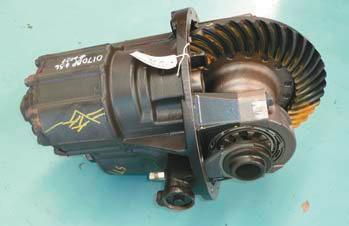

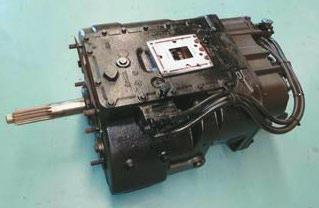





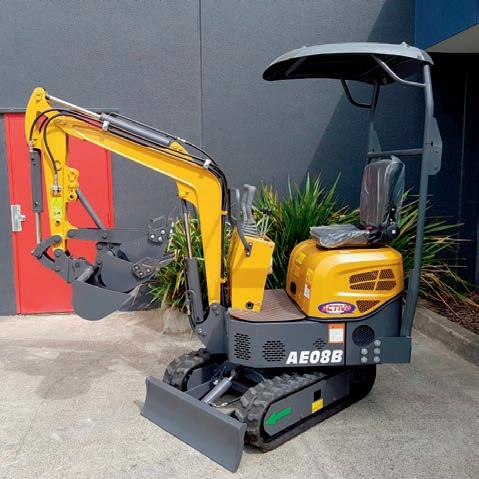
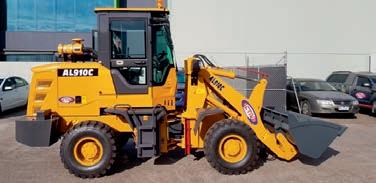


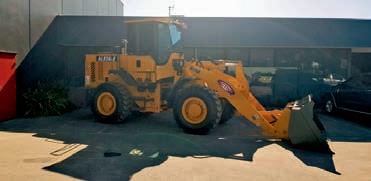

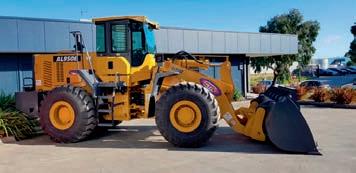
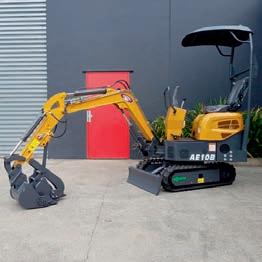

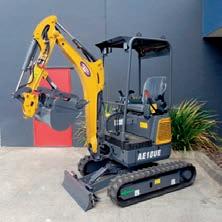




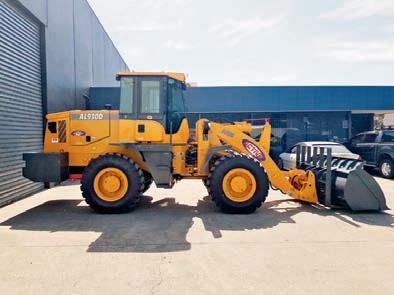



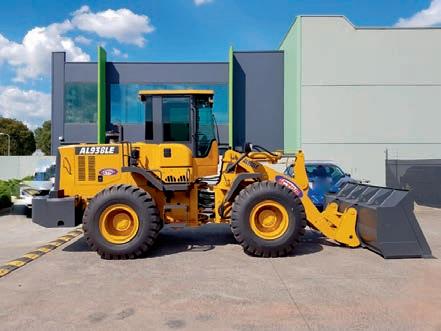
Greater focus is now being put on how used tyres can be recycled and disposed of in a more environmentally-friendly way
The federal government has added tyres to a list of products that industry must ensure are handled and ultimately disposed of in an environmentally appropriate manner, alongside mattresses and plastics in healthcare products.

Tyre makers and importers will now have greater responsibility for the impact of their products on the environment across their entire life cycle.
It goes above and beyond recycling and considers how the development, design, manufacture, import, sale, use and recovery of materials and products can be adjusted to improve environmental outcomes.
There are existing industry-led initiatives for tyre recycling, but unfortunately not enough businesses are voluntarily participating. The addition of these products on the Minister’s product stewardship priority list means that if participation does not increase, the government will consider regulation.
“An industry-led stewardship approach is one of the most efficient and cost-effective ways to reduce a product’s impact on the environment and human health,” Minister for the Environment and Water Tanya Plibersek says.
“Around half of tyre importers do not contribute financially to the current Tyre Product Stewardship Scheme, so more needs to be done.”
The Australian government has accredited the industry-led Tyre Product Stewardship Scheme (TPSS), implemented by Tyre Stewardship Australia. The aim of the TPSS is to manage the environmental and human health impacts of end-of-life tyres. The government is now looking to increase the onshore consumption and recovery rate of end-of-life tyres, increase the contribution by tyre importers and automotive manufacturers to stewardship activities and increase tyre retailer participation in stewardship activities.
A new study by The University of South Australia has tested and verified the structural integrity of walls constructed from tyres packed with earth, with the results potentially providing new opportunities for the reuse of end-of-life tyres in the construction industry, it says.
An average of 55 million (450,000 tonnes) of tyres each year are disposed of in Australia each year, the vast majority of which end up in landfills or stockpiles.

While earth-packed tyre walls have been used in niche construction scenarios for decades, this research aimed at promoting its further use.
Supported by Tyre Stewardship Australia, the team assessed the structural integrity of a test tyre wall to examine how the structure performed under various stressors.
According to Dr Martin Freney, the wall proved to be as structurally sound as conventional walls.
“The wall we tested was the first of its kind to be scientifically tested in this fashion, and all the data indicates tyre walls can be extremely strong and safe structures,” Freney says.
The research is a first step towards recycling more tyres in Australia
“Not only are the tyre walls as structurally sound as concrete or wood sleeper retaining walls, they are also extremely resilient.
“Unlike a concrete wall, we found these walls have the ability to ‘bounce back into shape’ following impact, such as from an earthquake.
“And if a drainage material such as recycled concrete rubble or crushed bricks is used to fill the tyres, they also offer excellent drainage, which can be a major consideration in many retaining wall scenarios. Furthermore, the use of recycled fill materials reduces the environmental impact of the wall.”
While the study only tested one real world wall, software models extrapolated the data to other designs.
“We really believe this research provides a strong evidence base for the expanded use of tyre walls in housing and other applications, and the next step will be to engage with an industry partner to develop a range of real-world applications for tyre walls,” Freney says.
Now in its fifth year, 16 awards were presented to apprentices and two inaugural employer awards.
Construction trades made up a large portion of the accolades on offer.
Winners on the night included:
• A lex Tupuse from TC Clarke and Son as Carpentry Apprentice of the Year
• C alum Harrison from Design Spec Joinery & Kitchens as Furnishing Trades Apprentice of the Year
• A shlee Carter from Superior Walls & Ceilings as Construction Apprentice of the Year
• A llyson Burrows from Apprenticeships Queensland as the Painting & Decorating Apprentice of the Year
• Scott Taylor from AMC Queensland as the Bricklaying Apprentice of the Year
• Jenny Kirk from GD Downs Plumbing Drainage and Gas as the Plumbing & Gas Fitting Apprentice of the Year
• Douglas Jones from PositivEnergy as the Electrical Apprentice of the Year
• Kyle Sikacek from AG Coombs as the Refrigeration & Air Conditioning Apprentice of the Year.
Many of the winners attributed their success to the training they receive at TAFE Queensland. One such winner was Ashlee Carter from Superior Walls & Ceilings.
“I think the facilities are amazing, the size of the work areas that we use for our practical work are great,” she says.
“In the classroom the work is very thorough and very in detail, it gives me the time to learn about things that we are not normally able to learn on the job.
“The teachers are very helpful and are great at explaining things in practical ways that are easy to understand and put into the context that we would use them in the real world.”
TAFE Queensland – SkillsTech general manager and host for the evening John Tucker says the Apprentice Awards were an important opportunity to recognise apprentices who go above and beyond in their trade training.
“The annual Apprentice Awards are a great opportunity to celebrate the dedication and success of the next generation of local tradespeople and I’d like to congratulate all of the finalists on their achievements,” Tucker says.
“TAFE Queensland currently trains more than 25,000 apprentices across the state and is the leading training provider in Queensland.

“TAFE Queensland is proud to help so many Queenslanders successfully start their trade careers and provide our state’s construction industry with a much-needed pipeline of skilled workers for the future,” he says.

The Government of Canada, in collaboration with the Cement Association of Canada (CAC), has published a roadmap to achieving net-zero carbon concrete in the coming decades.
Concrete is the most used building material on the planet, and the cement needed to make that concrete accounts for seven per cent of global CO2 emissions and about 1.5 per cent of Canada’s emissions.
Canada’s cement and concrete industry is now pursuing the elimination of more than 15 million tonnes of greenhouse gas emissions cumulatively by 2030, followed by ongoing reductions of over four million tonnes annually from the production of cement and concrete in Canada.
As a first step, the roadmap includes the Action Plan to 2030, which is centred on three priority areas: driving Canadian market development; advancing innovation and transition in the industry; and positioning Canada as a world leader in the production, adoption and export of low-carbon cement and concrete products and technologies.
This will be supported through industrial decarbonisation projects, research and development, and standards and skills development.
Canada is also doubling down on this initiative by committing to co-lead the Glasgow Breakthrough on Cement and Concrete, which will allow like-minded countries to share best practices on the range of policies, regulations, programs and other measures for decarbonising the concrete and cement sector.
“With this partnership, Canada will become a world-leading producer and exporter of low-carbon cement and concrete,” Canada’s Minister of Innovation, Science and Industry François-Philippe Champagne says.






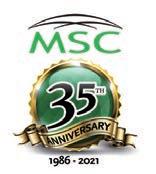


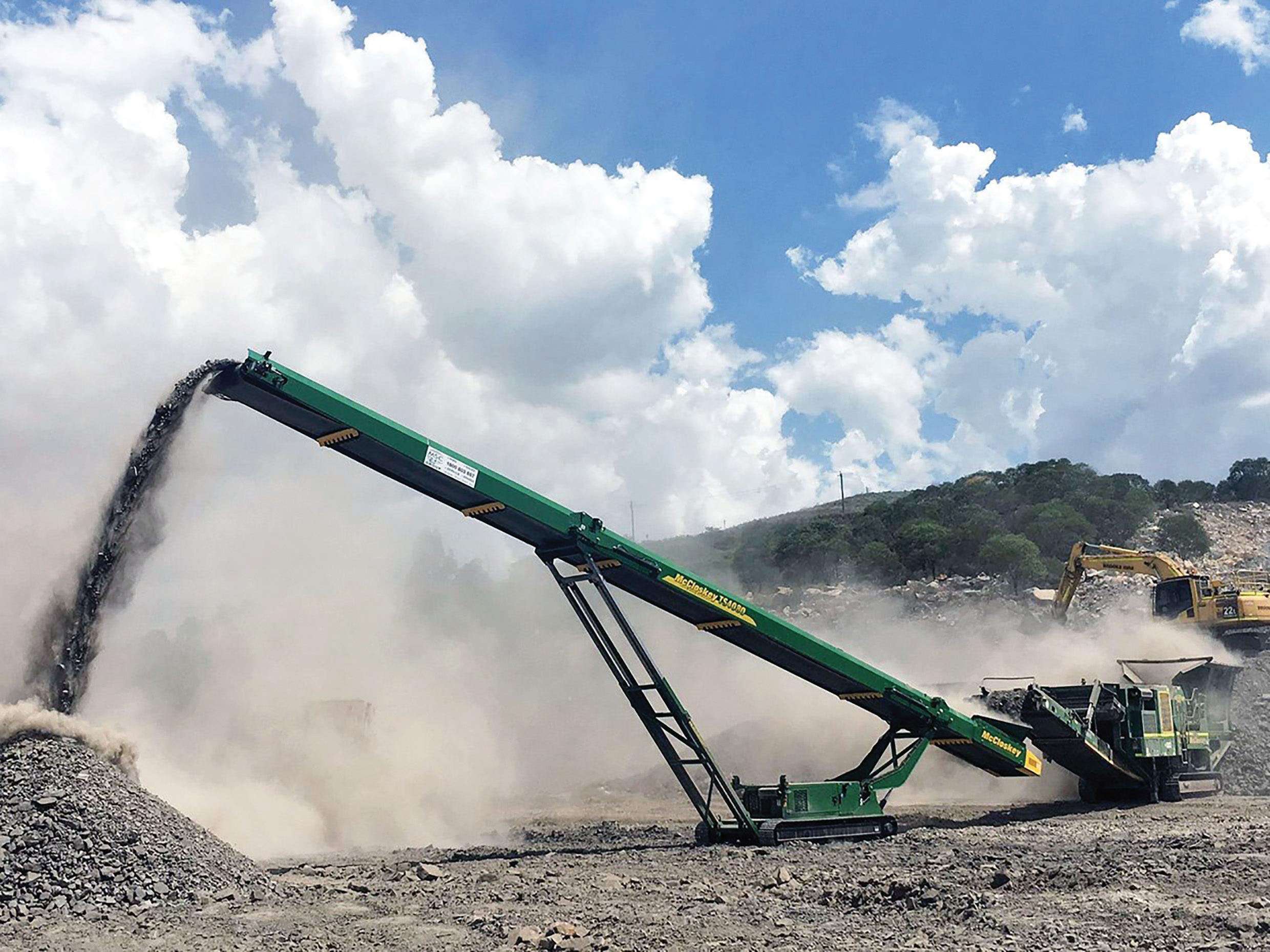
































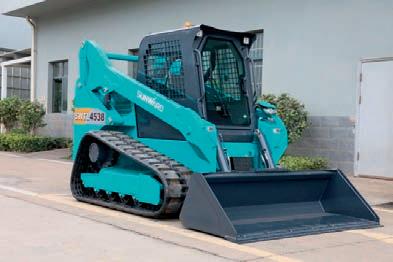








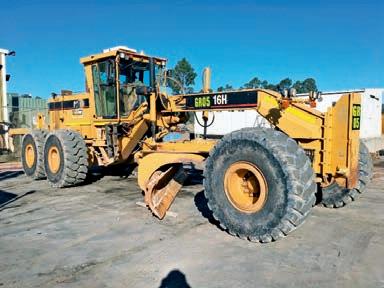
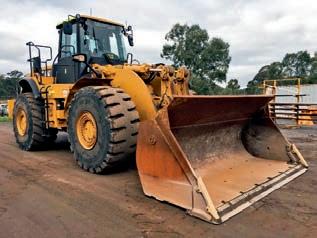


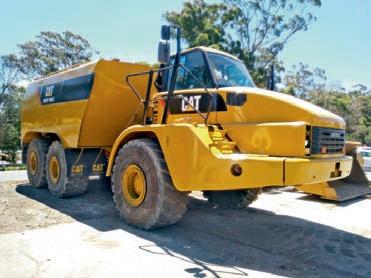


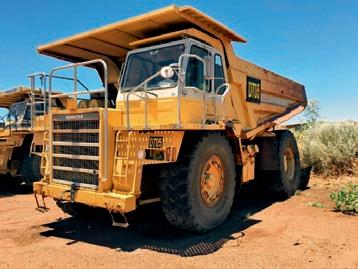




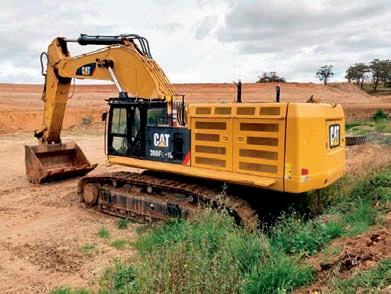


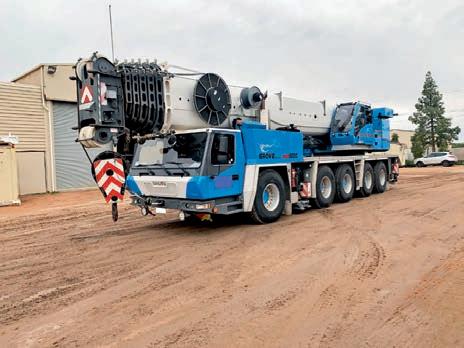



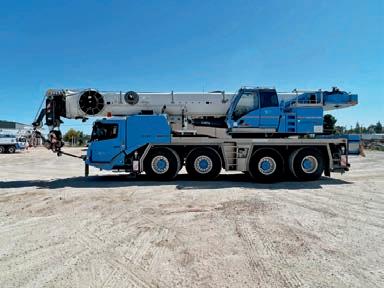

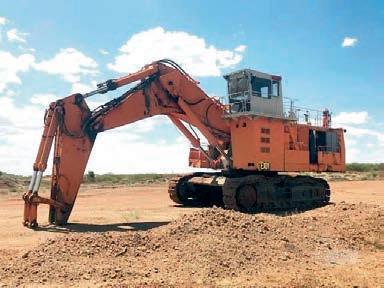










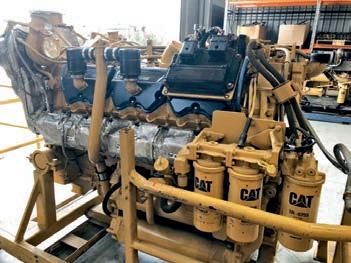








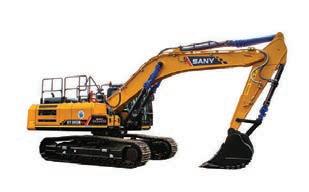



Crusher & Screen Sales Pty Ltd (CSSH) are the IMS distributor for Australia since 2012 and have been instrumental with IMS in developing plant for Australia conditions and requirements, there has been a strong emphasis on high quality plant for blending and pugging material for the quarry, construction industry, remediation of contaminated soils and blending of recycled products. The plant has been designed with large feed hoppers and capacity to service small to large operations with manual controls that in most cases have the ability to be fully automated insuring constant and accurate blending and reducing operator errors. IMS also manufacture a large range of wheel and track conveyors with production up to 2000 tonnes per hour and up to 45 meter long and screening plants.


CSSH and IMS together continual to improve their plant with feed back from clients and adjusting or adding new plant and ideas particularly in the blending of products to make previously discarded and recycled products into a sellable item, there is a strong desire by departments to add recycled concrete and other products into construction materials to reduce waste, landfill and raw material demands.
The IMS-PM1050-16Tb Track Pugmill is now the largest selling pugmill In Australia with capacity of up to 500 TPH, available in manual adding only water / liquids or fully PLC computer controlled and recording system adding cement, lime, or most powders etc. The PLC can be controlled by an iPad in the loader operating all the functions including client or batch mix changes, loading truck and multiple trailers direct, stopping automatically once each item had been loaded with the correct tonnes and then restarted off the remote to repeat on the next truck or trailer. The recording system displays all batchers for the day and filing into projects or client names along with a summary of the total products used for the day for management control. All reports can be sent to the office or client showing the programmed percentages of each product compared to the actual results including a graph combining all the products processed. The control system can be integrated with other IMS products including electric modular blenders and pugmills offering up to four raw materials and multiple powders and/or liquids all blended at once.








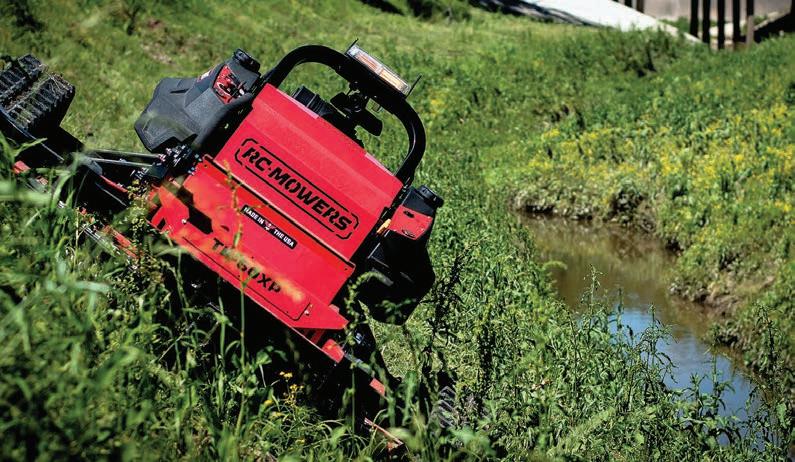

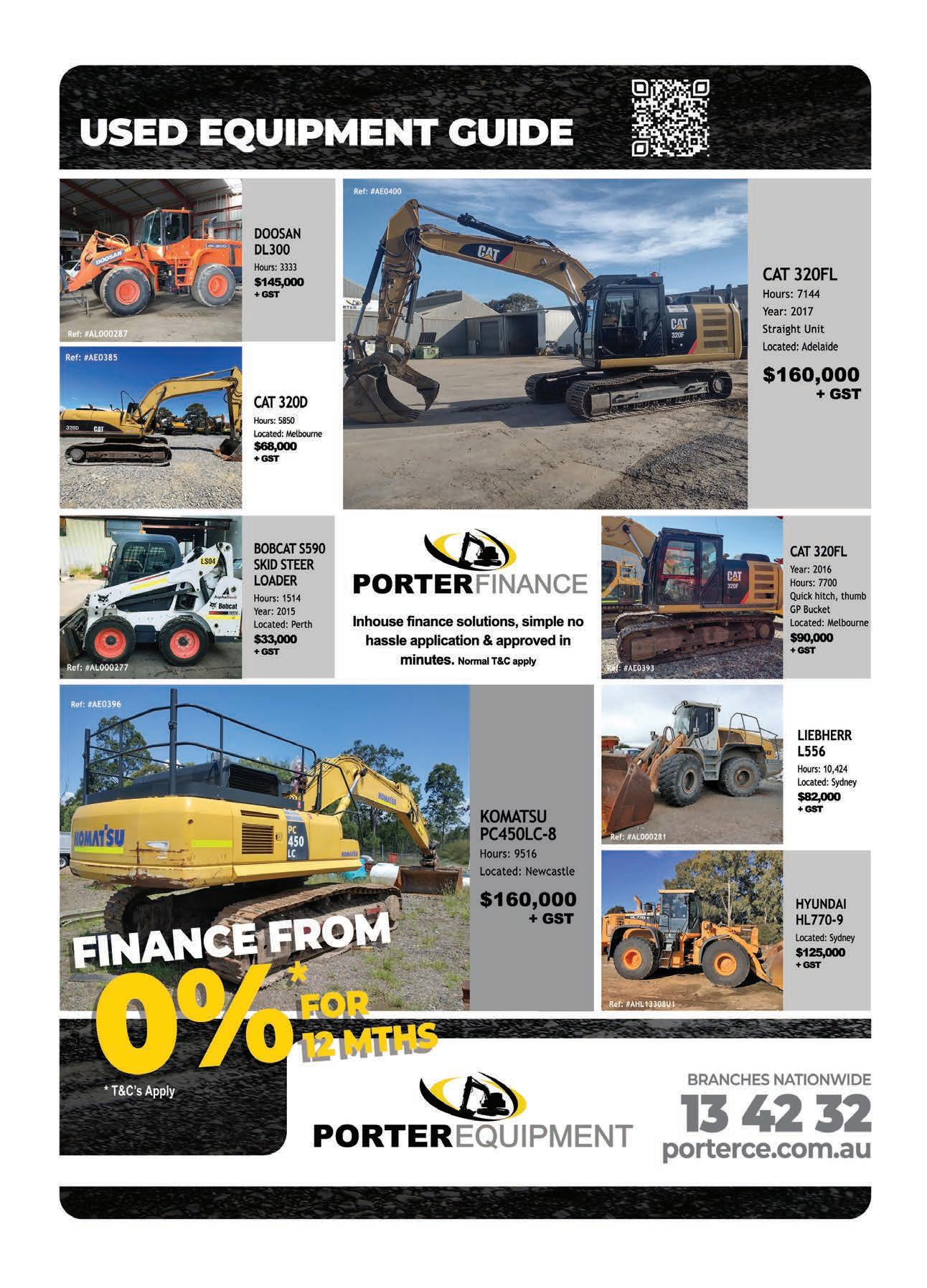




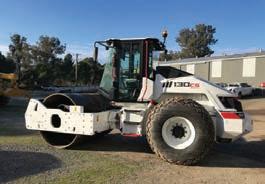




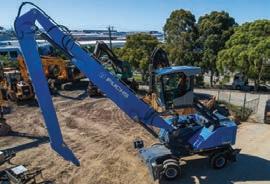
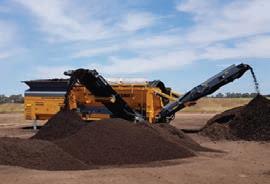







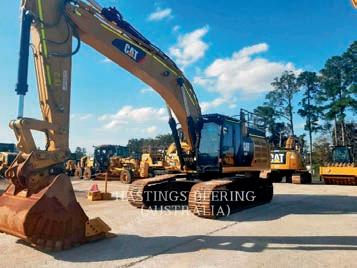



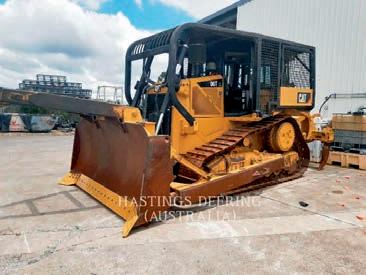
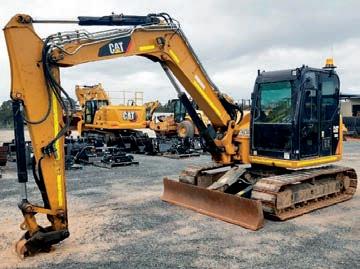












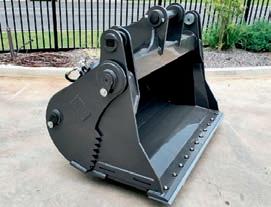






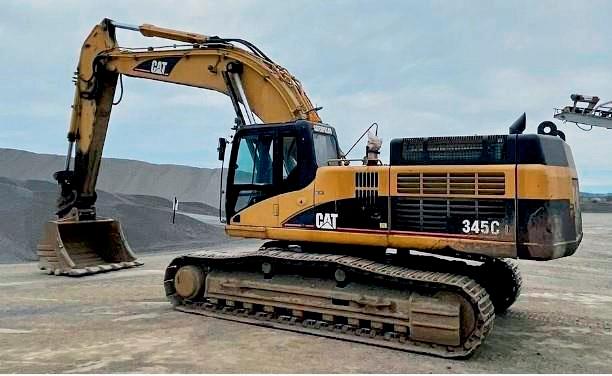













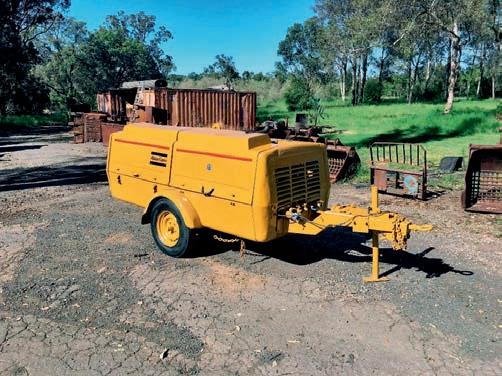
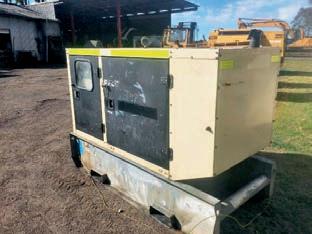














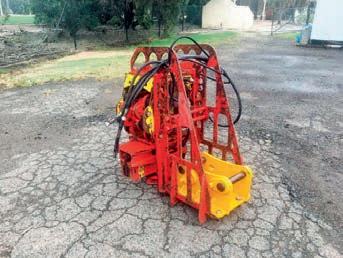





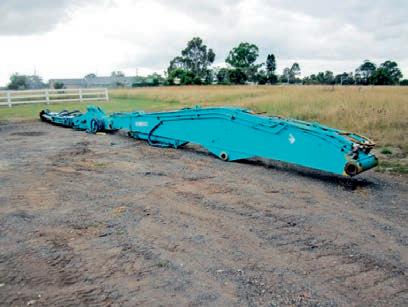

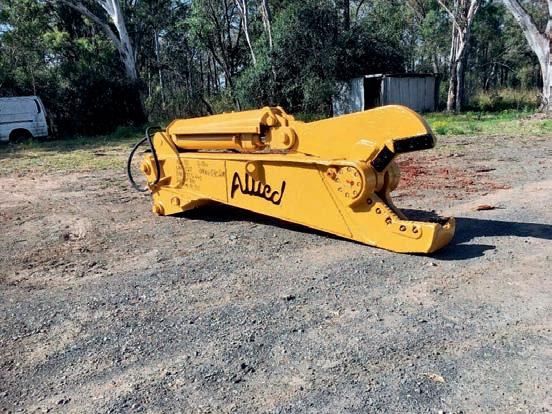


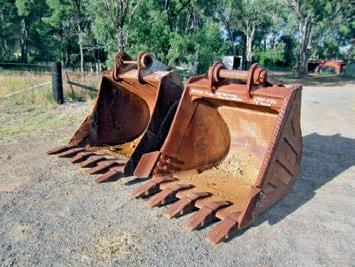








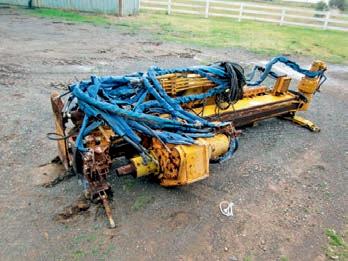
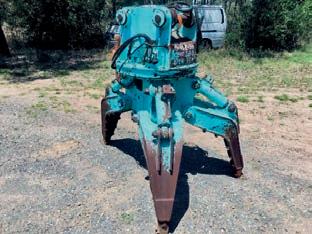
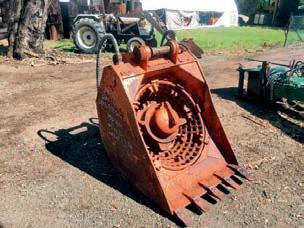






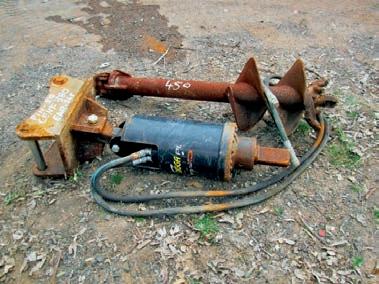

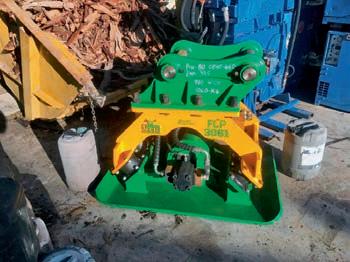

Depending on the jobs on hand, renting attachments can be an economical and low cost way to excavate, demolish, quarry or mine.

Ability to hire an attachment enables our customers to quote or tender for jobs that require specific equipment they may not have.

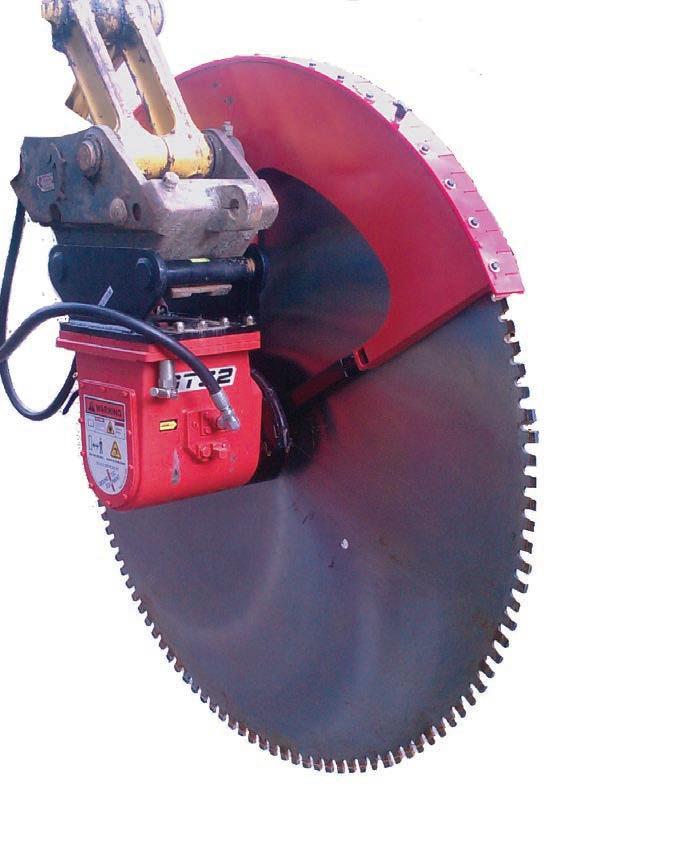
An attachment can be rented with the view to purchase new equipment. The rental charge will be refunded should a purchase take place. Conditions apply.
Our rental equipment features over 100 latest hydraulic attachments that are regularly serviced and professionally maintained to ensure a troublefree and productive hire period. Our experienced staff will help you choose the correct attachment to suit your application and specific job.
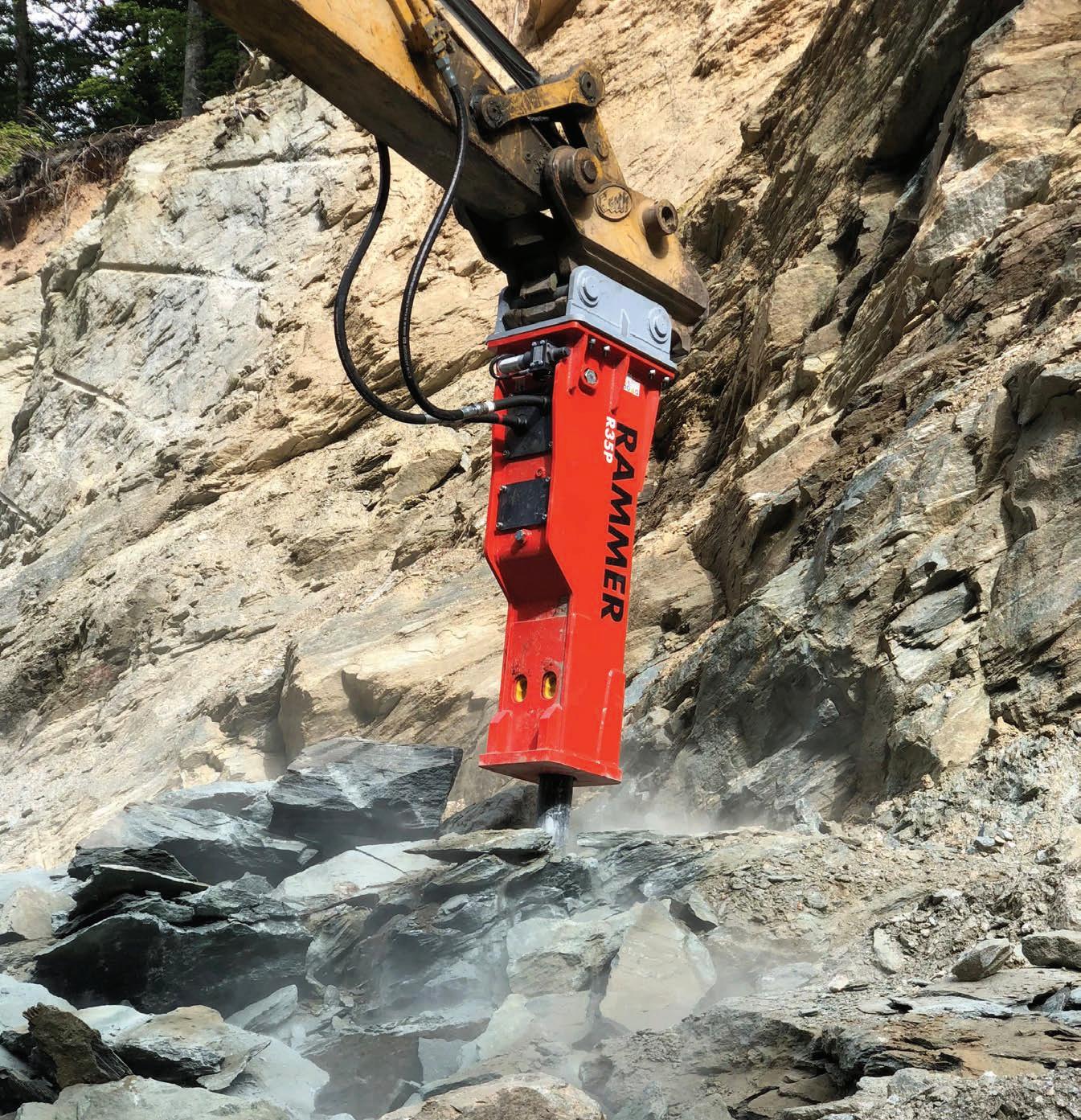








4 x Idlers D475 $7,000 IDL59
6 x D375A/2 Segment Group $1,800 SPK143 10 x D355A/1 DF Rollers $990 RLS102 4 x Idler assy D375A/2/3 $4,500 IDL79 4 x PC1100/1250 Link assy $13,000 LAS145 6 x PC1100/1250 Sprocket assy $2,400 SPK142 8 x 475A/2/3 DF 198.30.00432 $2,150 RLS127 9 x 475A/2/3 SF 198.30.00421 $2,000 RLS41

LIEBHERR 994 B 204 x Shoes suits LH1316/850 $600 PLT38 2100 x bolt / nut pair $50 NBS26 2 x Rollers LH1786 $4,000 RLS132 1 x Idler LH1320 re-con $25,000 IDL148 1 x Idler LH1704 re-con $25,000 IDL172 2 x Sprocket assy LH1680 $7,000 SPK96
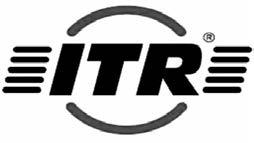







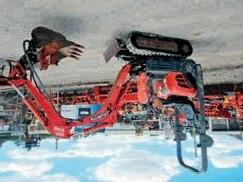


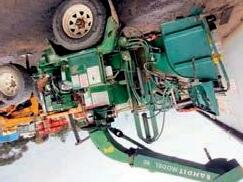



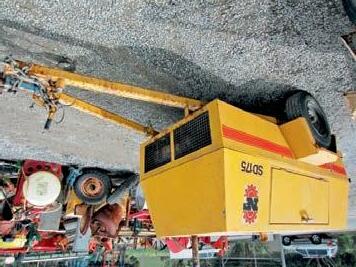


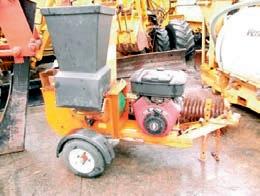










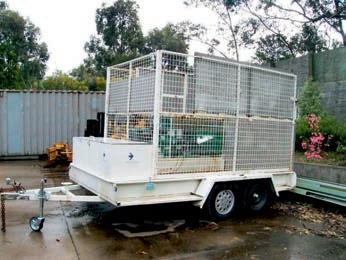


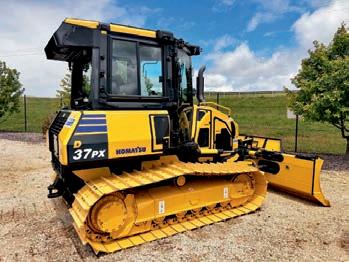
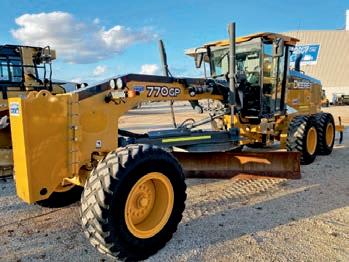




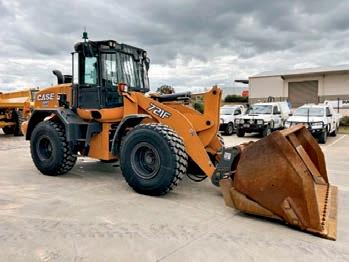


ALLIS-CHALMERS/HANOMAG/MASSEY JOHN DEERE INDUSTRIAL
PARTS FOR Dozers, Loaders, Drotts, Graders, Scrapers


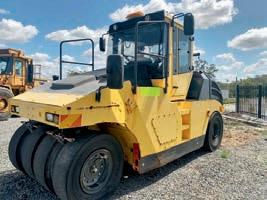


ALLIS-CHALMERS: Model “M”, HD5, HD6B,E, HD7W, HD7G, HDIIB, EP, HD15-16, HD16DC, HD16DP, HD19-21, HD41B


FIAT: 451C, 555, 605, 50CI, 70CI, AT7C, 8B, BD10B, FD10E, BD20
HANOMAG/MASSEY: 2244, 200, 300, 3366, 400, 500, L400C, L600C, D600D Super, D700C

JOHN DEERE : 1010C, 850
ALLIS-CHALMERS: TL12D, TL14, TL20, 545, 605B, 645, 745B,C
FIAT: FR20B LD3, LD5, LD7 & LD9 Scoopmobile HANOMAG/MASSEY 22,33C,44, 55, CL55C,66C-D, 77

ALLIS-CHALMERS: D, DD, M65, 65B, AD30-40, 45, 145, M100A, B, FG95

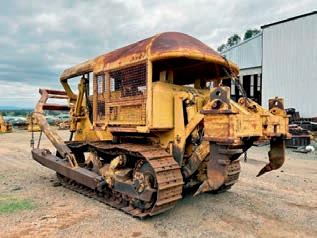
DRMCO/CHAMPION 562, 600, 720, 740 JOHN DEERE 570, 570A, 670A, 770, 770A, 772A
ALLIS WHEEL TRACTORS AC





Phone: 07 3379 9419 Website: www.cobraequipmentsales.com.au

Email: info@cobraequipmentsales.com.au

Top quality equipment manufactured by Shantui Construction Machinery Co. Ltd. - one of China’s top manufacturers and the world’s largest producer of bulldozers. Chinese equipment varies wildly in quality and Cobra Equipment Sales is focused on selling only the best as a factory-approved distributor / dealer.
Shantui L76-C5 Loader
23.68 tonne with Cummins QSL9.3 Tier 3 180kw (242hp) engine (Cummins Australia warranty), 4.5m³ bucket, 750-65R25 tyres, German ZF BP230 transmission, reverse alarm, flashing light, radio / MP3 player, suspension seat, air-conditioned cabin with Australian standard ROPS. Quality build.
$225,000 plus GST = $247,500* Finance options available.
16.8 tonne grader with Cummins 6CTAA8.3-C215 160kw (214.5hp) engine (Cummins Australia warranty), 14ft blade, ZF WG200 powershift transmission - 6 forward / 3 reverse, with transmission guarding, no-spin self-locking differential, 17.5x25 tyres, rear rippers, front blade, radio / MP3 player, suspension seat, air-conditioned cabin with Australian standard ROPS. $210,000 plus GST = $231,000 Other graders from $158,000 plus GST.
16.4 tonne with Weichai Tier 3 162kw (220hp) engine, 3m³ bucket, 23.5-25 16PR tyres, reverse alarm, flashing light, radio / MP3 player, suspension seat, air-conditioned cabin with Australian standard ROPS. Quality build.
$128,600 plus GST = $141,460*
Shantui also produce excavators, rollers, bulldozers and other equipment.



Parts for Shantui, XCMG, Yutong, XGMA, JCM, Maxxam, Lonking, HBXG, Liugong, Chenggong, Foton, Lishide, Nante, Yuchai, Dongfeng, Liuzhou ZF, Hangzhou ZF and Meritor, etc.
*Pricing may vary due to the exchange rate and the options / attachments selected.
Shantui L55-C5 Loader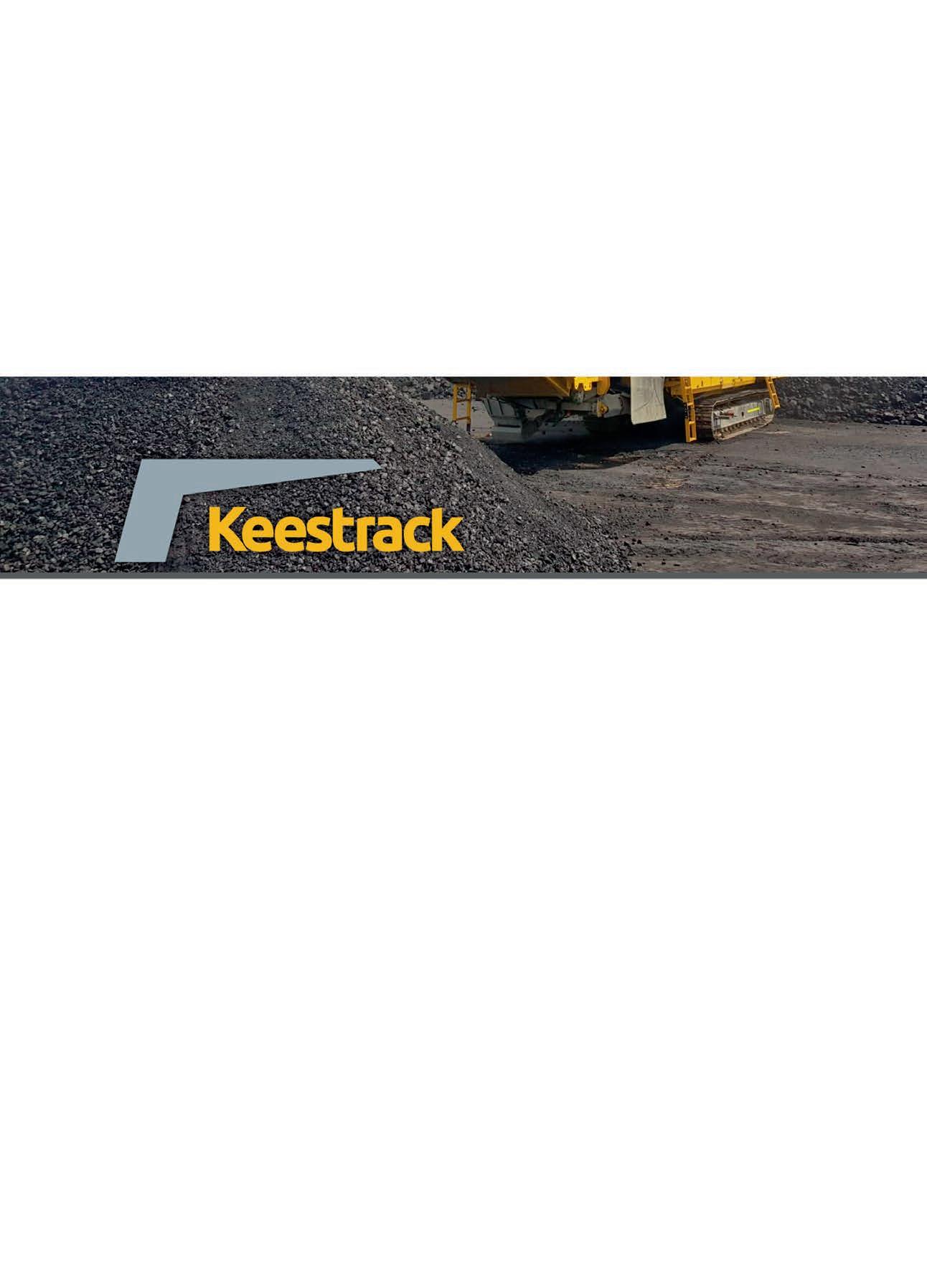



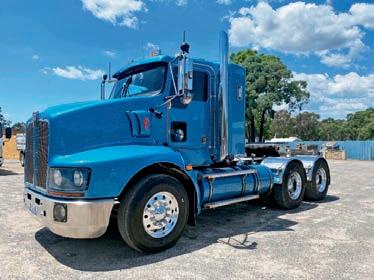





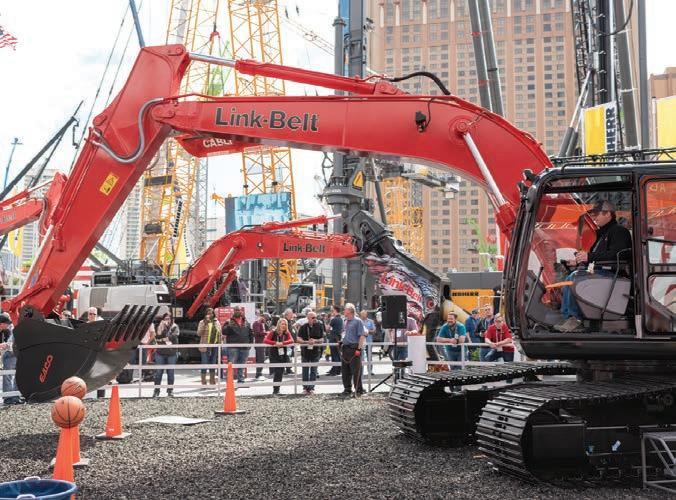



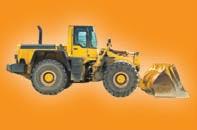



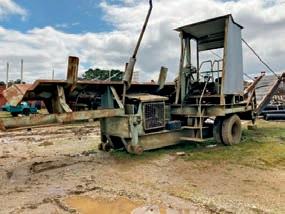








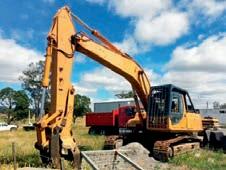

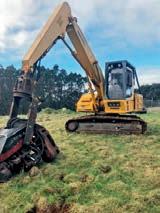



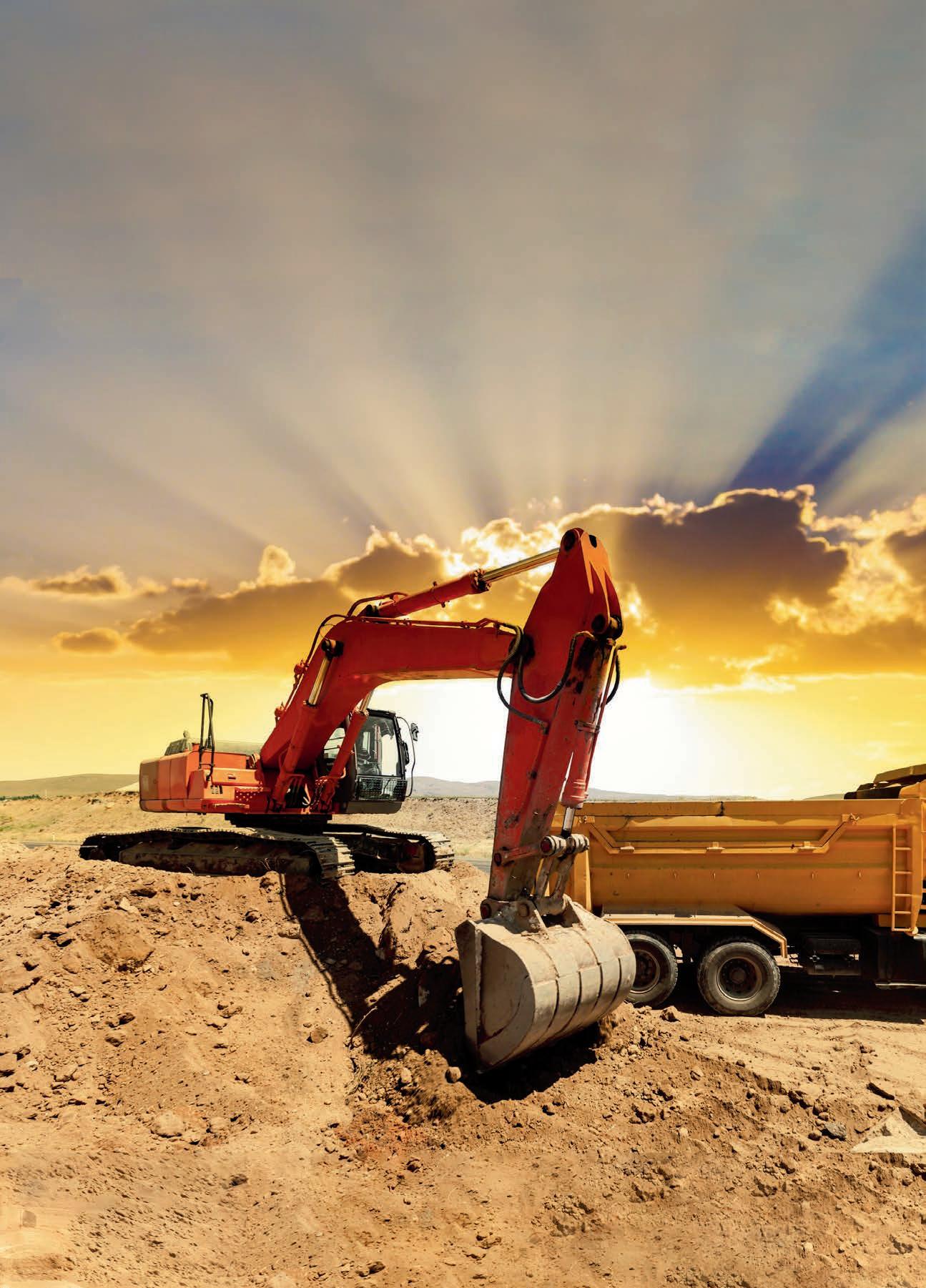

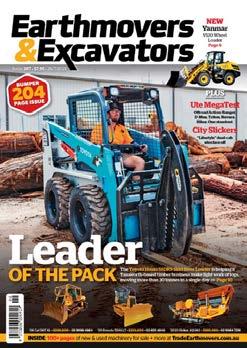























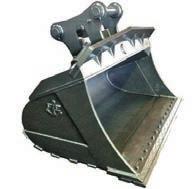
ASSORTED HYDRAULIC HAMMERS. 100 tonne – 1 tonne, new, used & hire. Includes HAMMER HS8000, HS4500, Indeco HP9000, UP7000, MES5000, MES4000, 3000, HP2000. New Sandvic BA 2323 BR3088, S21, S22, S23, S25, S27, S83, S54, S86, E68, Rammer, Atlas Copco, HBC2500, MB1700, MB800, SB150, RFG, MONTABERT V55, V45, BRH501, BRH250, BRH125, Star SH1400, SH992, SH200. Stanley, TNB, Promove. GTX. MUSTANG, Rockram, Rockhammer, Furukawa, GB, KRUPP, SOOSAN SBI00TS, SB70. Can demo, cheap Austwide freight. Photos emailed. Ph: 03 9719 7483, 0433 372 416. (EMP-340--02)
BLUE METAL. 230acre property for sale, large amount of quality metal Test reveal material is suitable for concrete aggregate, road base & ceiling aggregate. Land zoned white, close to rail, plenty of water, 3 phase power. Lowmead area. Ph: 0427 135 554 or 07 4312 1010 QLD. (EMP-343-01)

BUCKETS. New, used & hire. 250ton-1ton, includes 4 in 1’s, loaders, tilts, sorting, rake, clamshell, grapple, trapezoid, telehandler, hammer buckets. MISU screening buckets. Flipscreens, M.B crusher buckets. Photos emailed. Cheap Austwide freight. Ph: 03 9719 7483, 0433 372 416. (EMP-340-03)


LONGREACH BOOMS. 45ton, 30ton, 20ton & 8ton excavator. Also 20ton extension sticks & 7.5ton hydraulic extension booms. Genuine Cat 30 Ton Longreach. Cheap Austwide freight. Photos emailed. Ph: 03 9719 7483, 0433 372 416. (EMP-340-04)
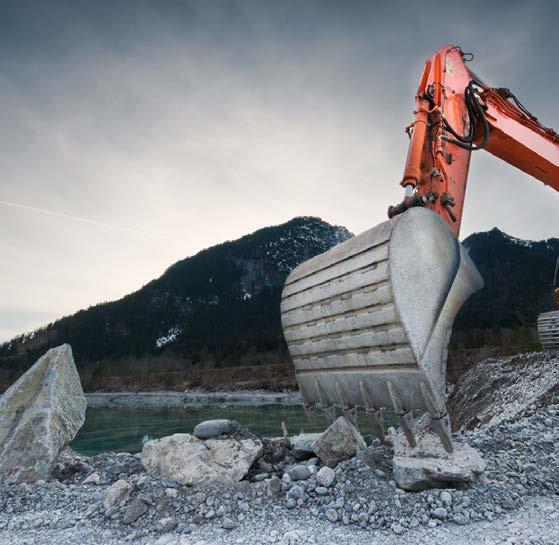
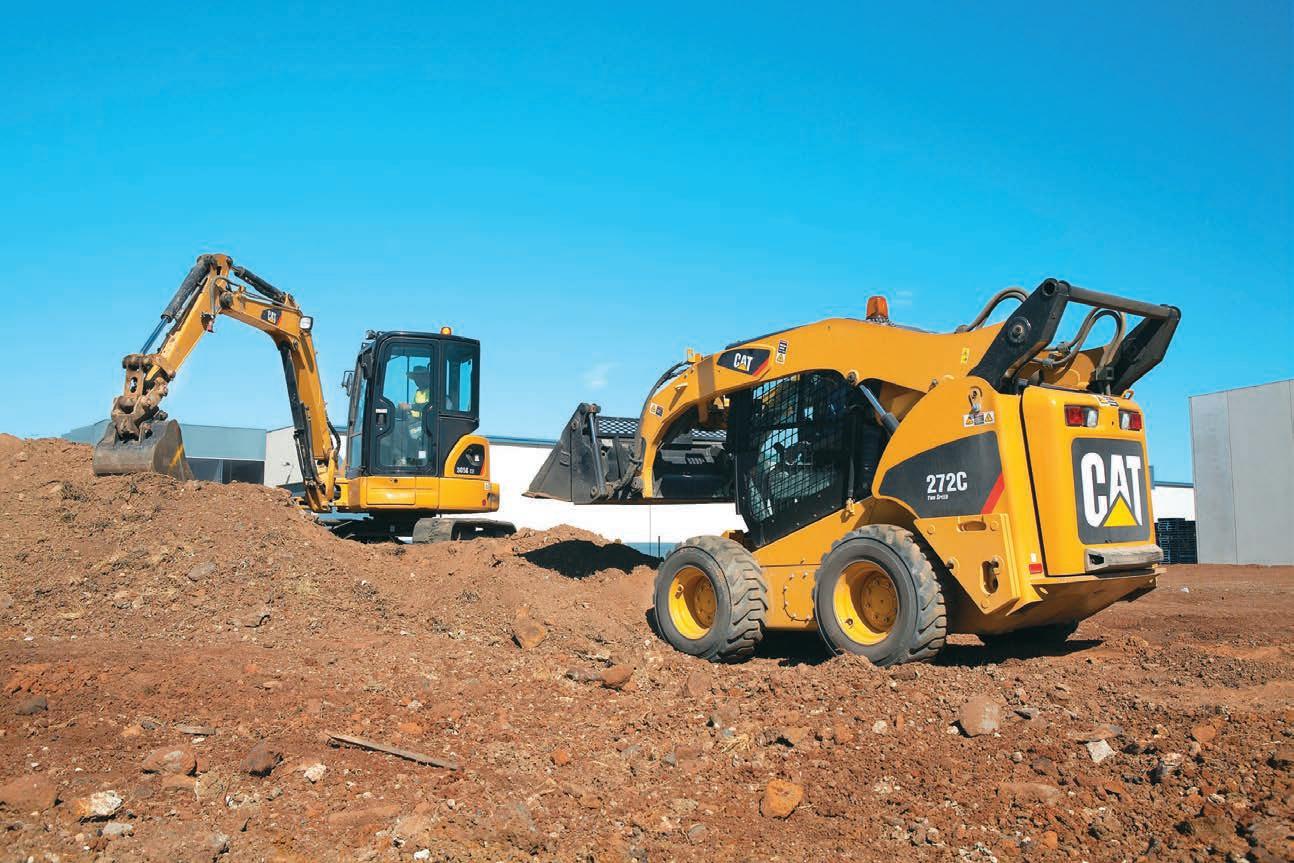
SOLAR POWERED Variable message boards. Techroad 8600, Ditchwitch JT820. Also light towers, trailer mounted. Wacker, Almand Bros. Free rolls. Hire & sale. Photos emailed. Cheap Austwide freight. Ph: 03 9719 7483 or 0433 372 416 (EMP-340-08)


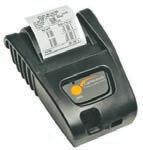
ASSORTED PARTS. Lots of rubber tracks. 950 R.O.P.S. Rock Buster 1220, New D155 triple bar grousers, 26.5 x 25 x 28 ply tyres. D65 rollers, combination roller, concrete saws, loader rims & diffs, ZF & Hamworthy, track bases 20 & 30ton. Cheap Austwide freight. Ph: 03 9719 7483, 0433 372 416. (EMP-340-05)
HYDRAULIC EQUIPMENT. Hydraulic motors and pumps, power packs Defence Force, electric & diesel with piston pumps. Many reco piston pumps, elect valve banks, control banks & rams etc… Cheap Austwide freight. Ph: 03 9719 7483,

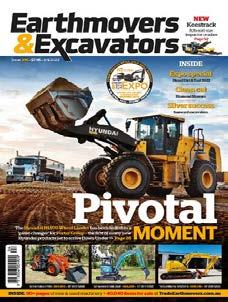






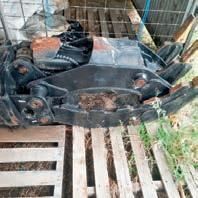
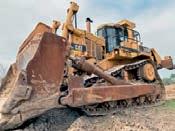























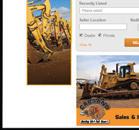

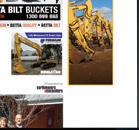







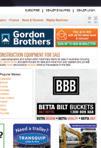



















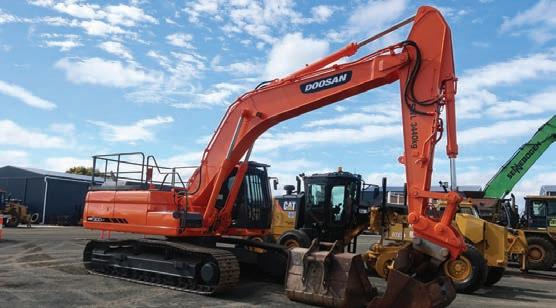
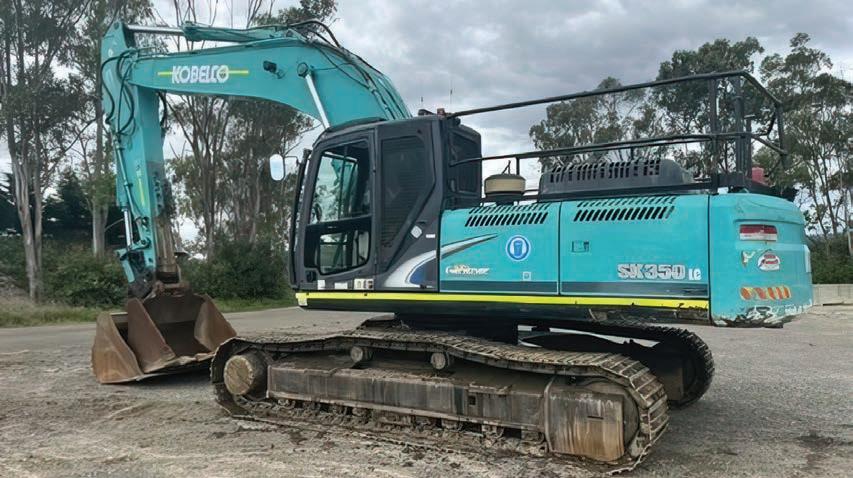
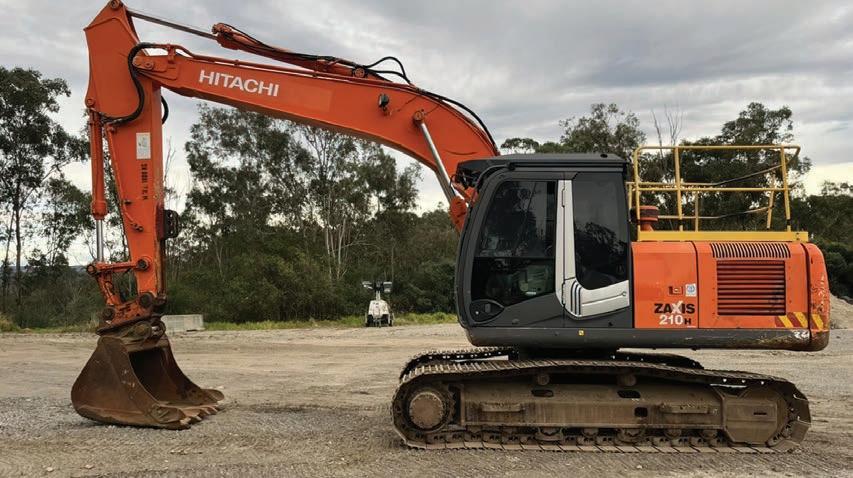






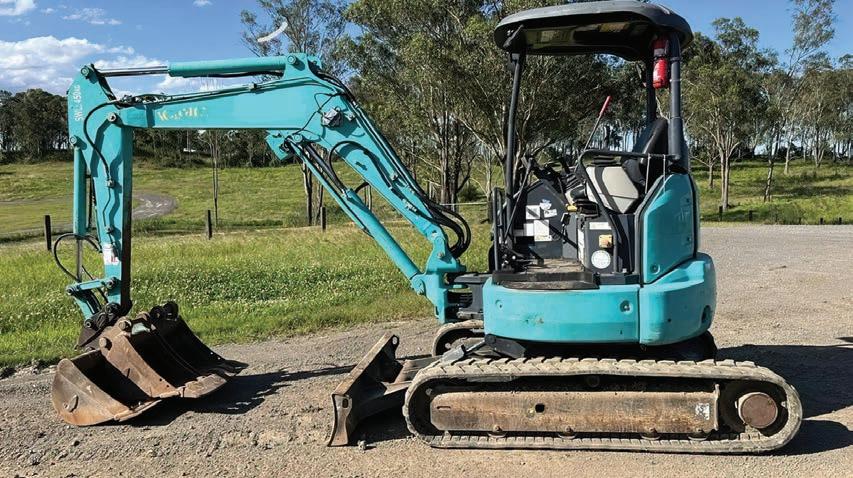







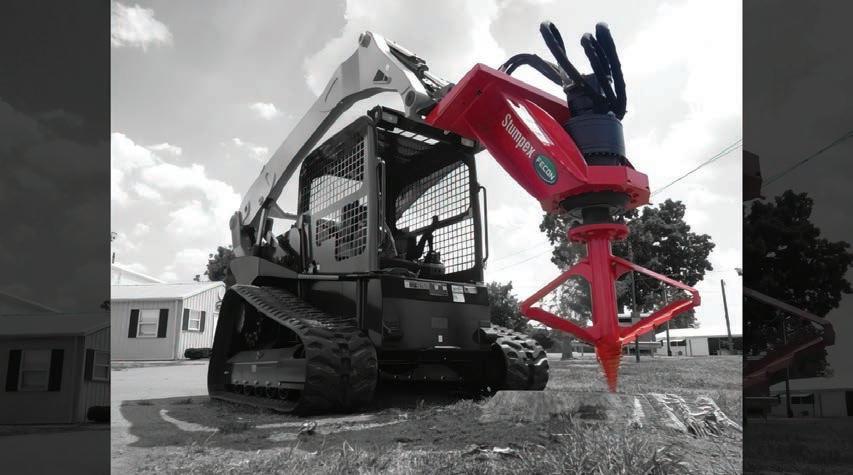


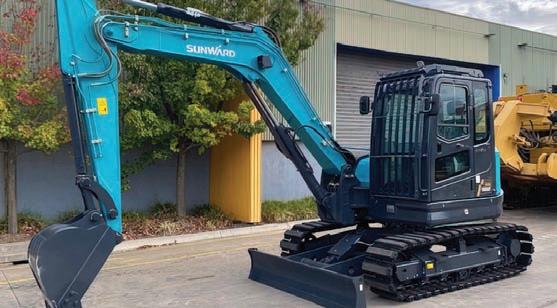
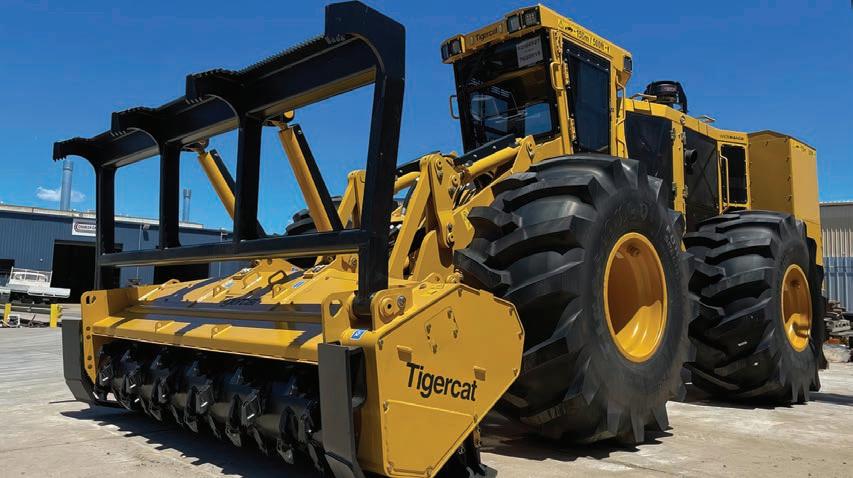


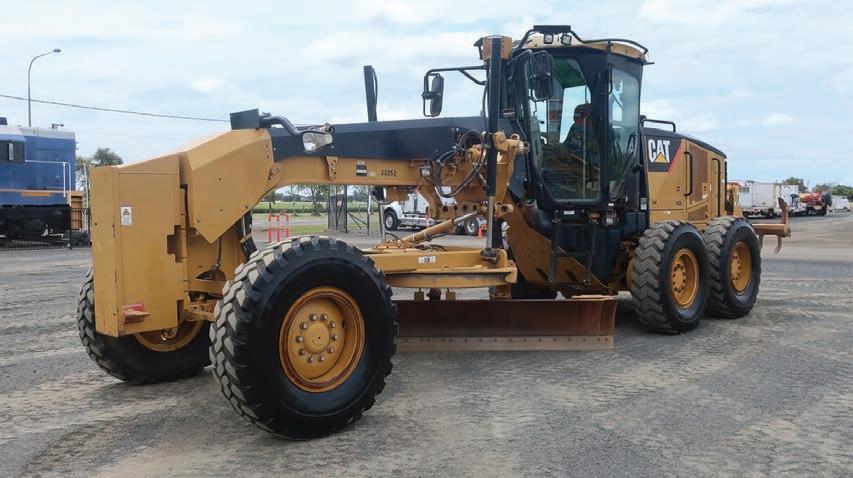








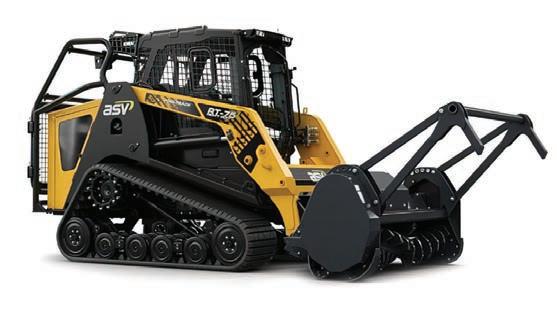












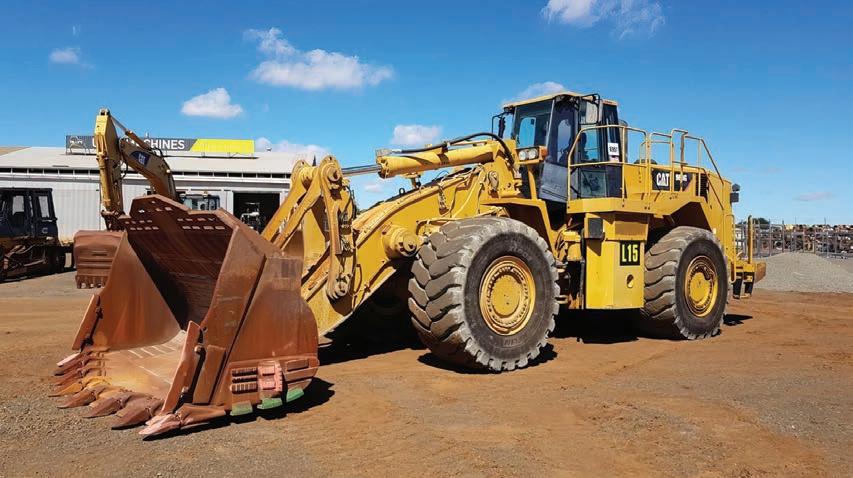



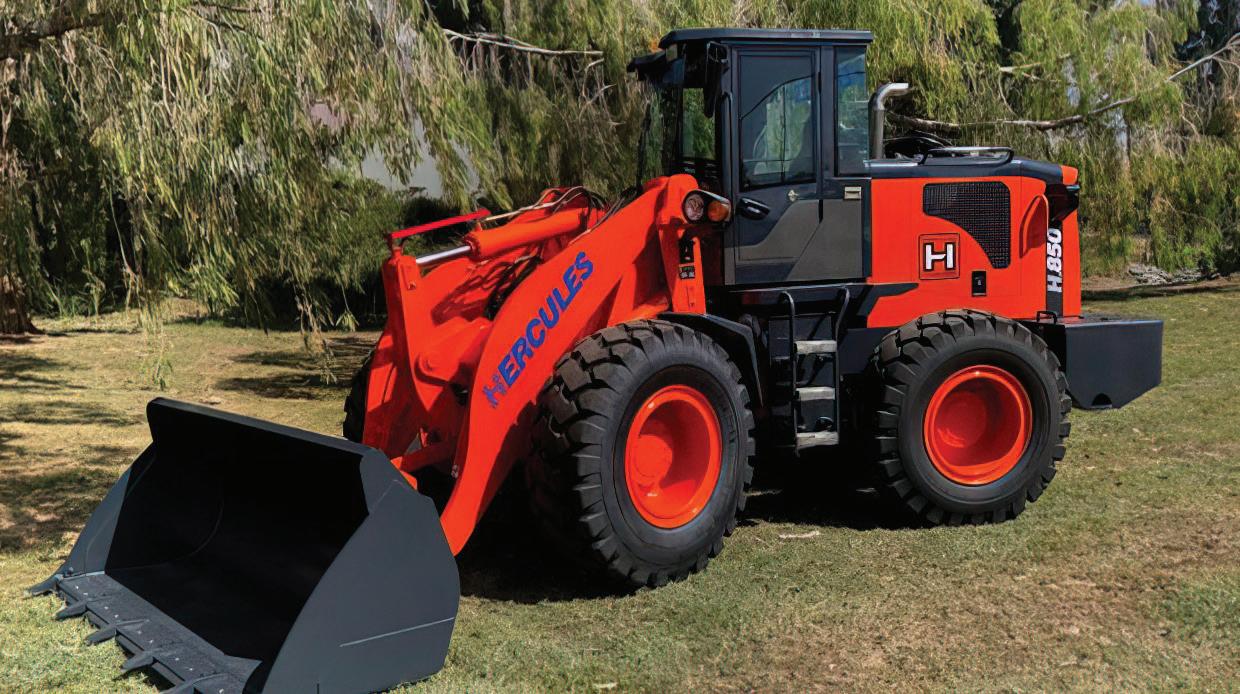












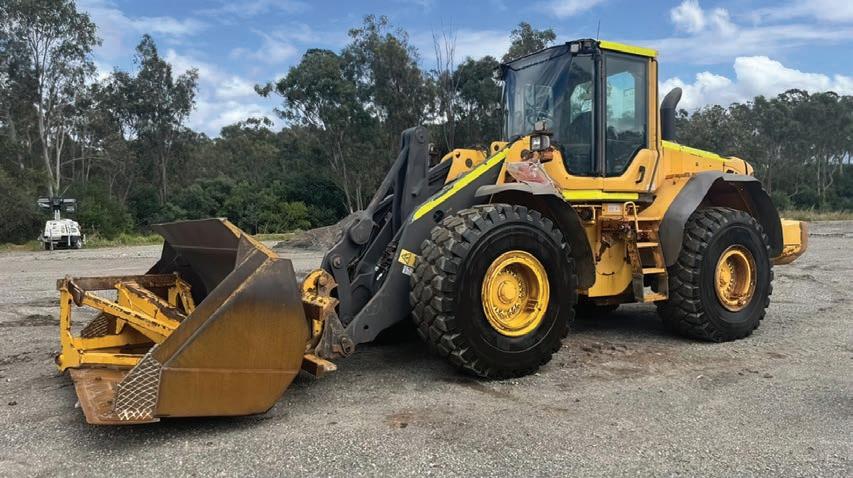




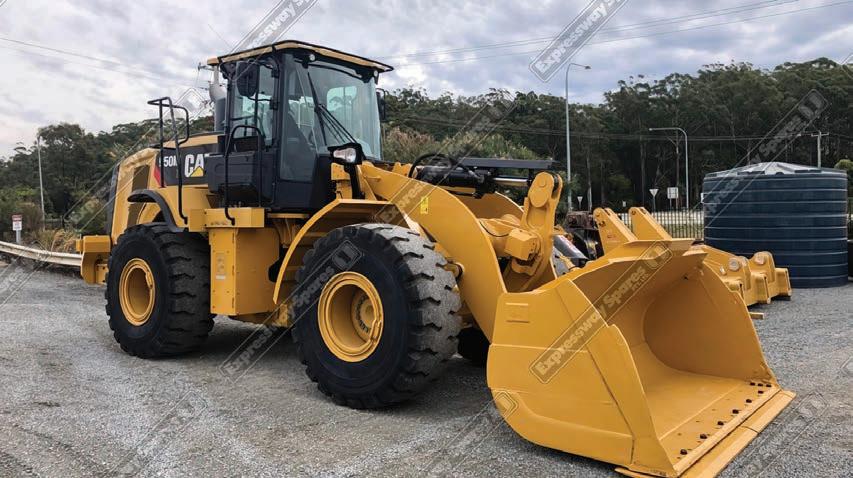


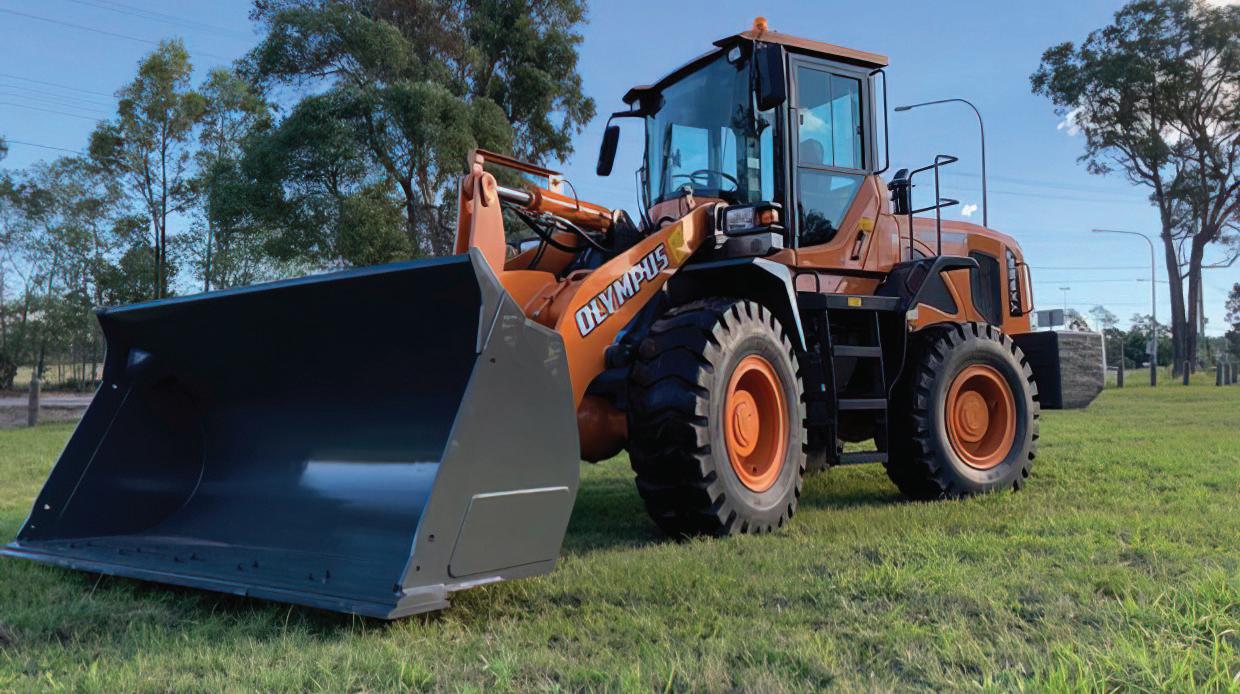











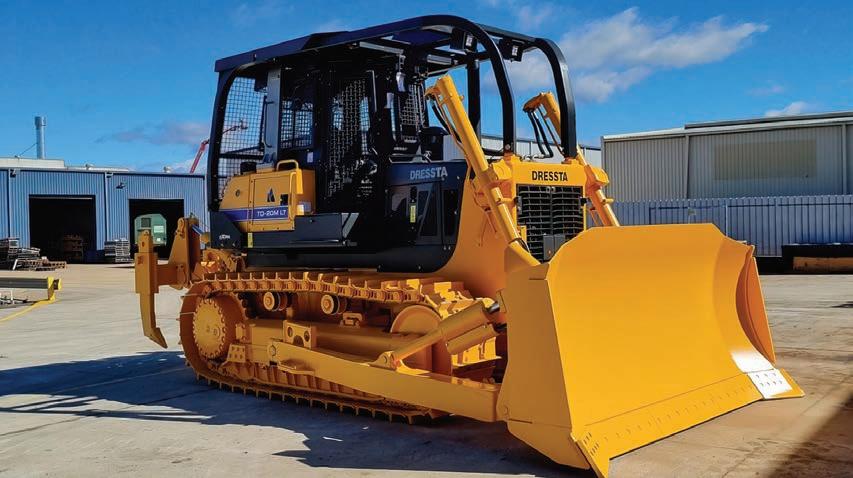
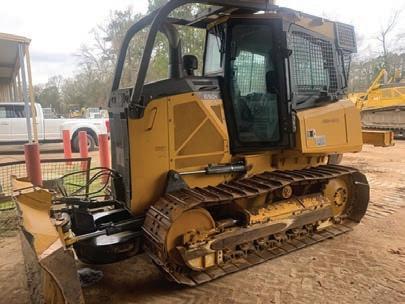

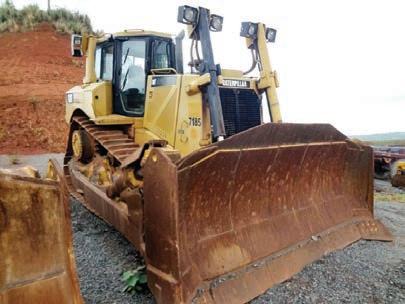
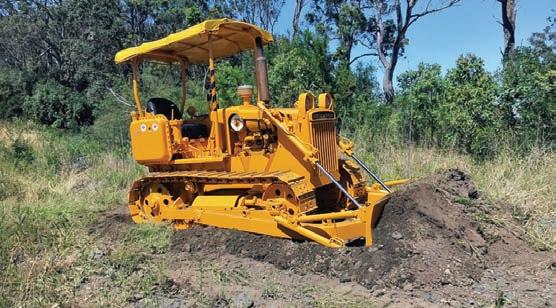


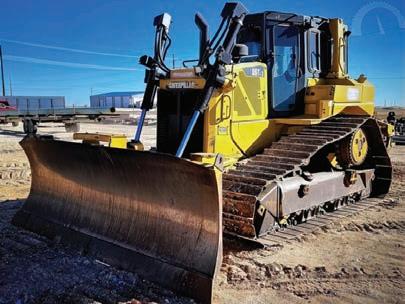






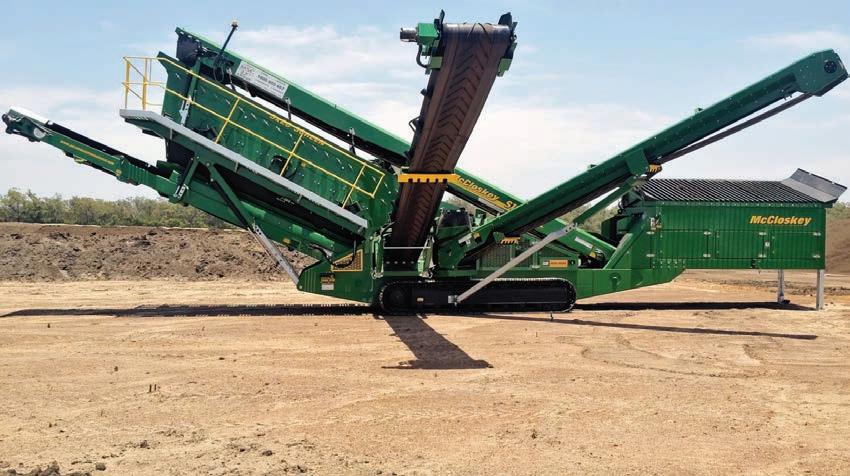




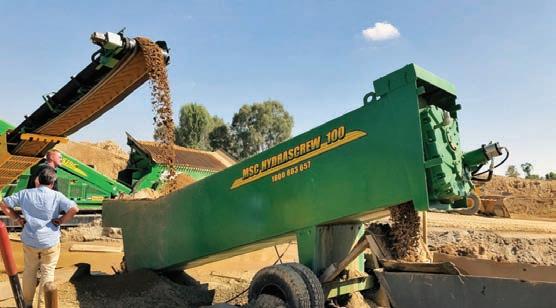






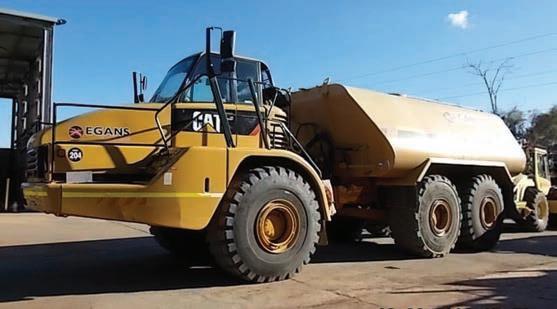

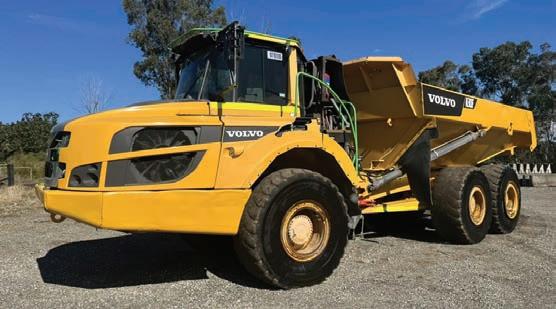









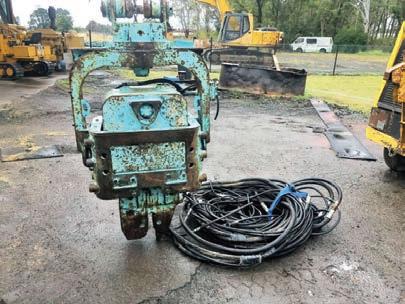










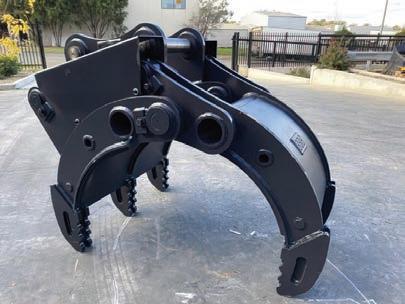
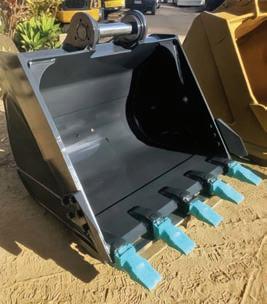
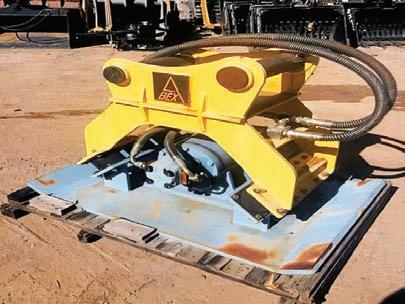





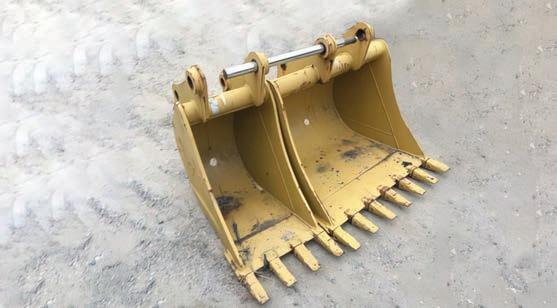




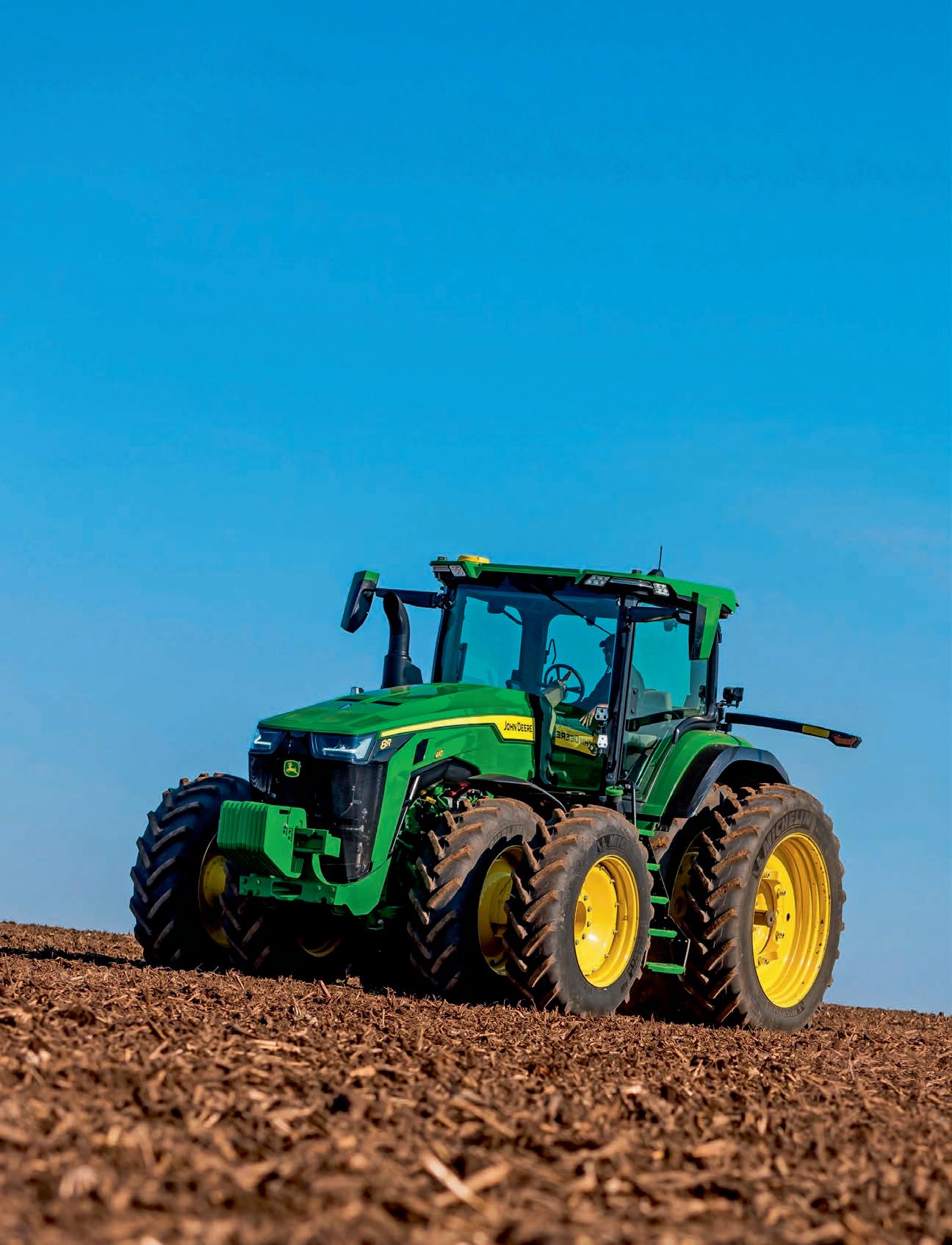



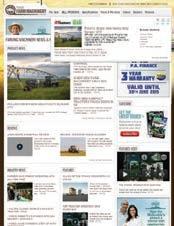




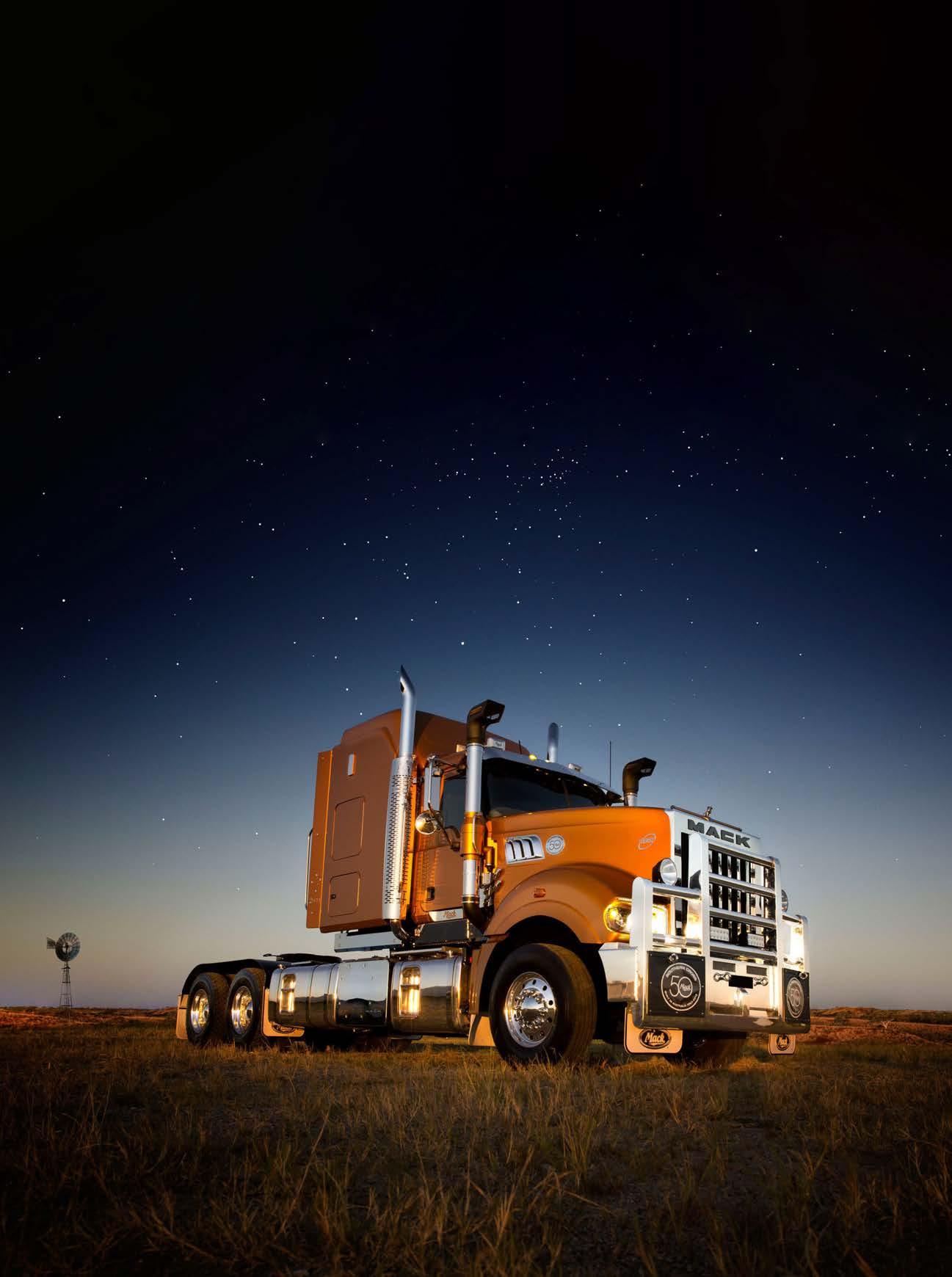
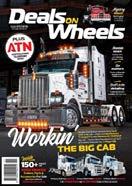






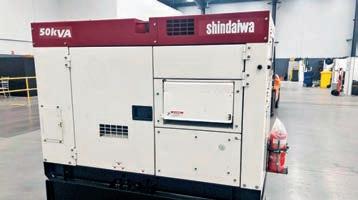





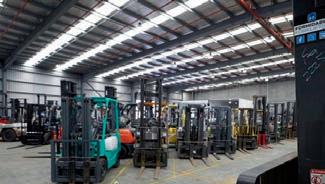



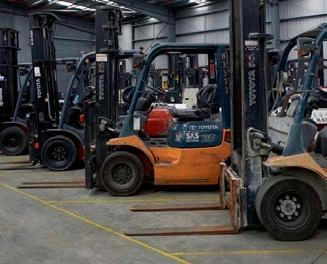




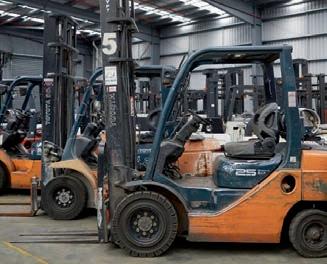


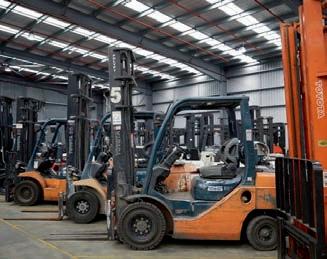
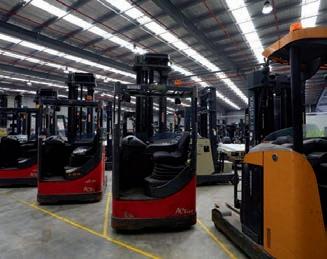

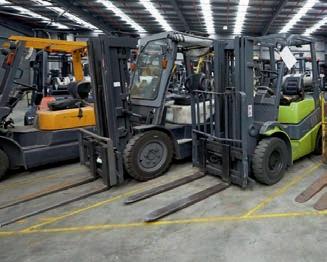


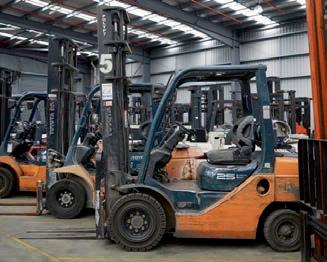


Hare & Forbes is currently accepting pre-orders for a December shipment of the ArcDroid CNC portable plasma robot, after products from the first sold out earlier this year.
The company says the ArcDroid will appeal to anyone who needs to cut custom shapes and plates – ideal for onsite structural work, agricultural repairs and automotive restoration workshops.

“Even small fabricators with limited workshop space or home hobby workshops will benefit from this compact and versatile portable plasma robot,” Hare & Forbes says.
Weighing just 16 kilograms and having a convenient cut envelope of 660mm x 380mm, the ArcDroid operates from a 10-amp 240v supply and is easy to transport and store.
It features a glove-friendly intuitive touchscreen interface and comes standard with quick change holders that allow the operator to change from trace to cut mode quickly, which Hare & Forbes says makes it extremely user friendly.
Its Simple Trace technology lets the operator trace the template either point to point or freehand, by moving the ArcDroid arm to follow the contours of the template.
Hare & Forbes says this makes it a simple matter to produce fast, accurate and repeatable parts, with the ArcDroid’s high accuracy encoders and high-resolution drives mapping the operator’s every move.
Once tracing is completed, the operator can define the cutting order of the component features and create a cut file that can then be saved to a USB stick for future use.
For anyone wanting more control, DXF drawing files can be downloaded directly to the ArcDroid for part processing..
The ArcDroid is also compatible with most CAD/CAM packages such as Fusion 360 and SheetCam and detailed g-code files can be downloaded directly to the ArcDroid via the USB port.
Most air plasma cutters can be used with ArcDroid as long as a two-wire switch can be provided for turning on and off the torch, though Hare & Forbes points out that high frequency start plasma is not suitable for use with this machine.
Find out more about the ArcDroid at the Hare & Forbes site at machineryhouse.com.au/p8990
Based in Rylstone in central New South Wales, BlackLab Solar specialises in highquality solar installation and maintenance.
Owner Paul Deegan handles all the company’s installation, maintenance and ordering himself, and made the decision to buy a new forklift for indoor operation, storing his equipment in an old hangar during a period of heavy rain.
After looking at a couple of options, he quickly settled on a Toyota 8FBE20 electric forklift, with the material quality of Toyota products a big reason for purchase.

“Every time I get on it, I just think ‘how good is this’, because, in the old days starting the business, I was in Sydney and I had my kids hand-loading the solar panels, and now I’ll lift six pallets off a truck and it’s done in 15 minutes,” he says.
Being an expert in battery and energy storage technology, Deegan says he was impressed by the batteries used in the Toyota forklift and the fact that he can run the machine inside his hangar without worrying about exhaust fumes.
Deegan has now owned his Toyota forklift for about a year and has been impressed by its performance and reliability.
Toyota 8FBE battery electric forklifts have an ergonomically designed operator compartment and the latest control tech.
Key safety features include Toyota’s System of Active Stability, to reduce the risk of tip-overs, and Active Mast Function Controller, to limit mast angle and forklift speed according to load height and weight.
Despite being a big investment for a small business, Deegan’s forklift has been a great purchase for BlackLab Solar, helping him stay on top of logistics.
“It’s made a huge difference – I’m 43 years old and I’m almost single-handedly running a million-dollar business,” he says.
“And having that machine, knowing I can jump on it, get the panels in the back of a truck in 10 minutes and I know the thing is going to start – I know it appeals to someone like me.”
How
forklift is helping a small NSW solar energy specialist go charging ahead








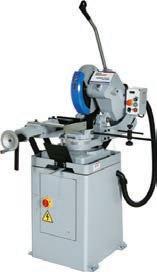























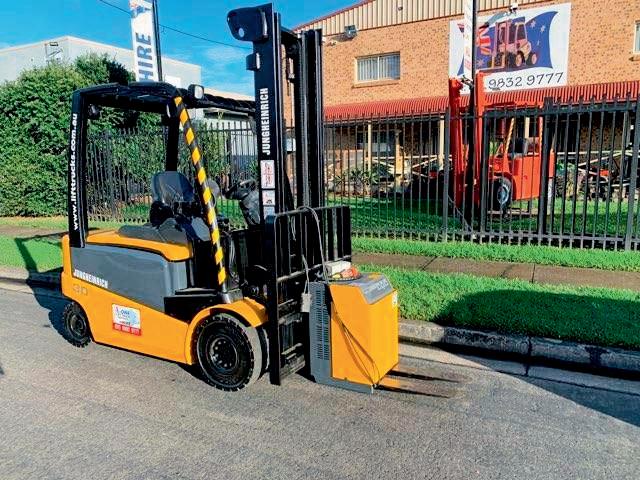



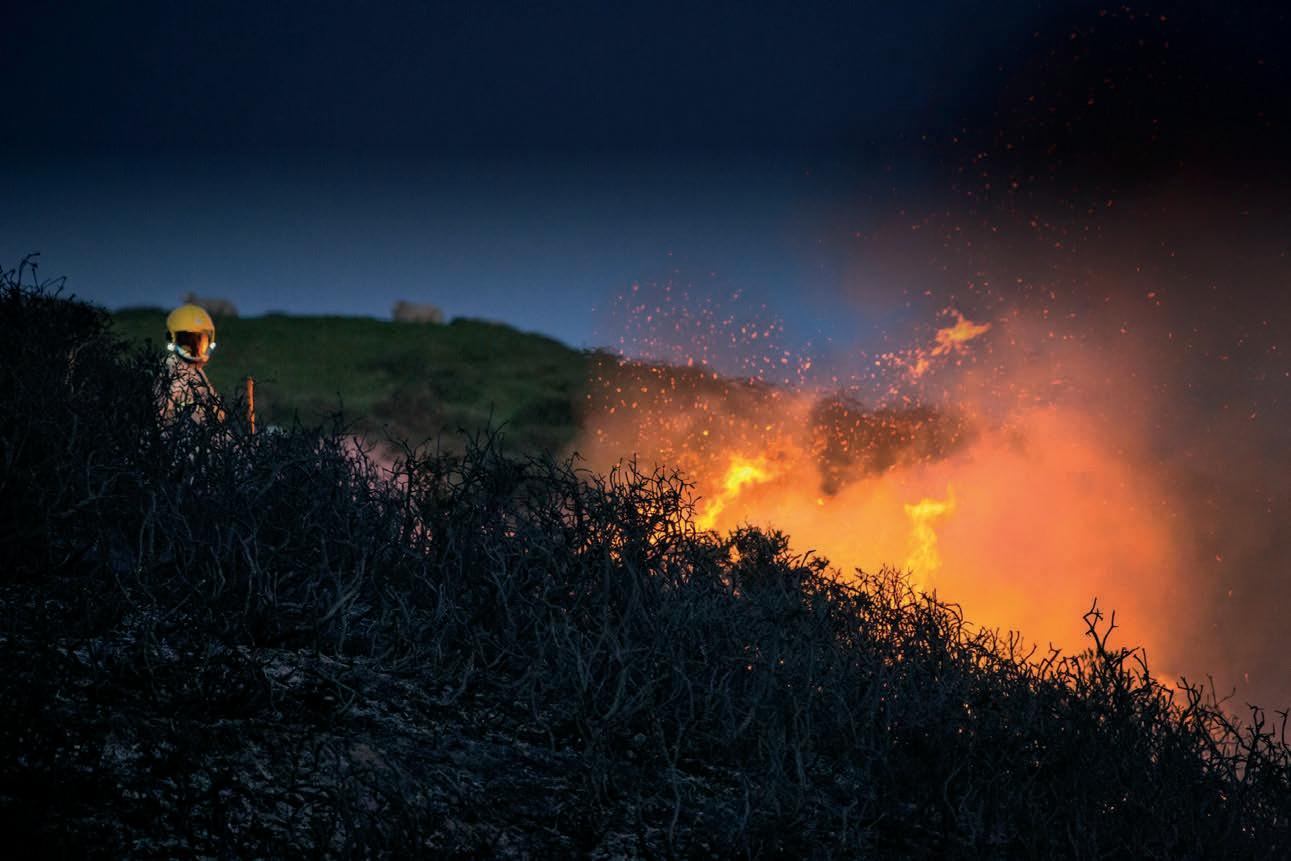

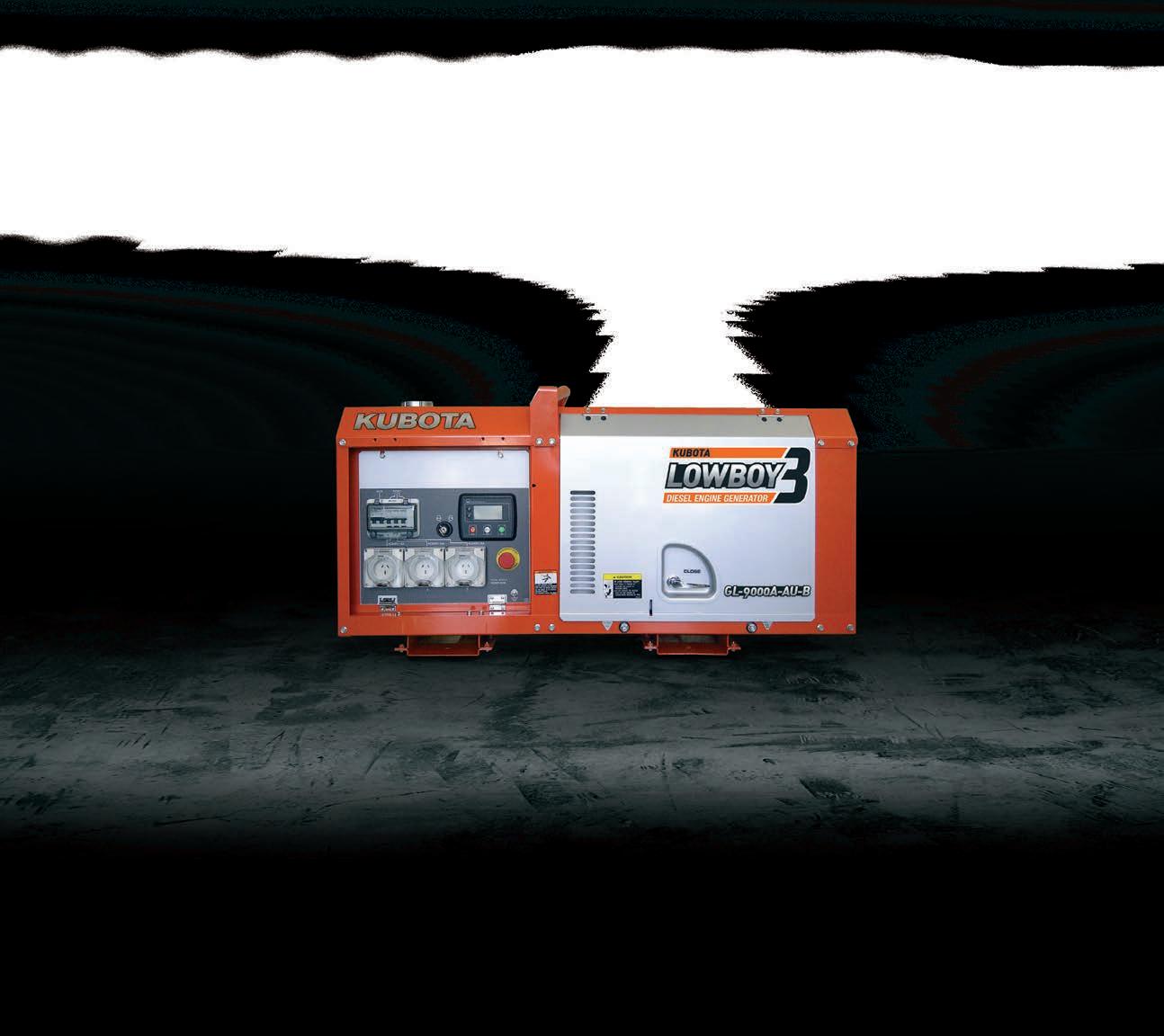




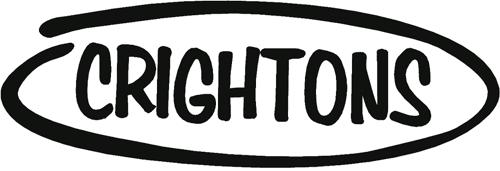

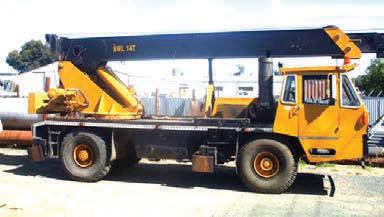


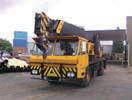
GENIEGS3268RT
SNAPPYMOBILE
SNORKELPRO66RDZ

HAULOTTEHA260PX
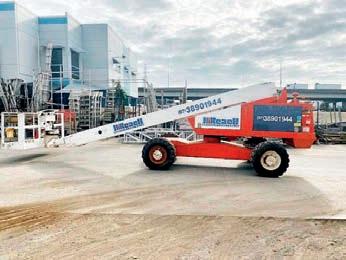


HAULOTTECOMPACT14
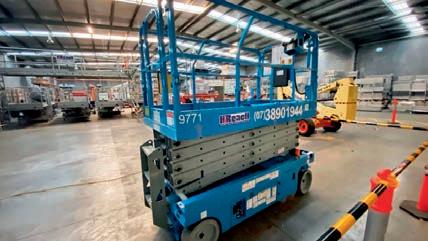





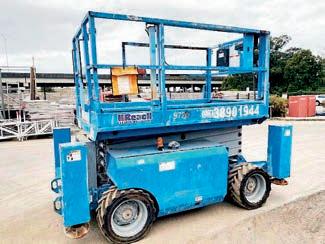
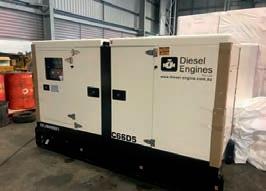






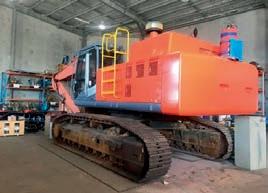

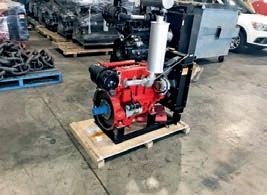



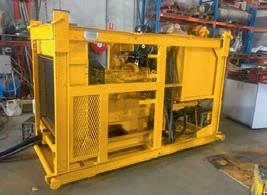









































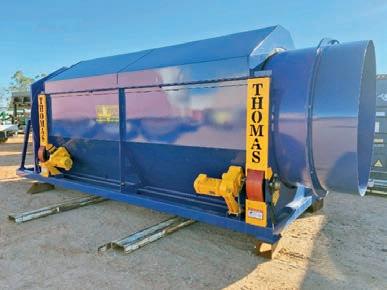

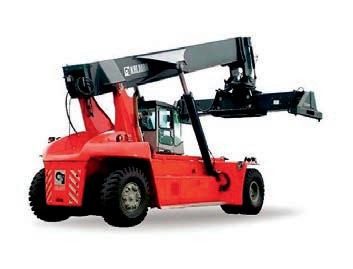



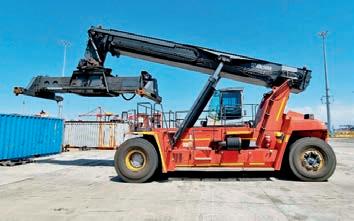







ALLIS-CHALMERS: Model “M”, HD5, HD6B,E, HD7W, HD7G, HDIIB, EP, HD15-16, HD16DC, HD16DP, HD19-21, HD41B


FIAT: 451C, 555, 605, 50CI, 70CI, AT7C, 8B, BD10B, FD10E, BD20
HANOMAG/MASSEY: 2244, 200, 300, 3366, 400, 500, L400C, L600C, D600D Super, D700C JOHN DEERE : 1010C, 850
ALLIS-CHALMERS: TL12D, TL14, TL20, 545, 605B, 645, 745B,C

FIAT: FR20B LD3, LD5, LD7 & LD9 Scoopmobile HANOMAG/MASSEY 22,33C,44, 55, CL55C,66C-D, 77






ALLIS-CHALMERS: D, DD, M65, 65B, AD30-40, 45, 145, M100A, B, FG95

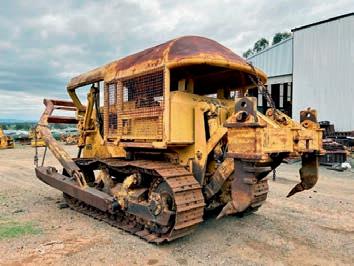
DRMCO/CHAMPION 562, 600, 720, 740 JOHN DEERE 570,

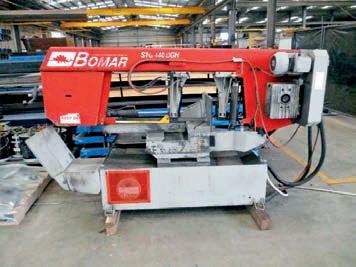


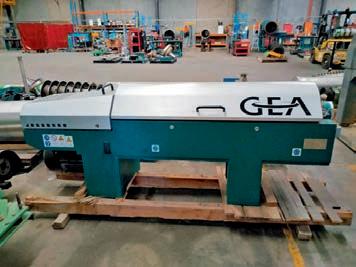
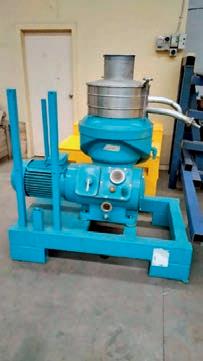

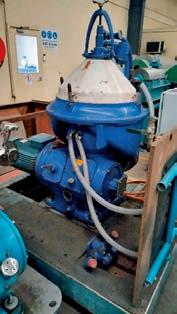





























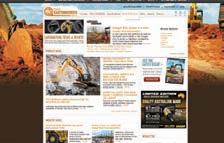



















888 Crushing & Screening Equipment Pty Ltd (WA) 11
Active Machinery (VIC) 62
Andersen Gearbox and Diff (QLD) 61
Atlas Weighing (NSW) 103
Bettabuilt Buckets Pty Ltd (NSW) 81
Brisbane Mini Excavators (QLD) 42
Brooks Equipment Sales Pty Ltd (WA) 75
C/O Freshlime (VIC) 13
Case Construction (NSW) 5

Eyre & Smith Rebuild Welding and Tracks (NSW) 89
Fin Engineering Pty Ltd (QLD) 102
Ground Tec (NSW) 87
Hastings Deering (QLD) 80
Heavy Equipment Australia (NSW) 84
Hydraulic Steels (QLD) 27

ITR Pacific Pty Ltd (QLD) 163
Porter Equipment Australia Pty Ltd (QLD). 9, 19, 78
Precision Screen Pty Ltd (QLD) 164



Private Advertising Coupon 161
Rapid Rams (VIC) 57
Screenmasters Australia P/L (NSW) 96
Southern Equipment Sales and Rental (NSW) 97
Terex Trucks (NSW) 15
Tilly’s Crawler Parts Pty Ltd (QLD) 52
Toyota Materials Handling Australia (NSW) 17
Tricon Mining Equipment Pty Ltd (NSW)



